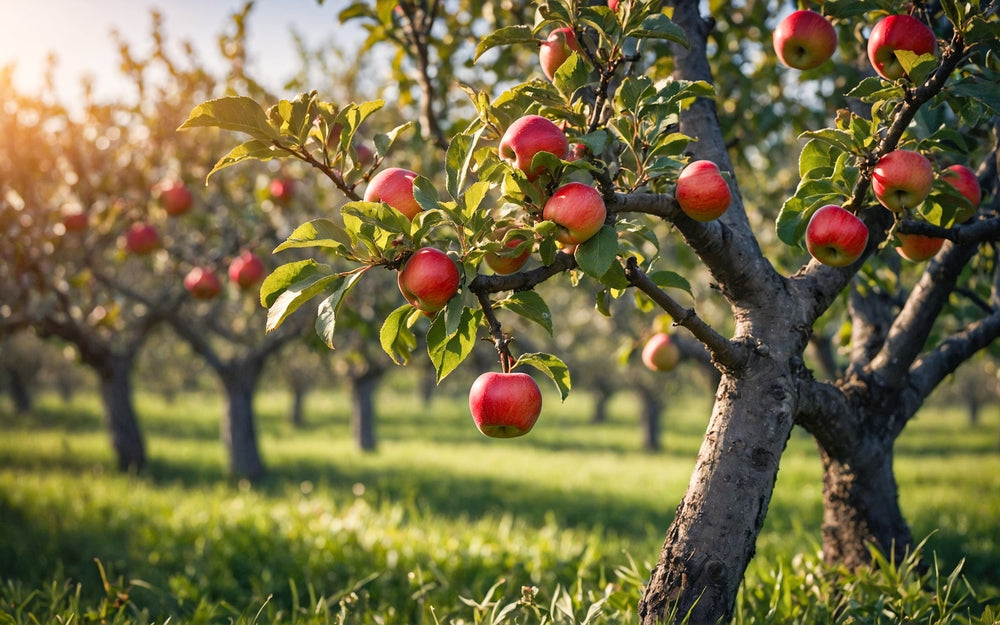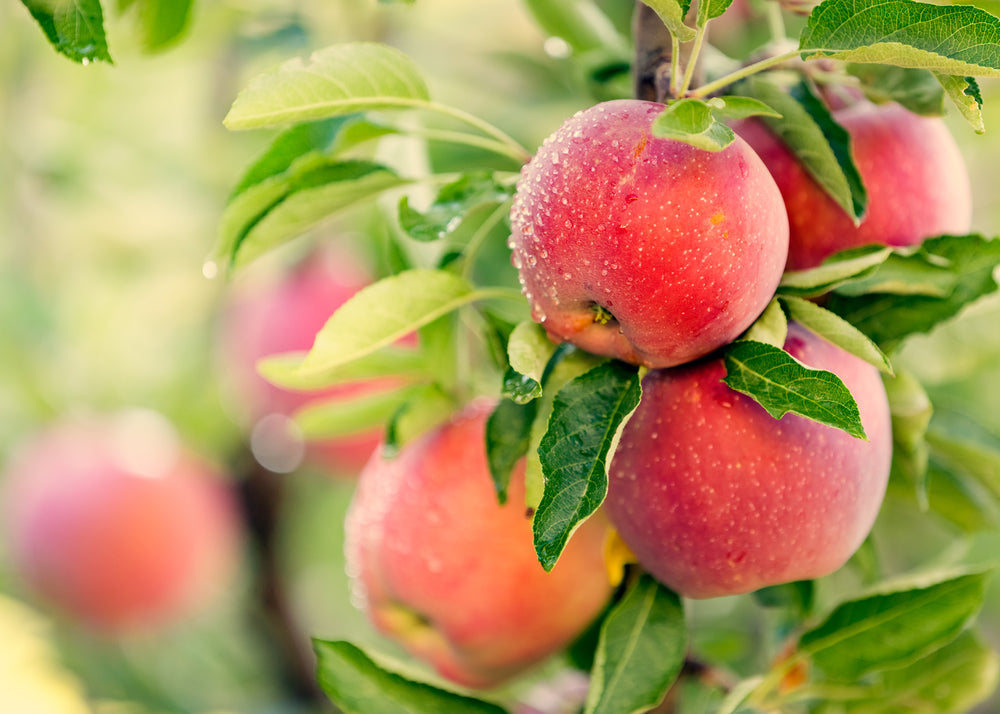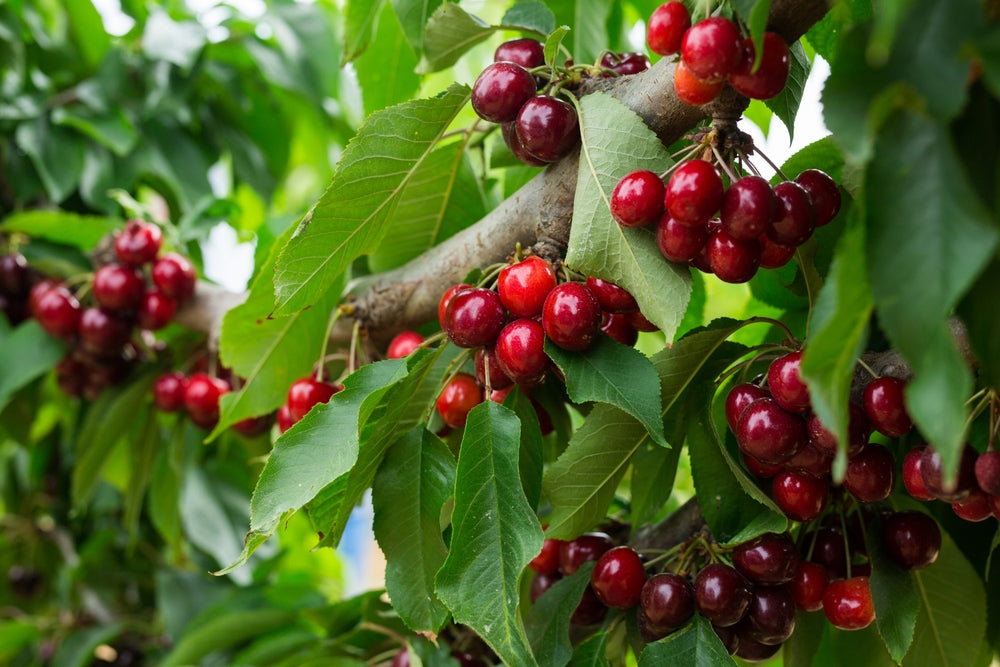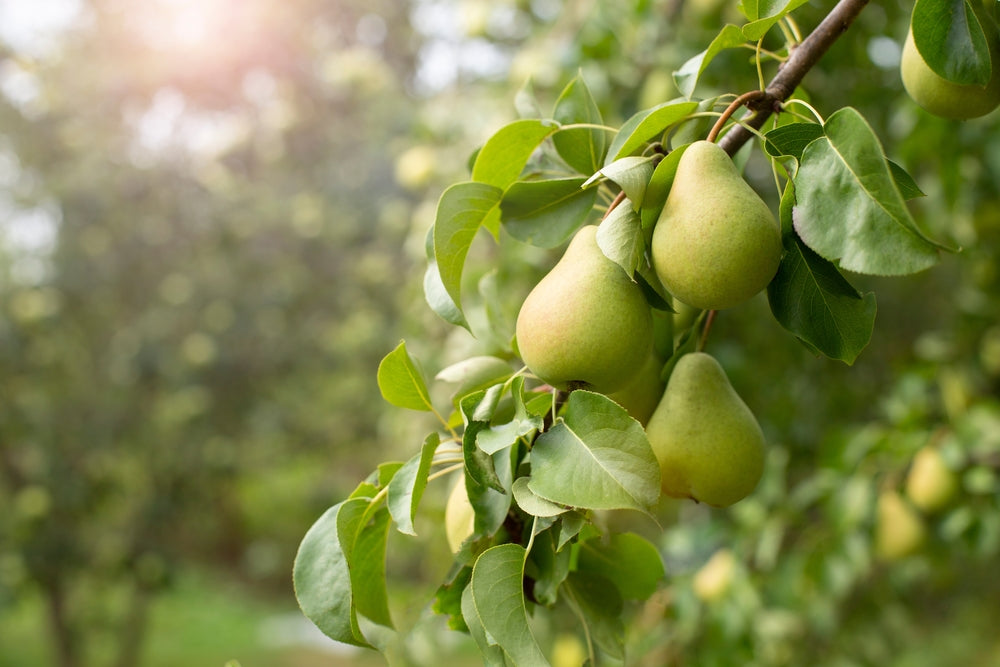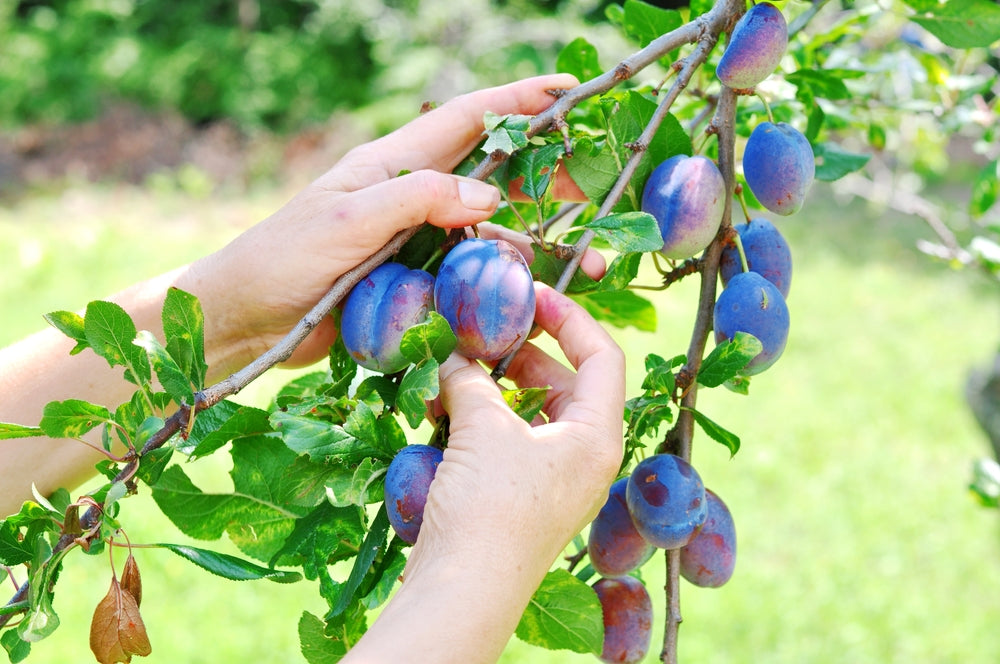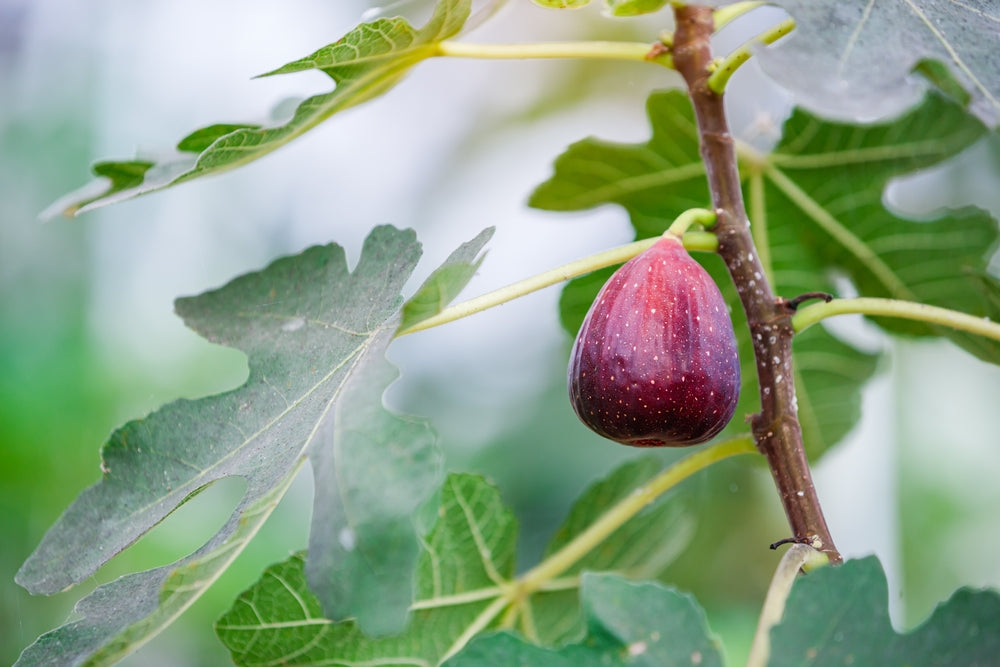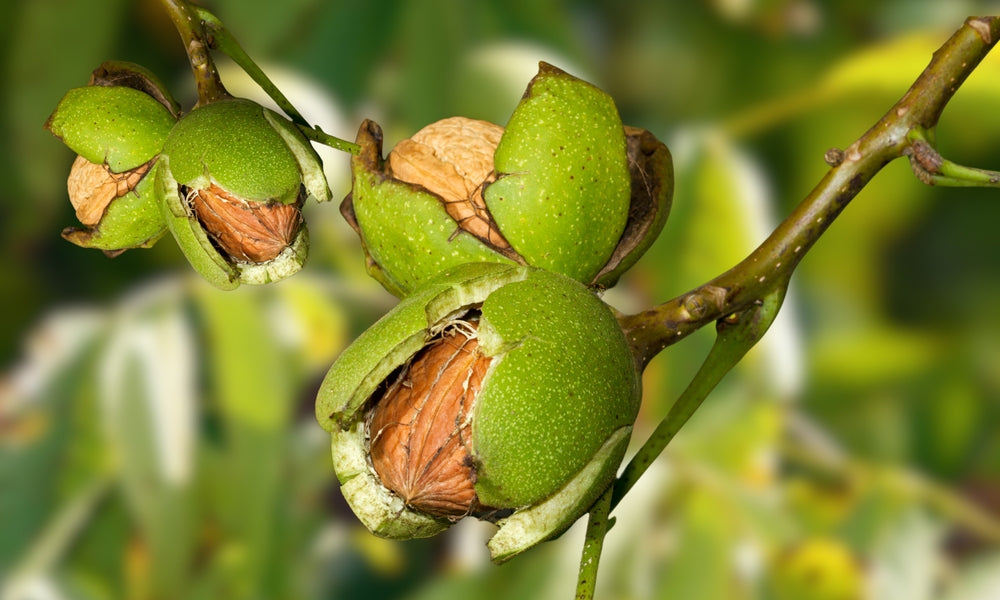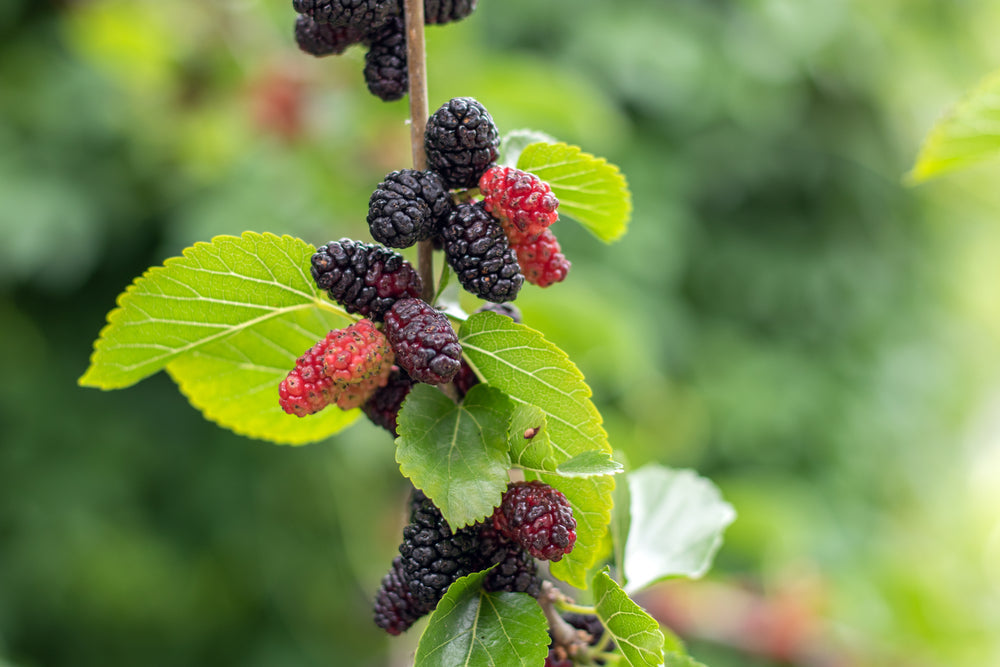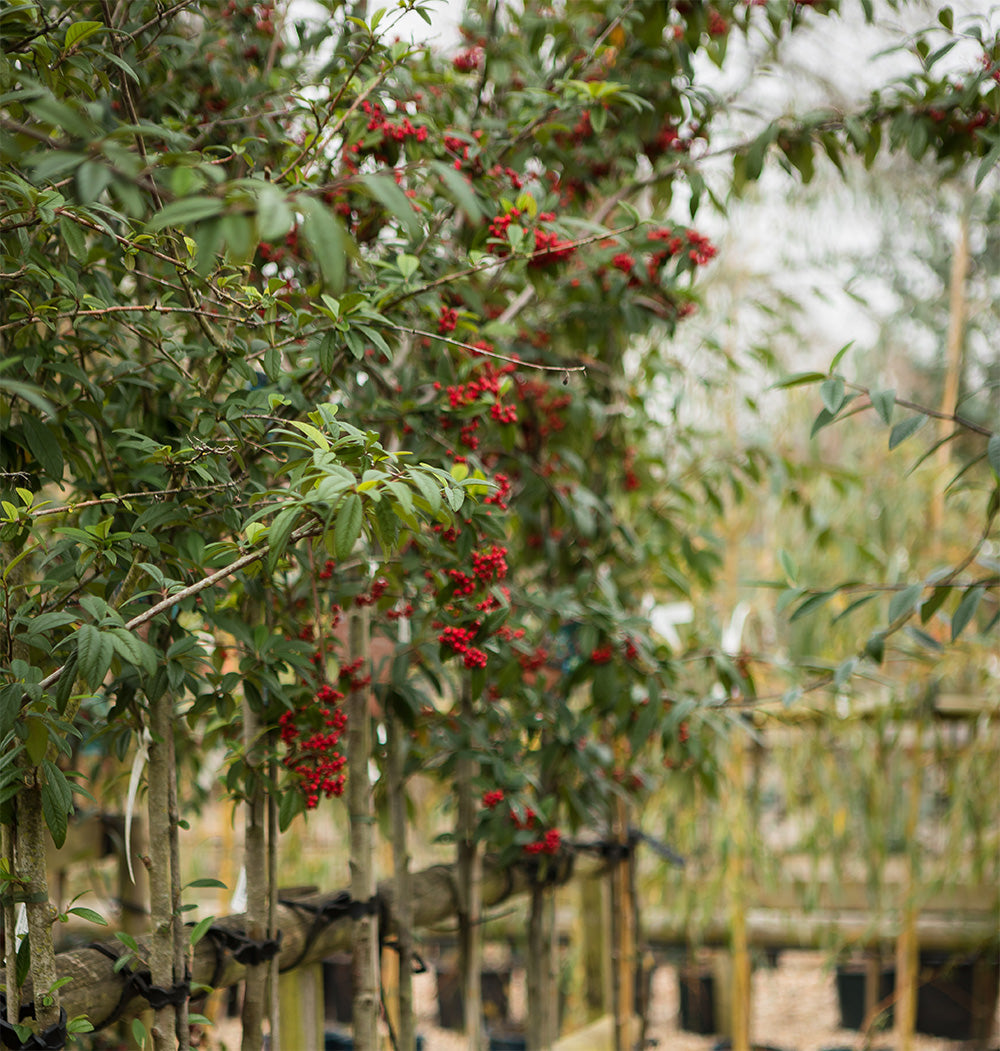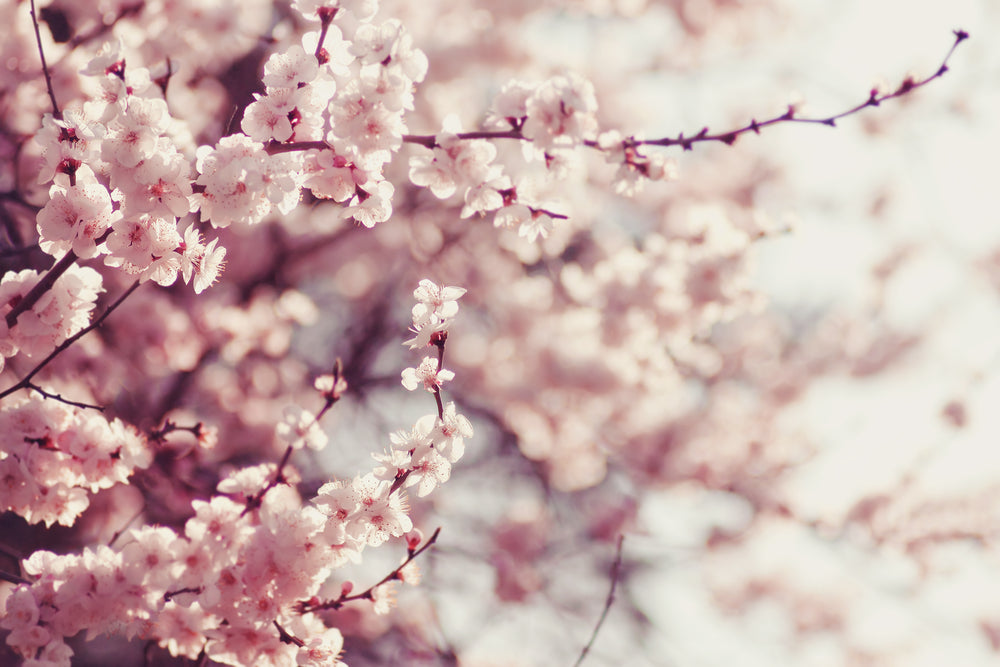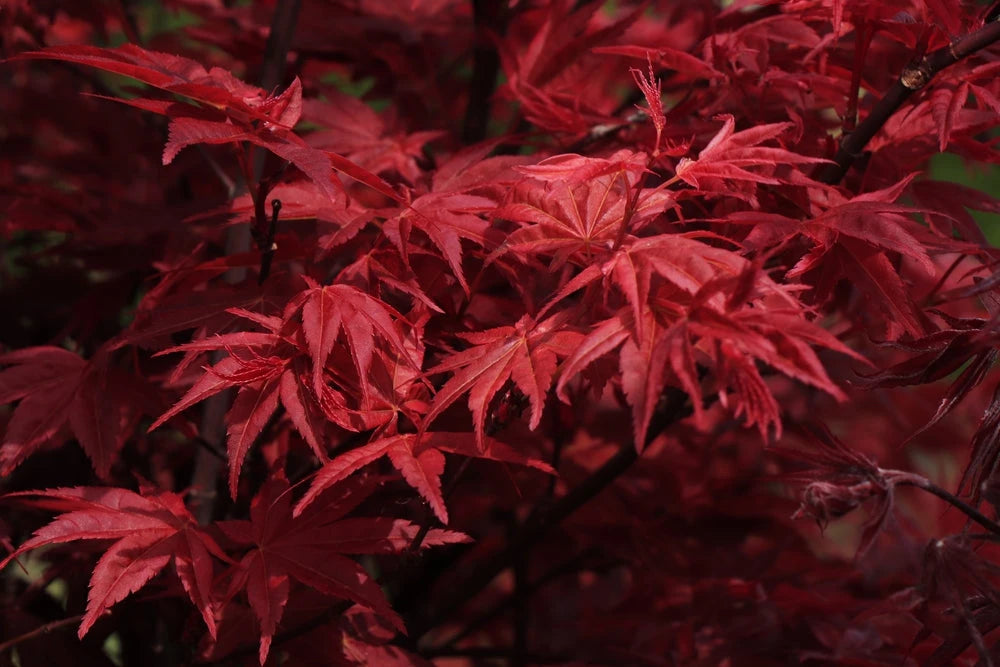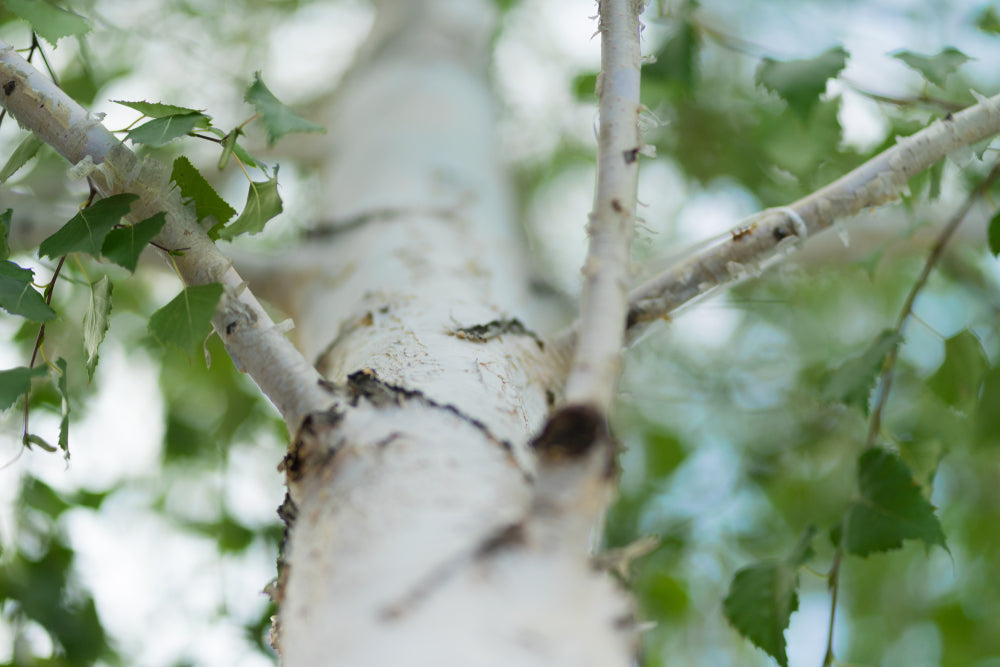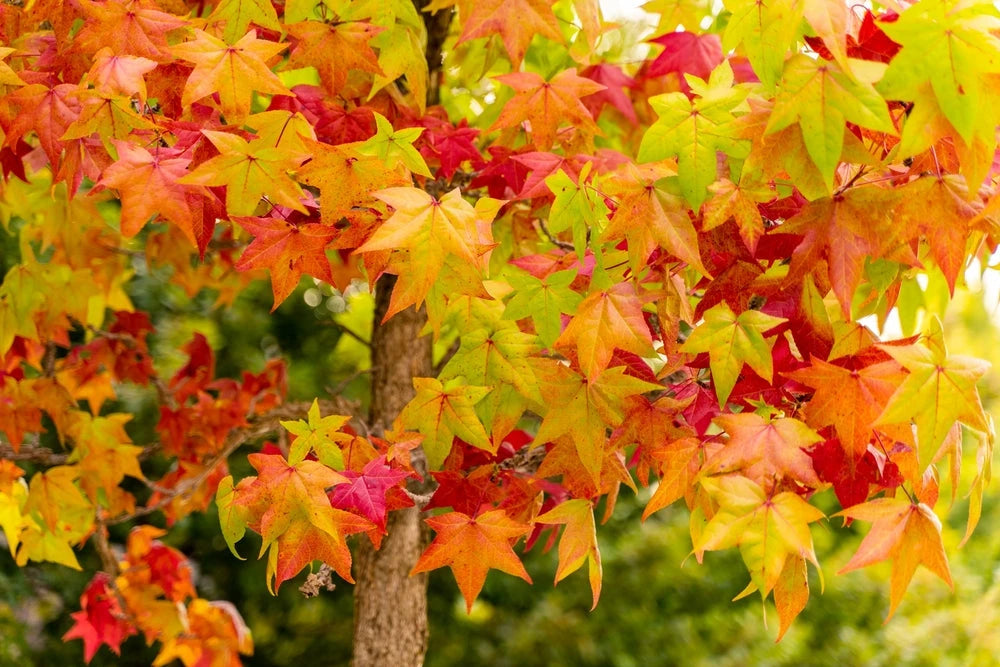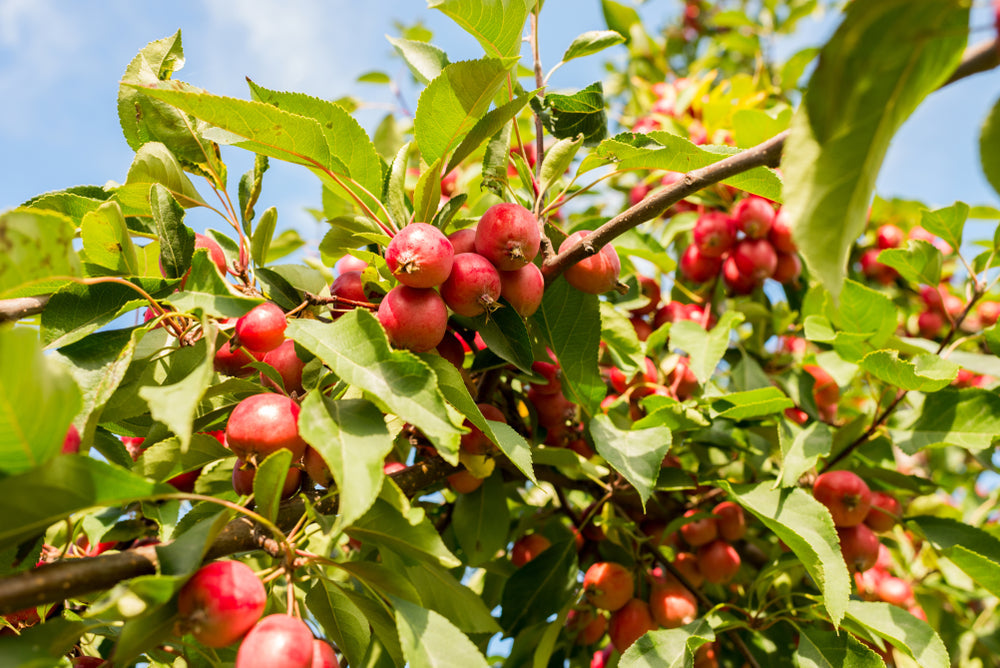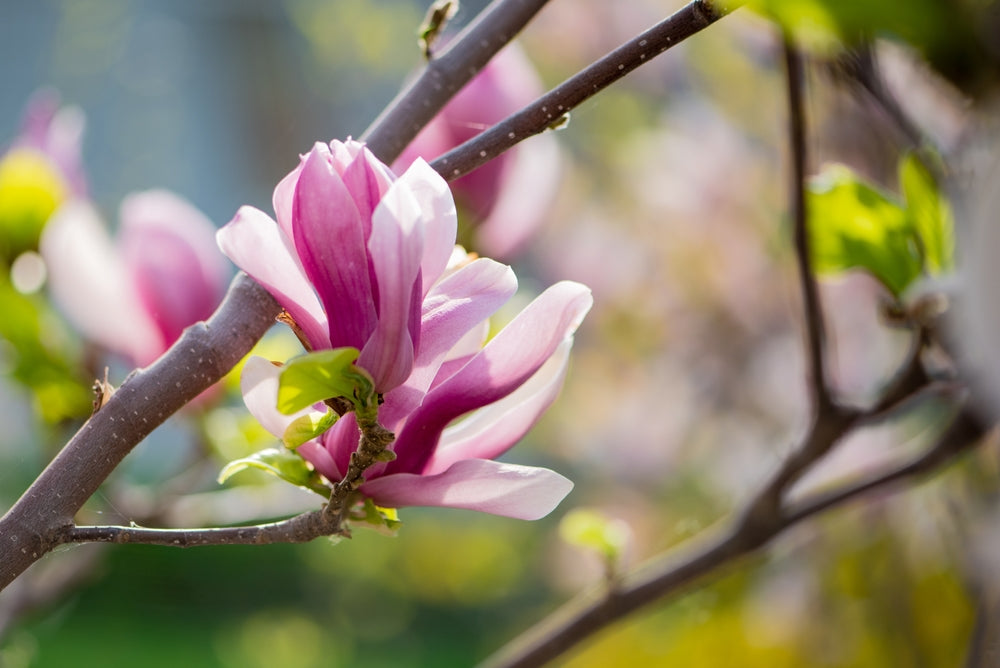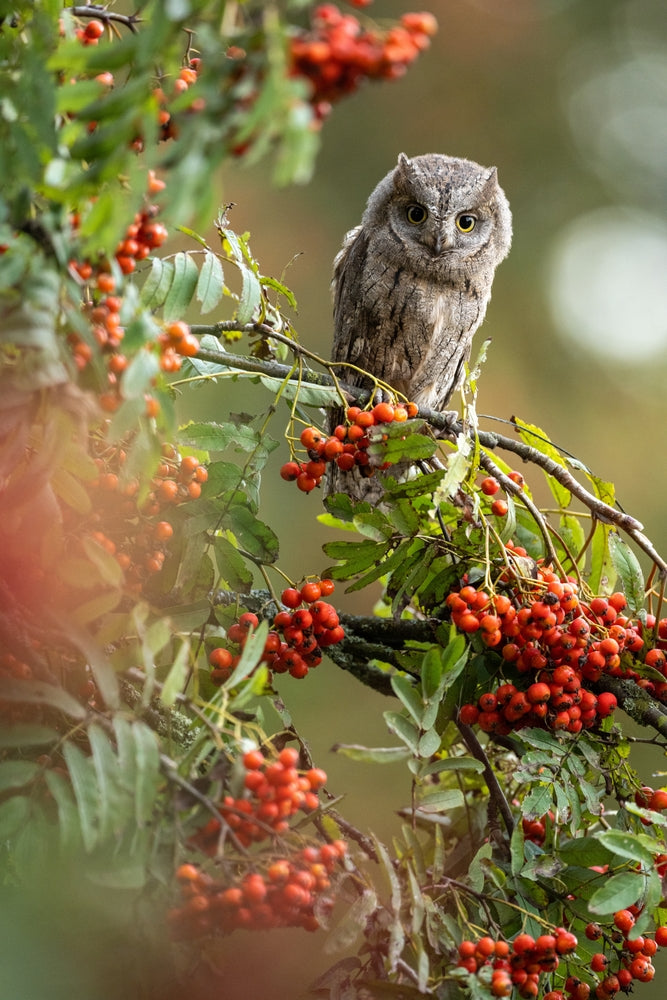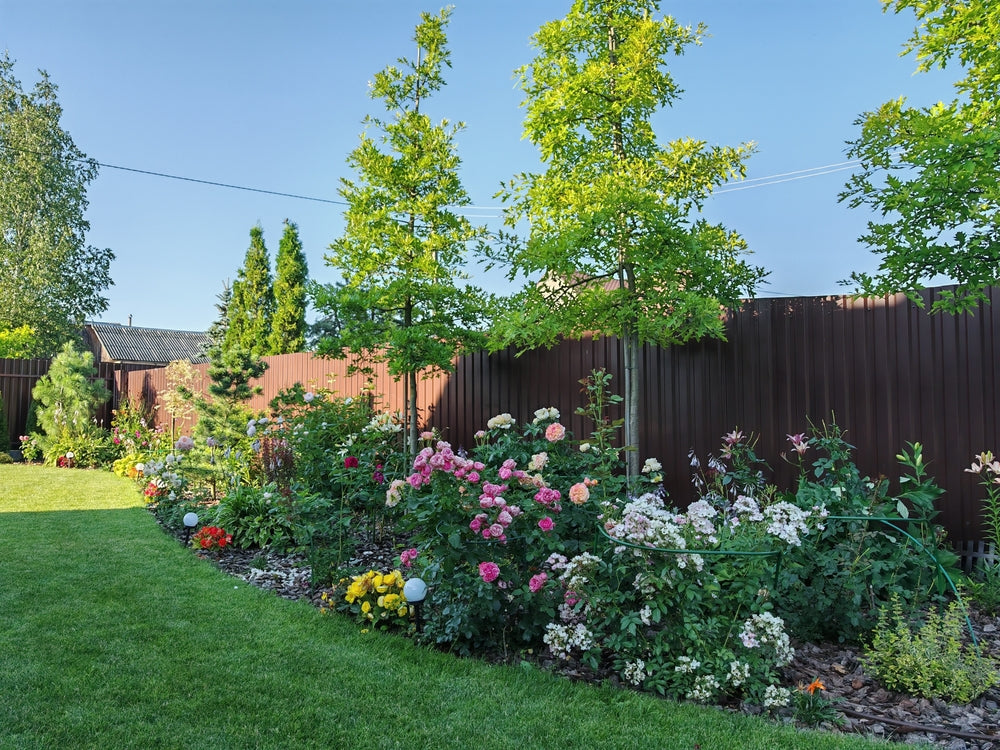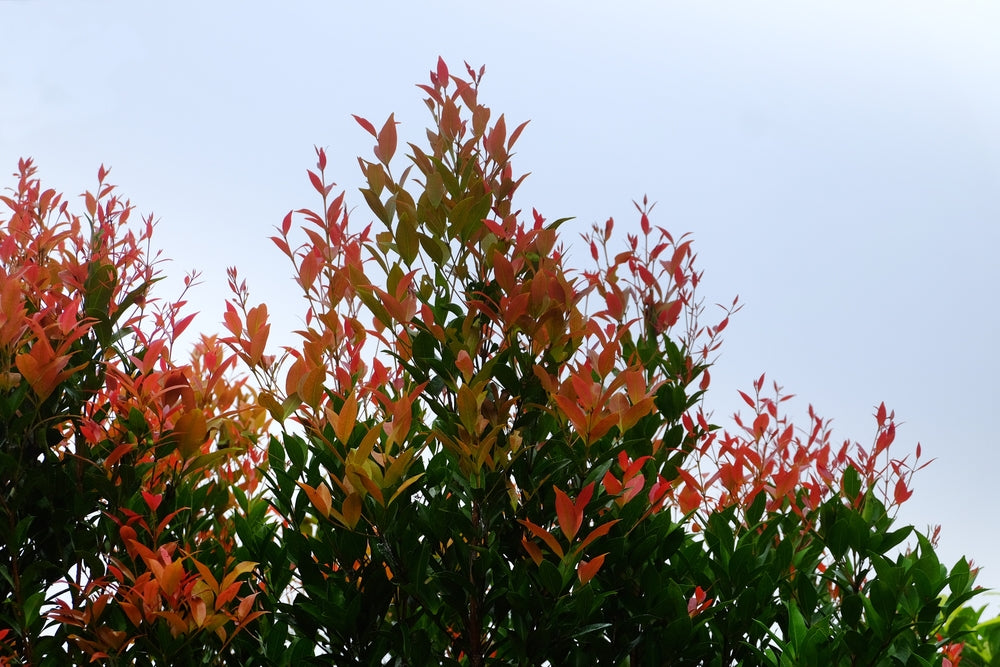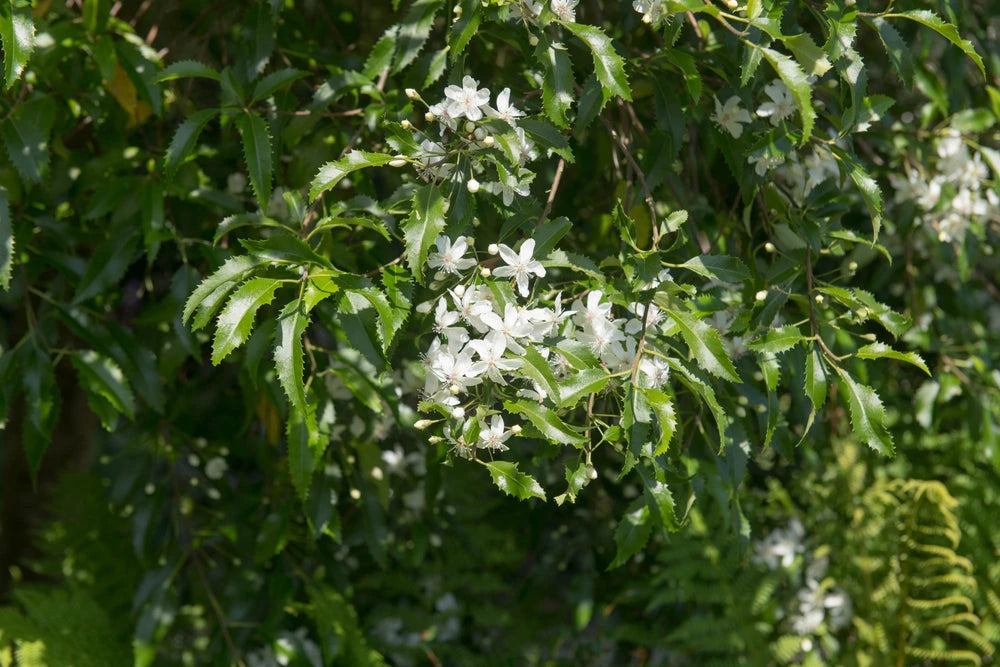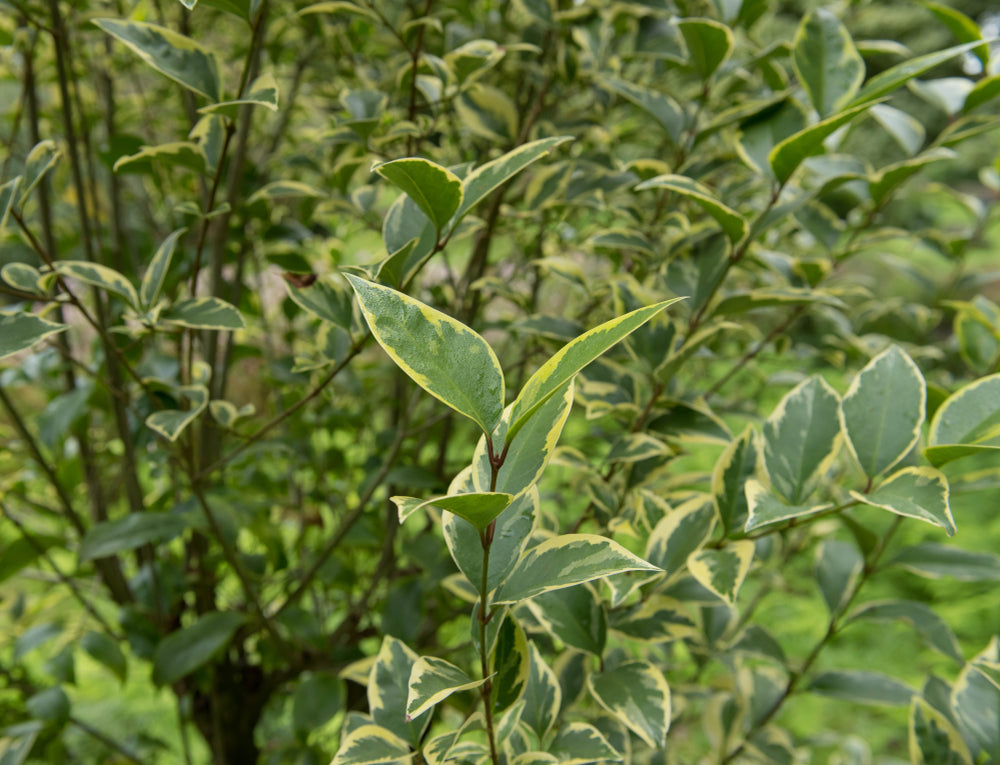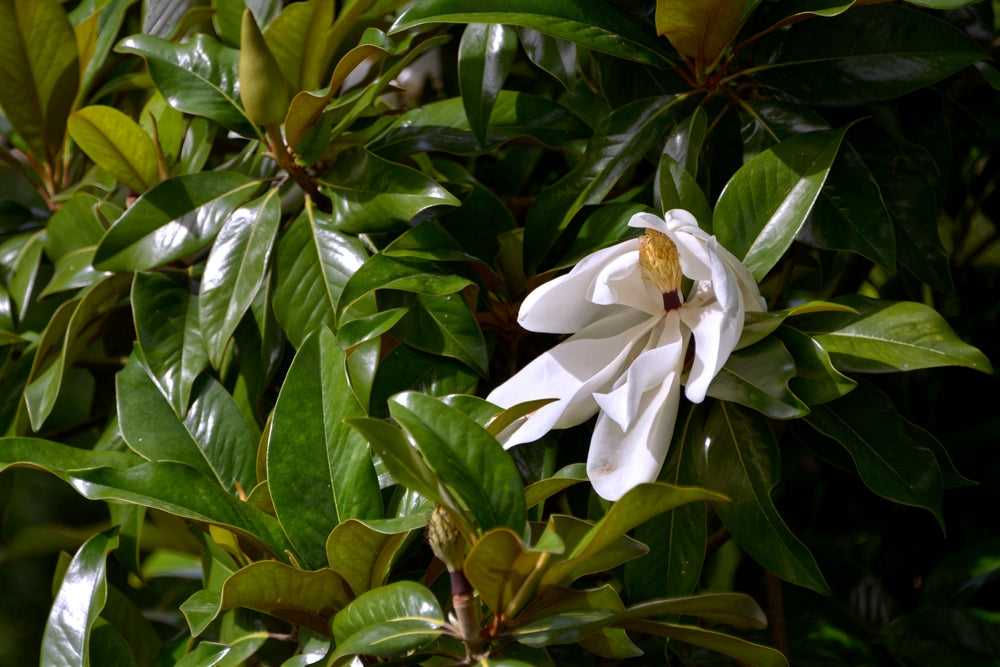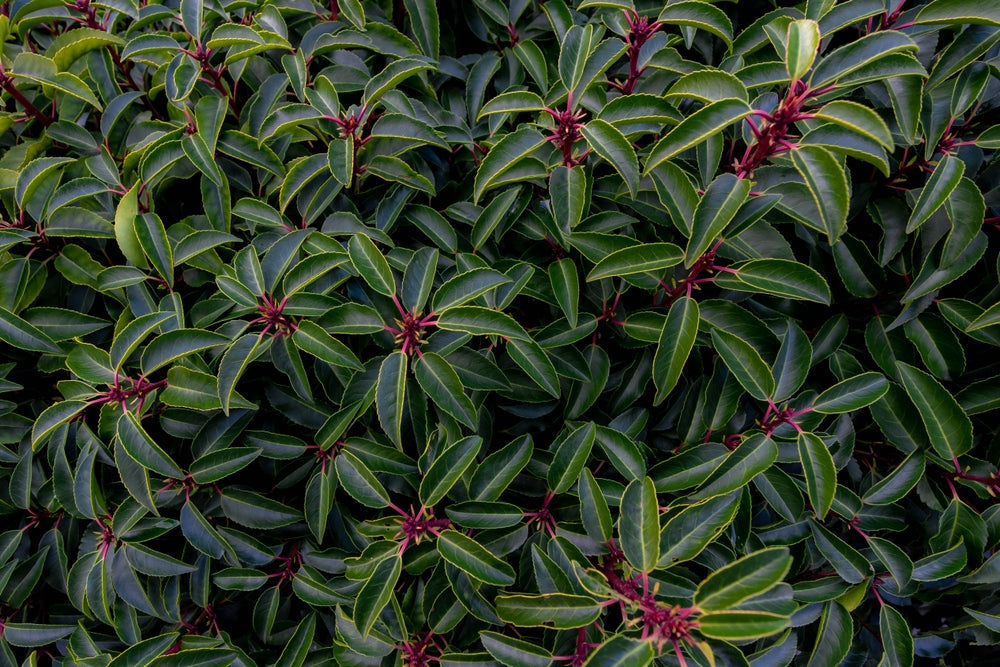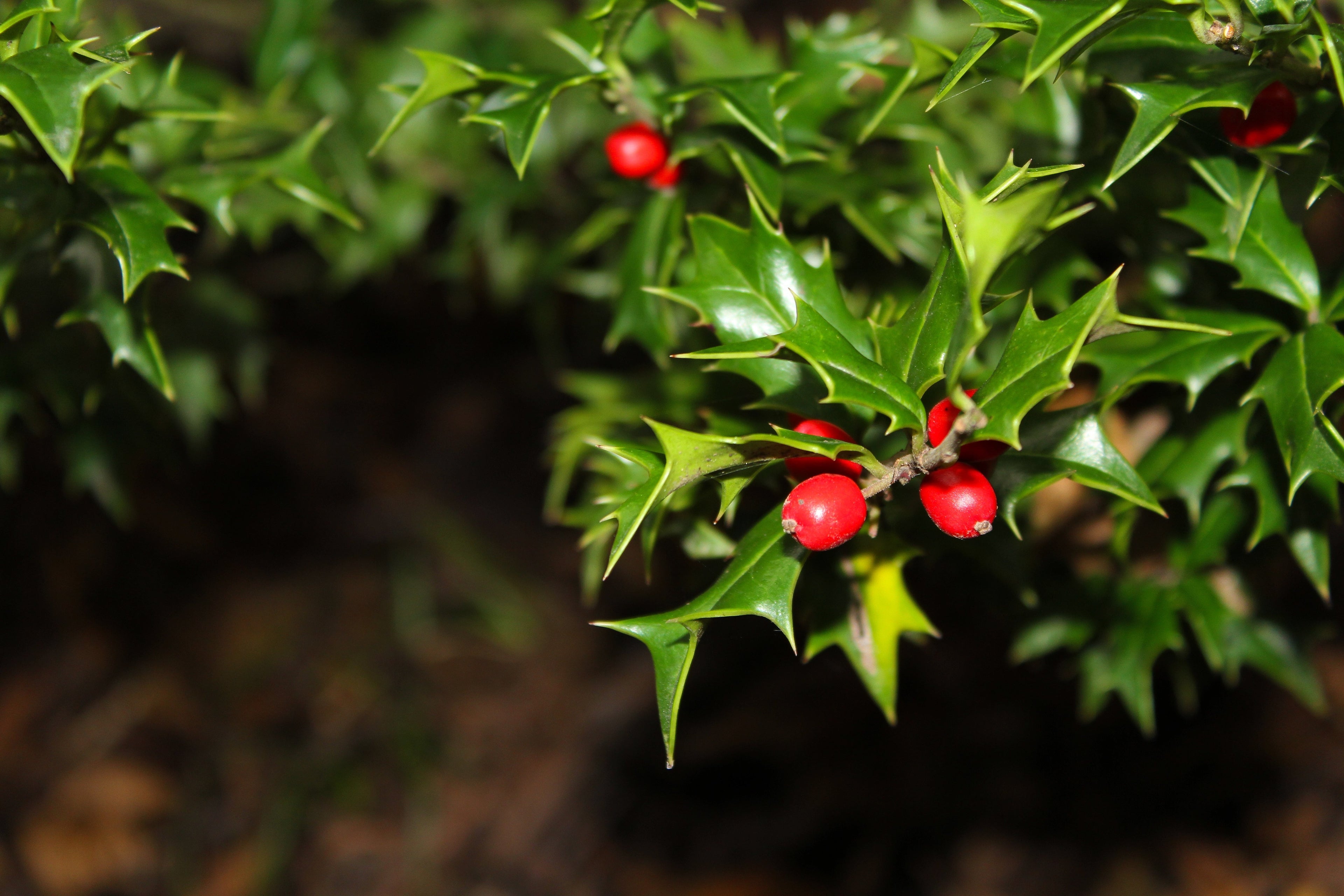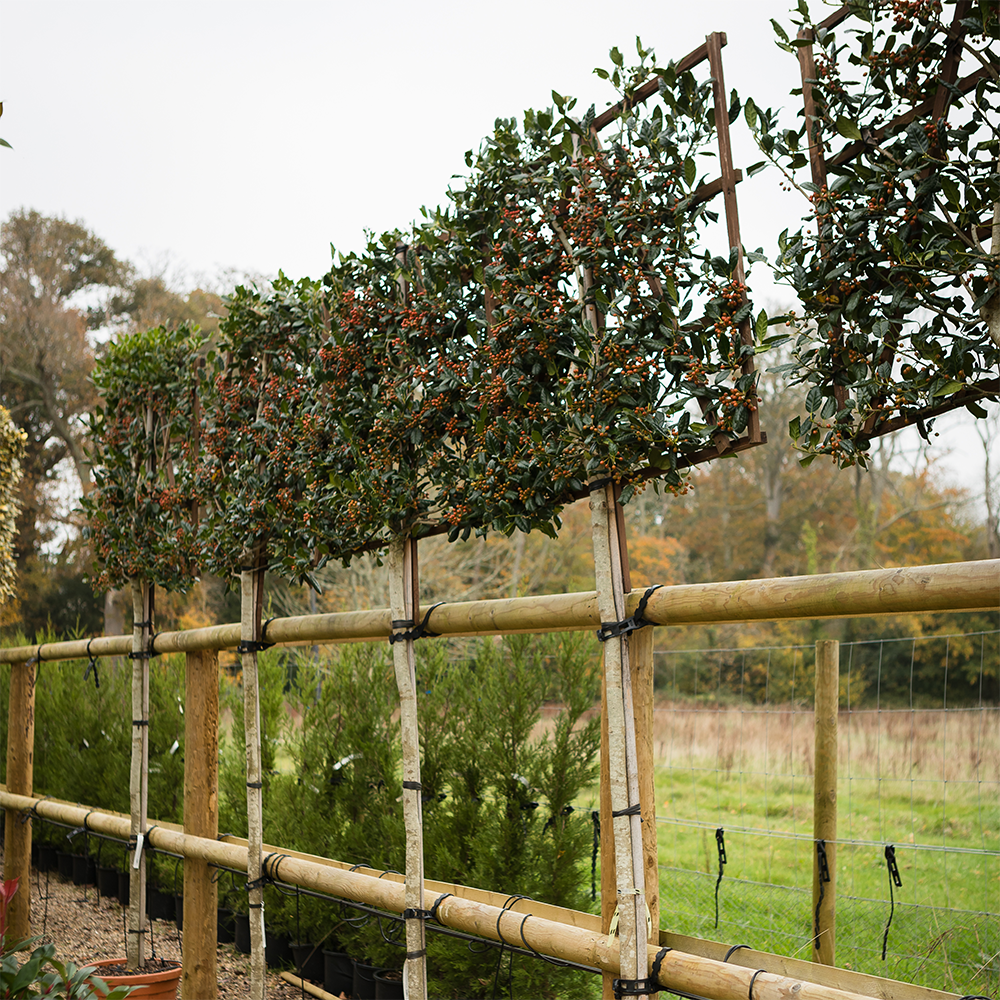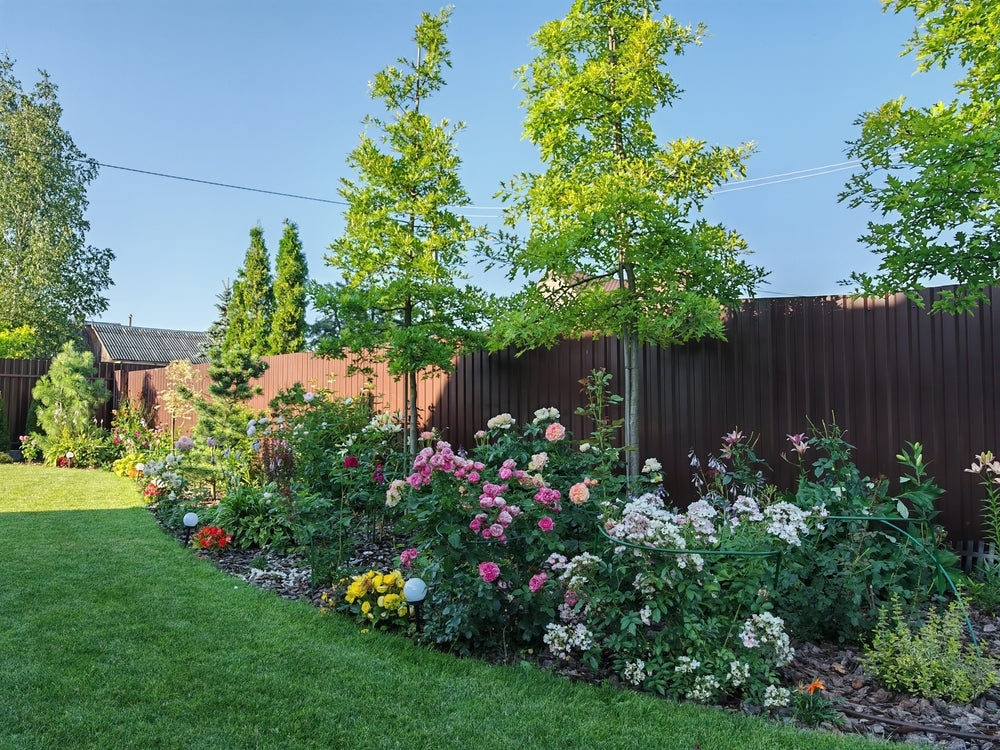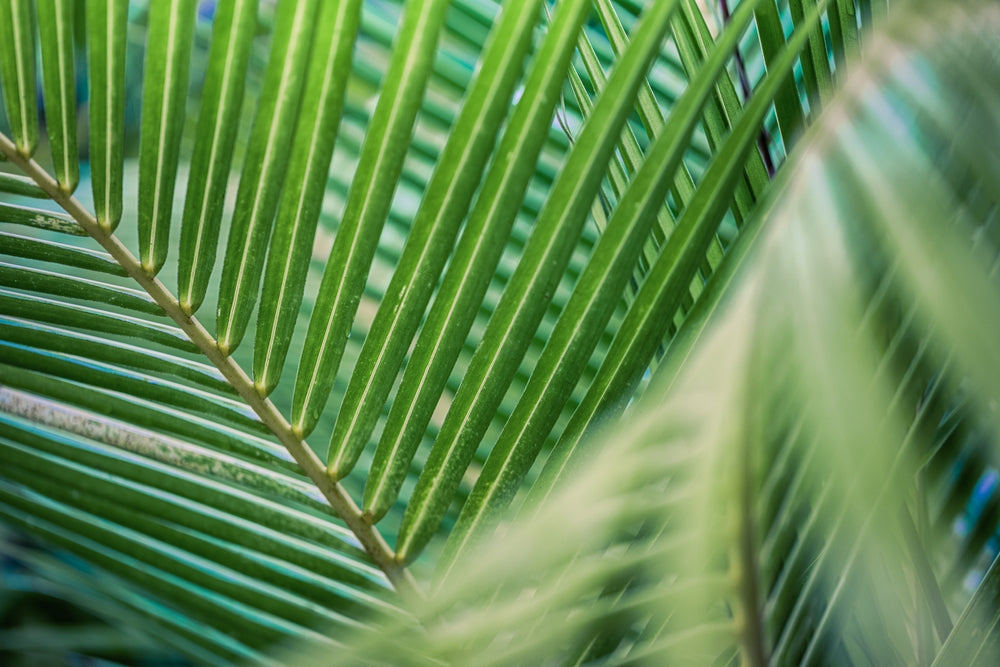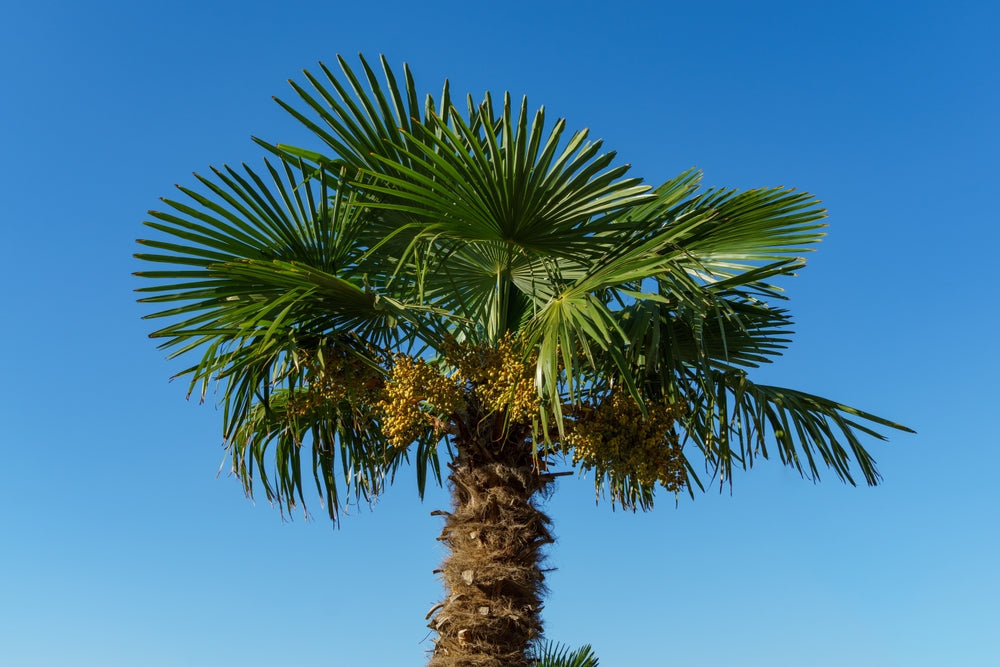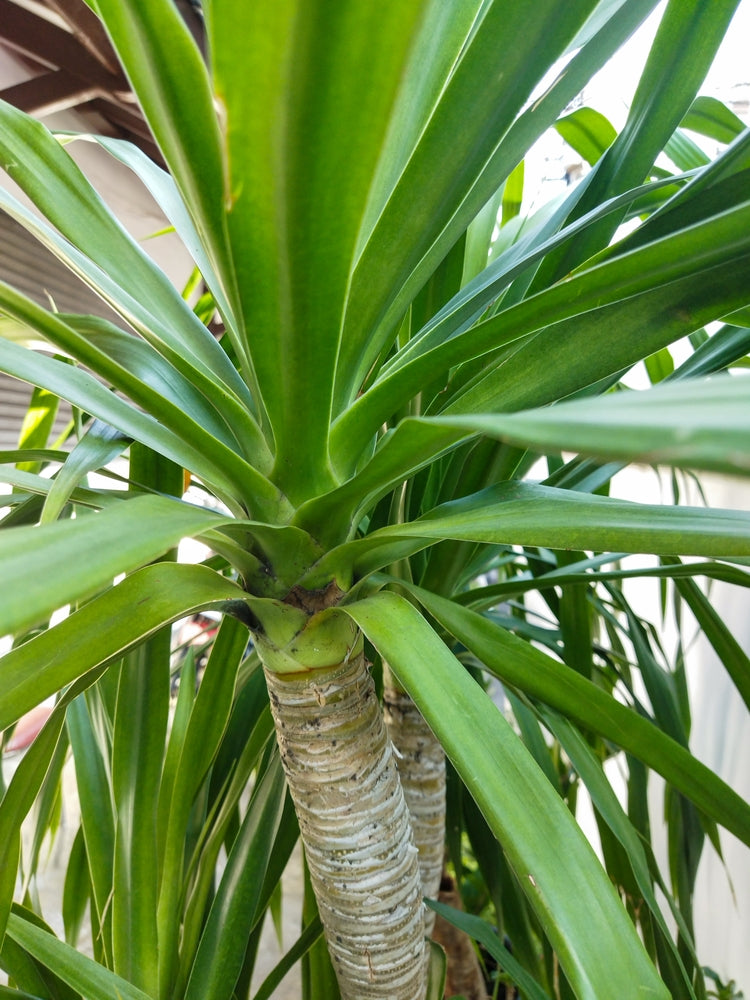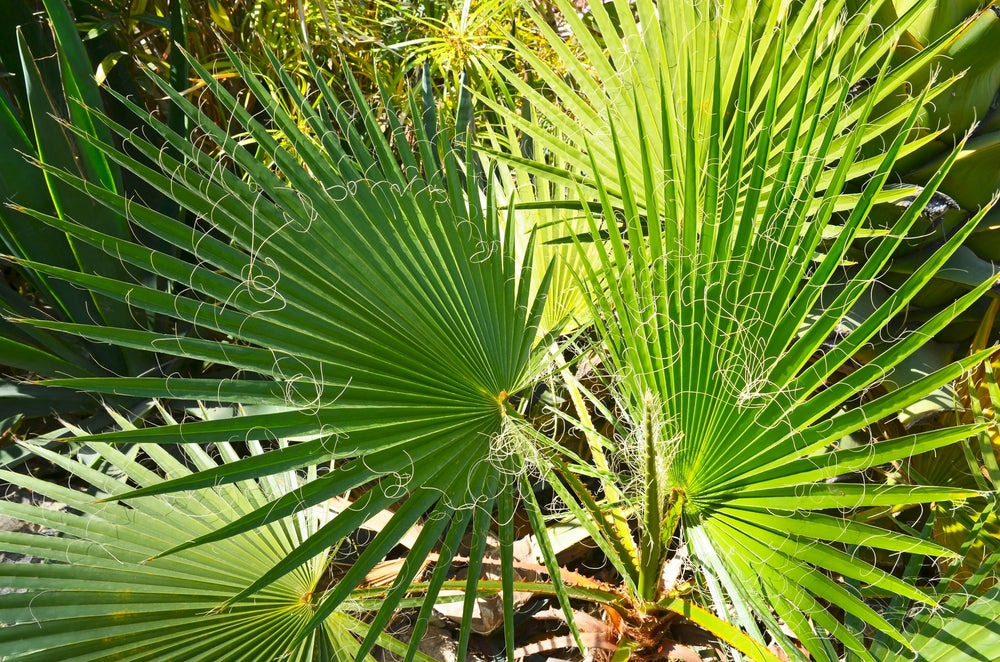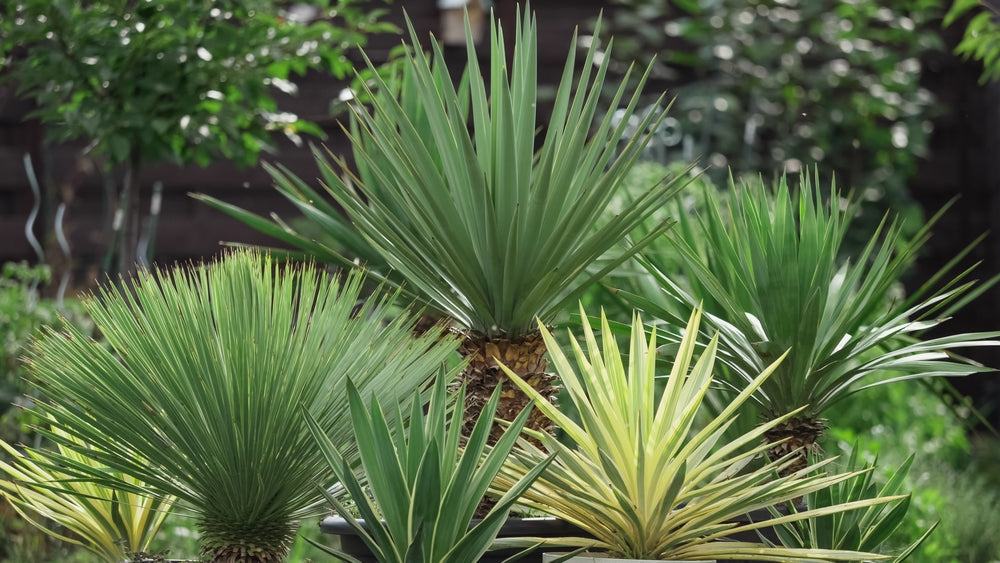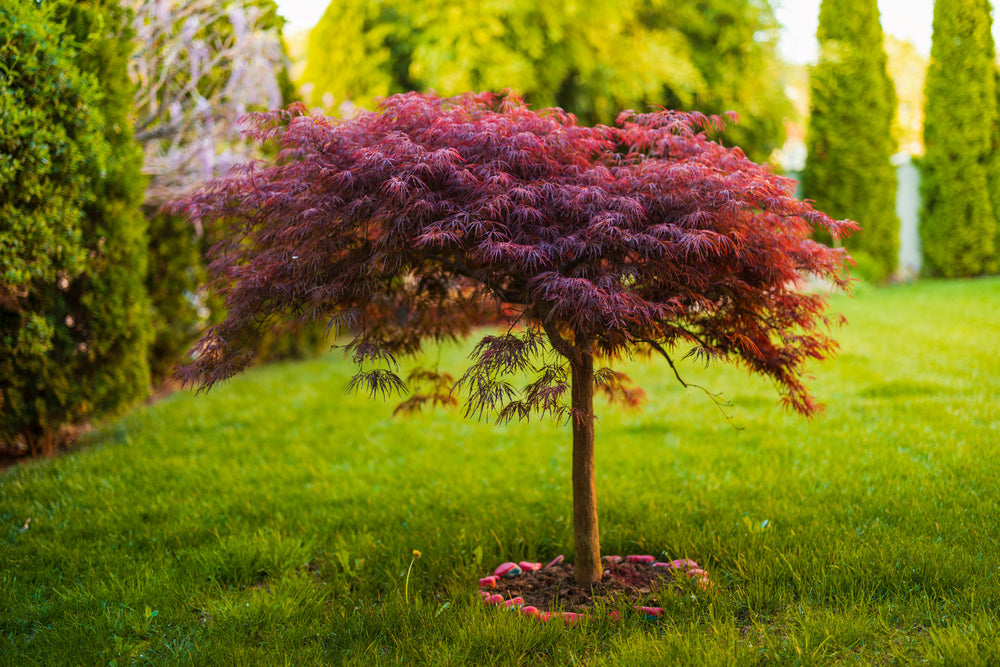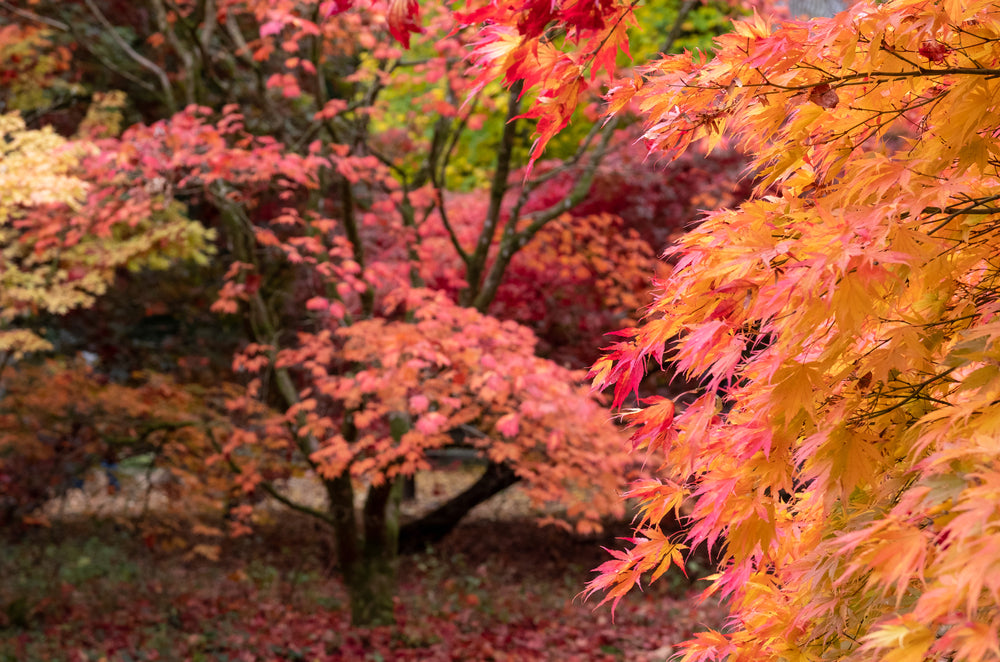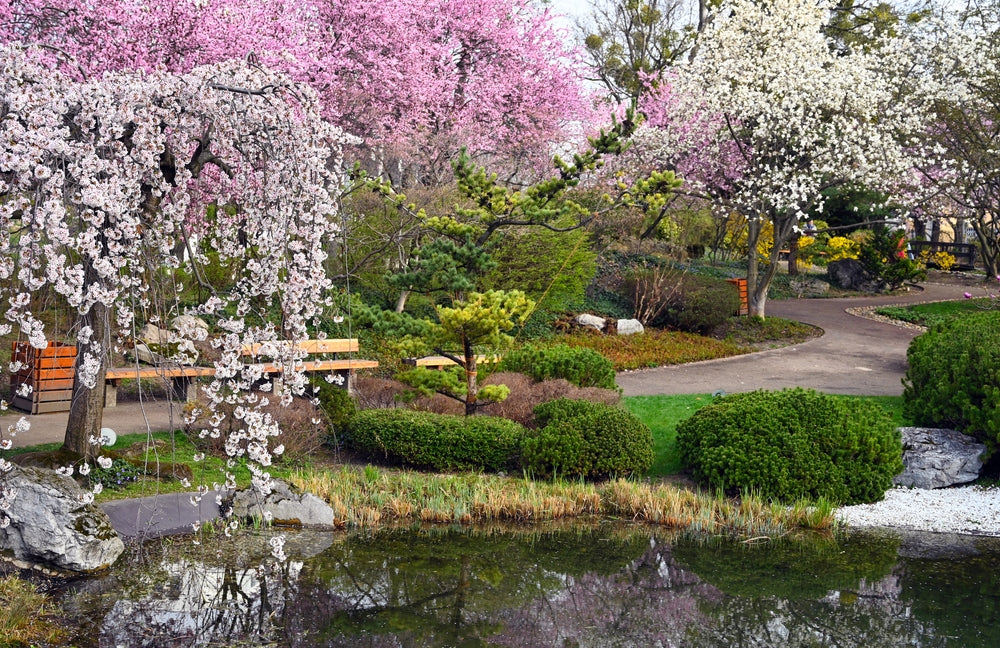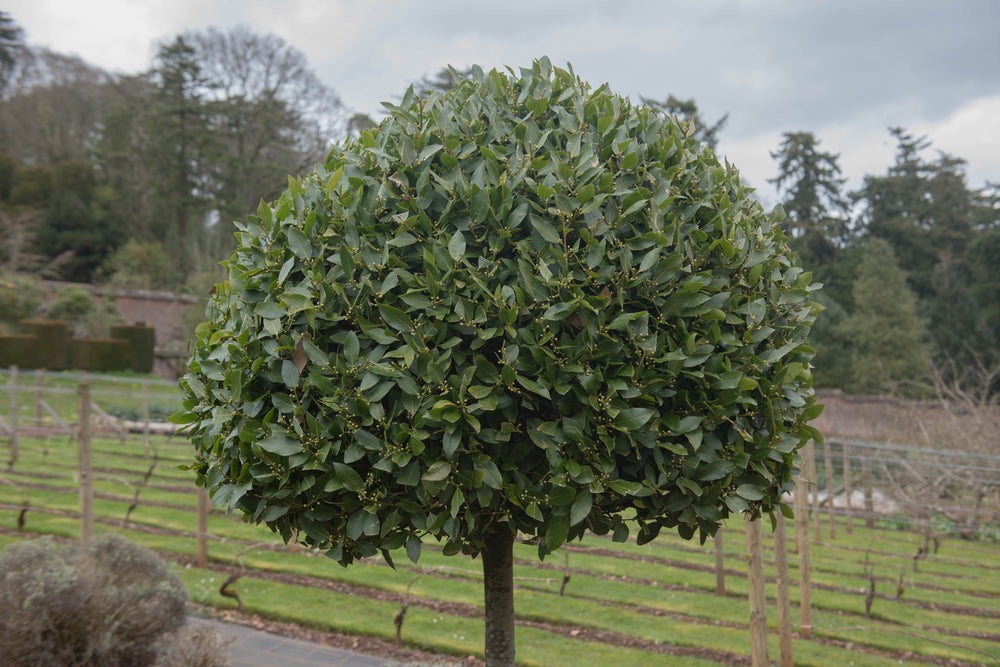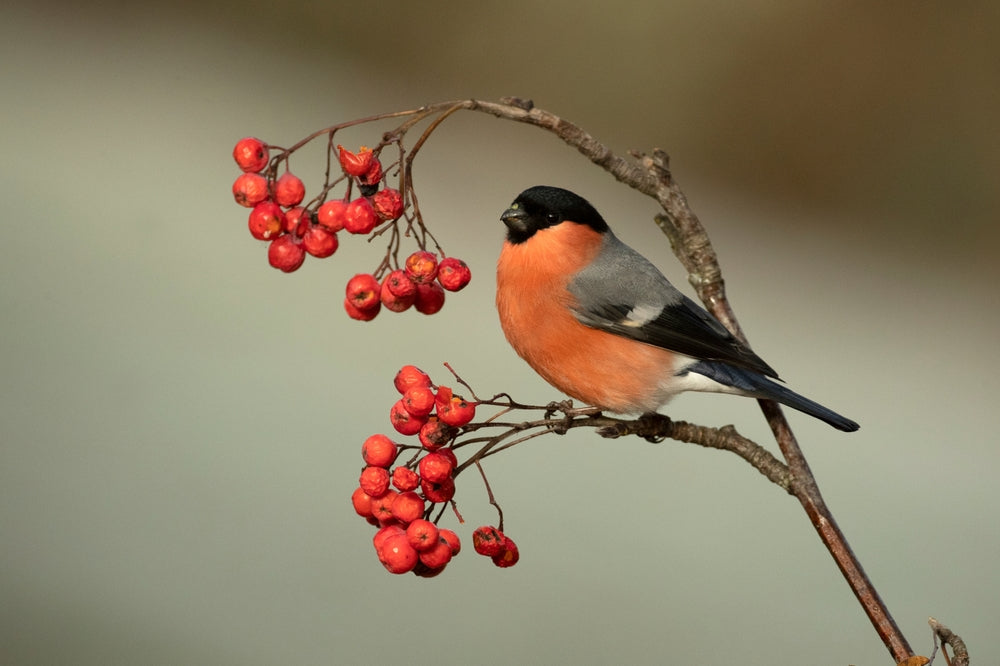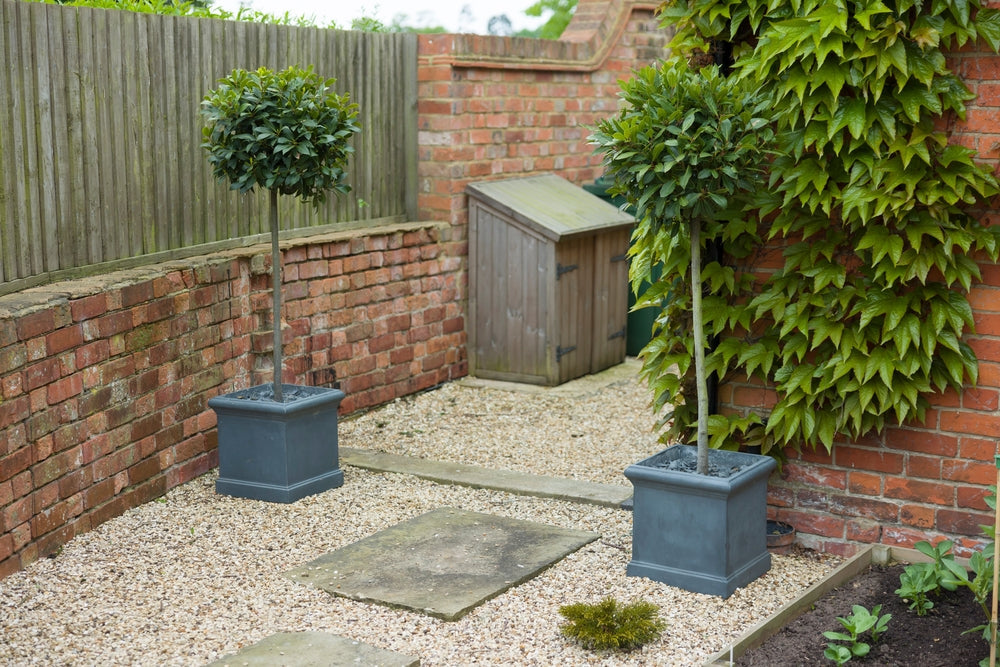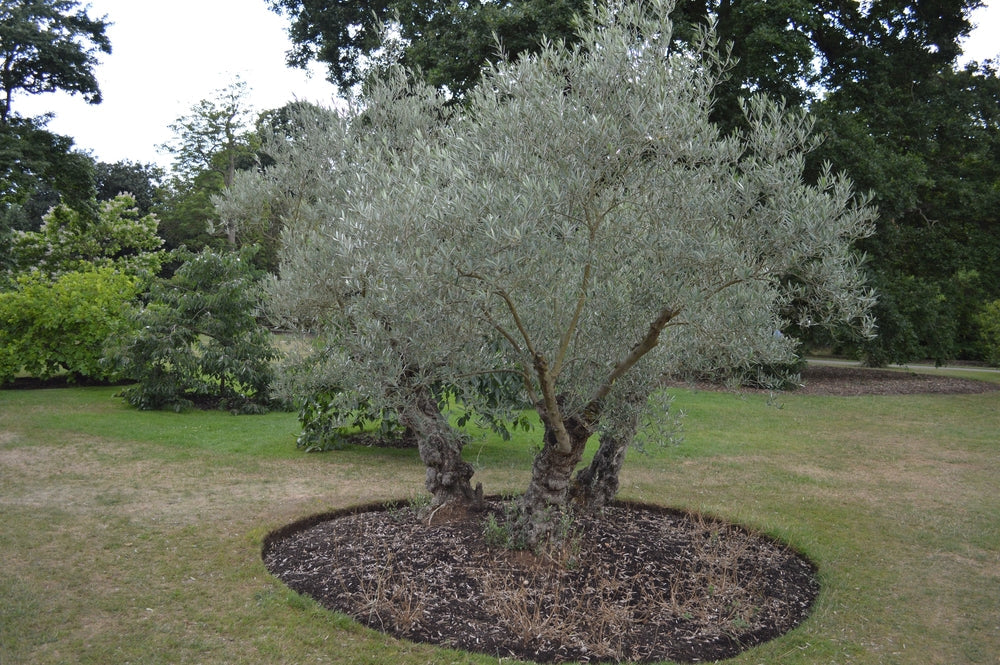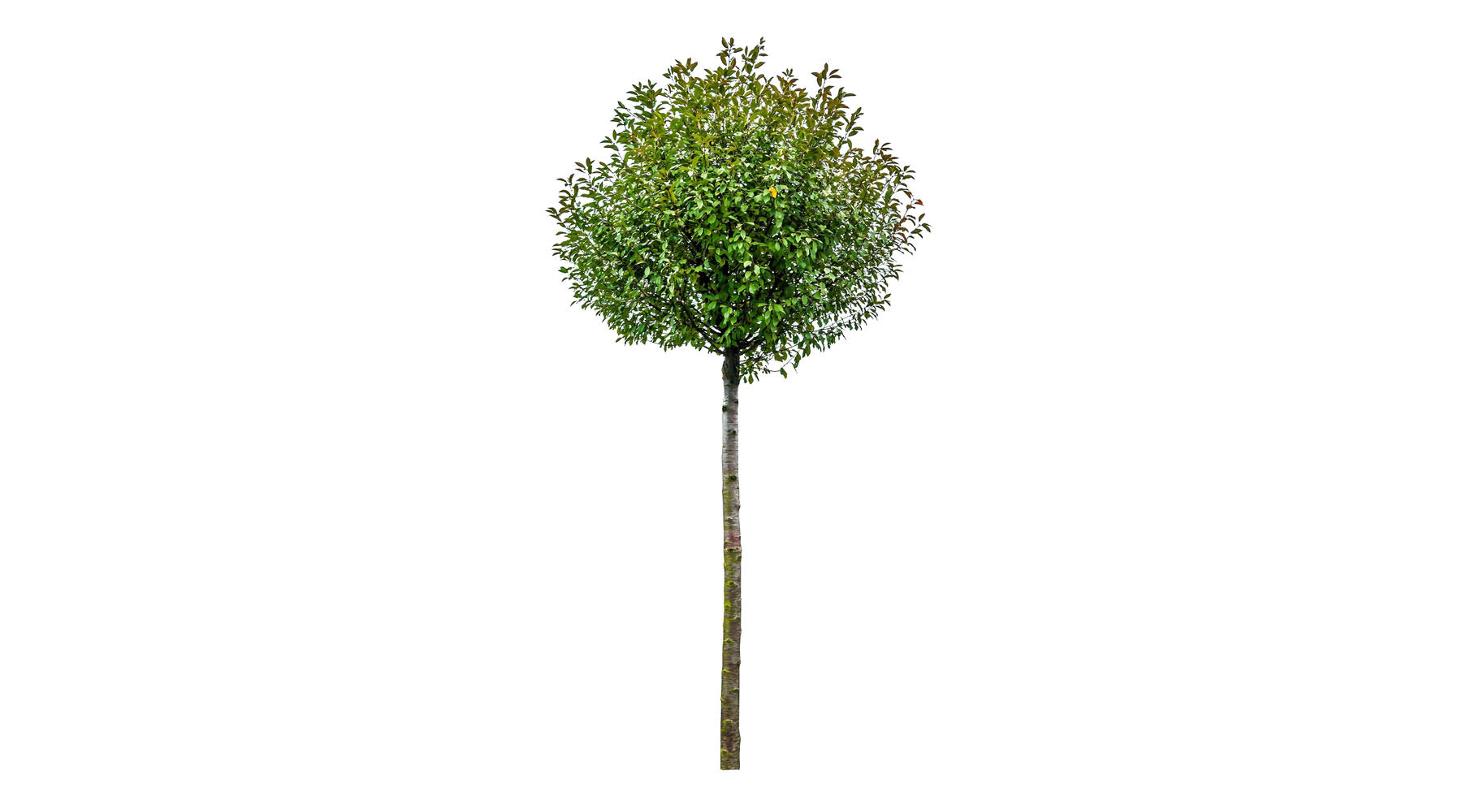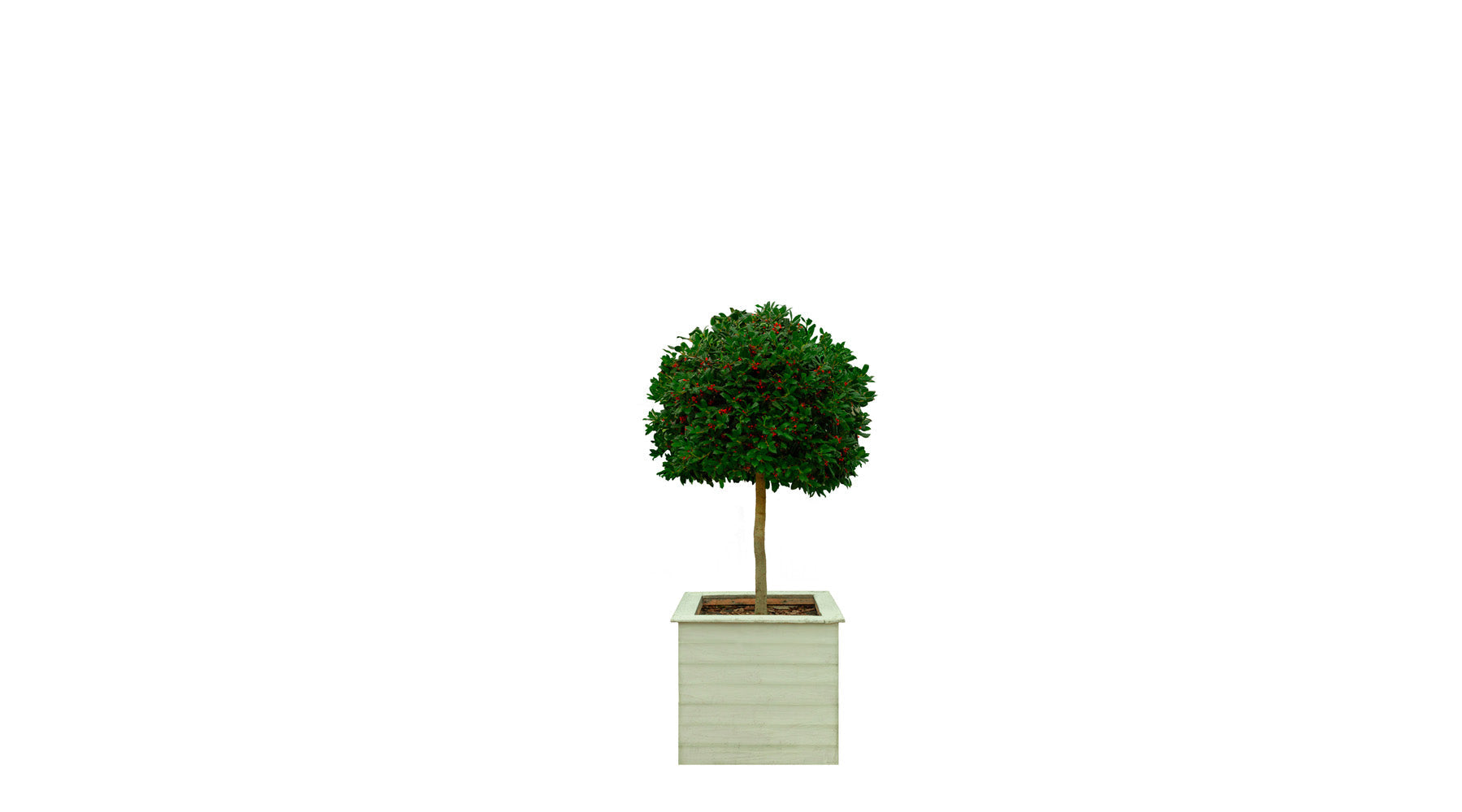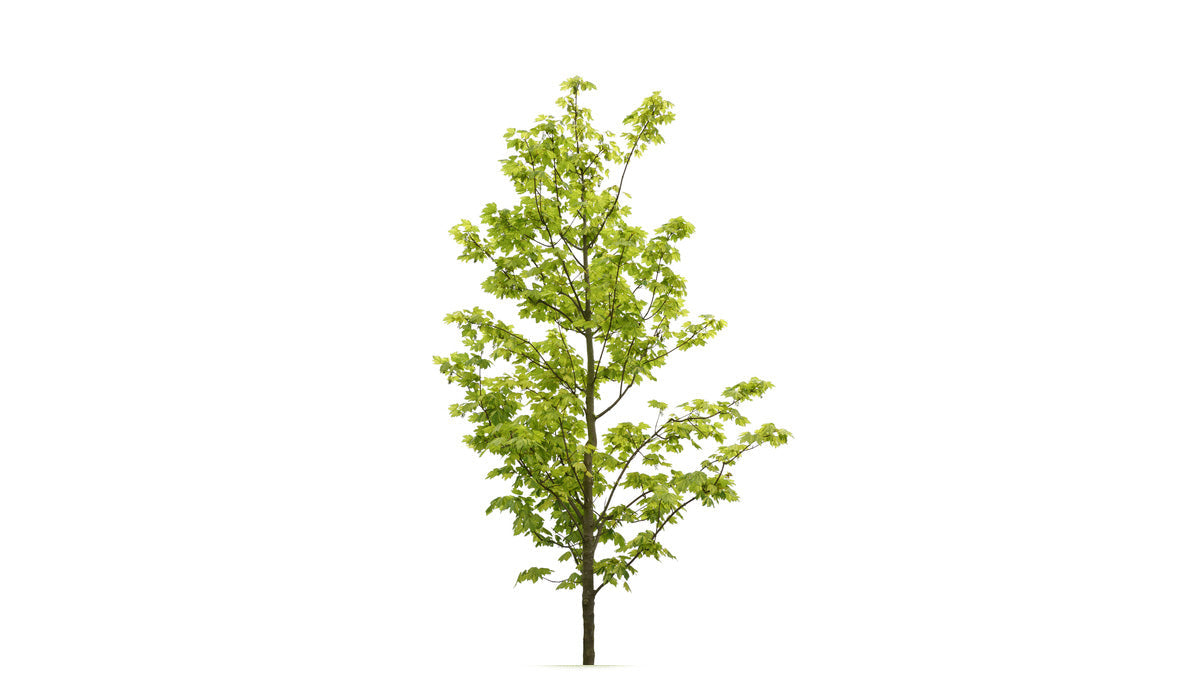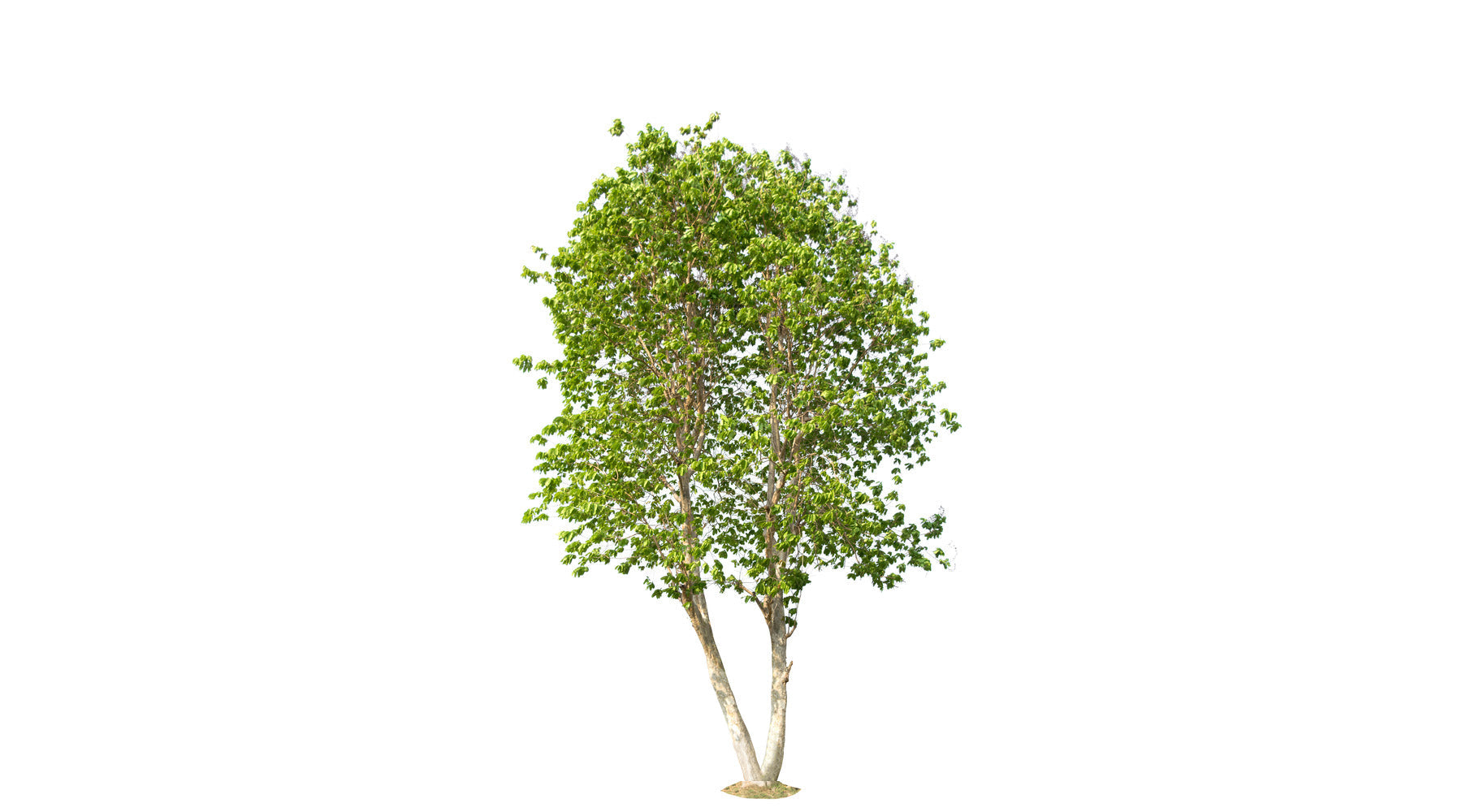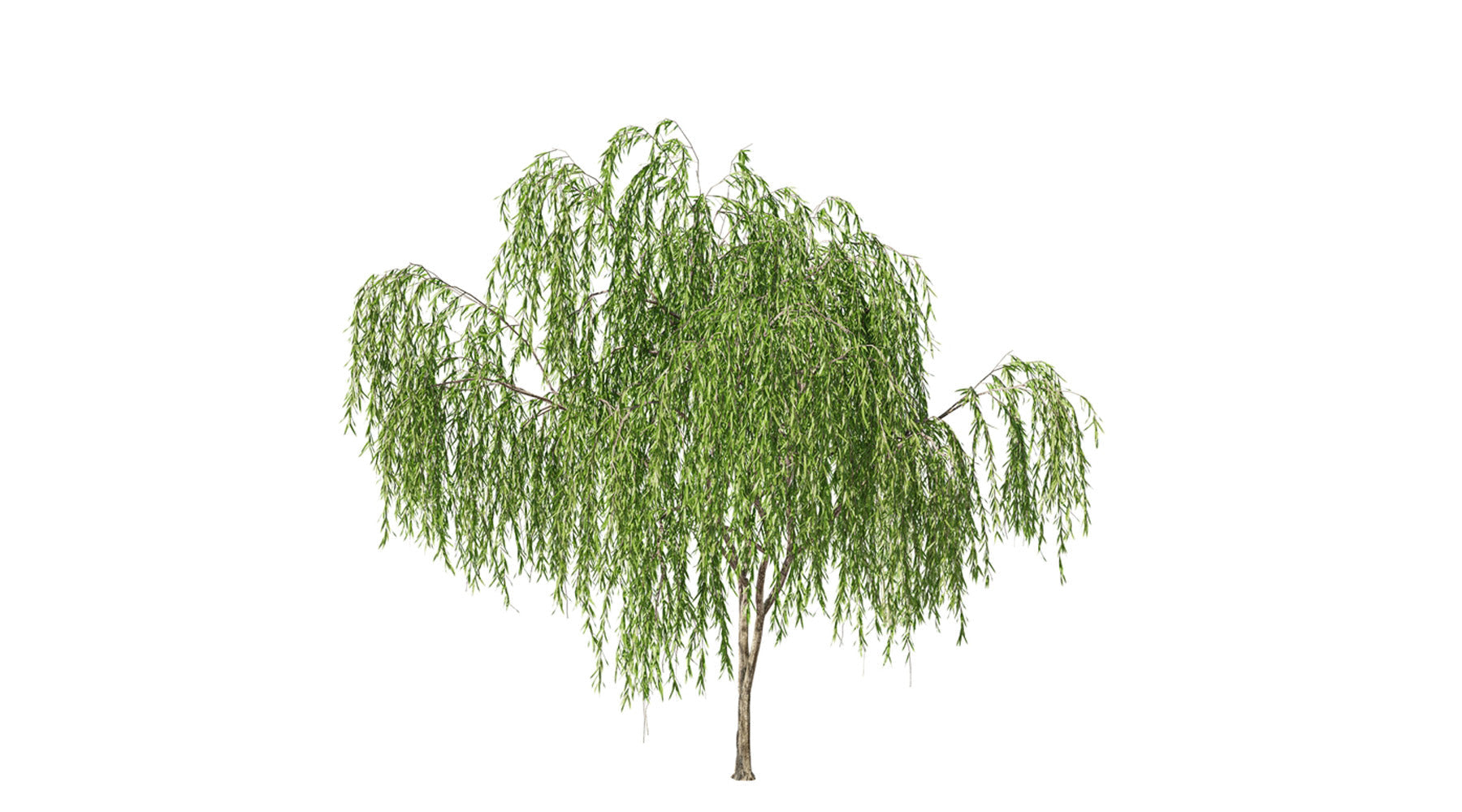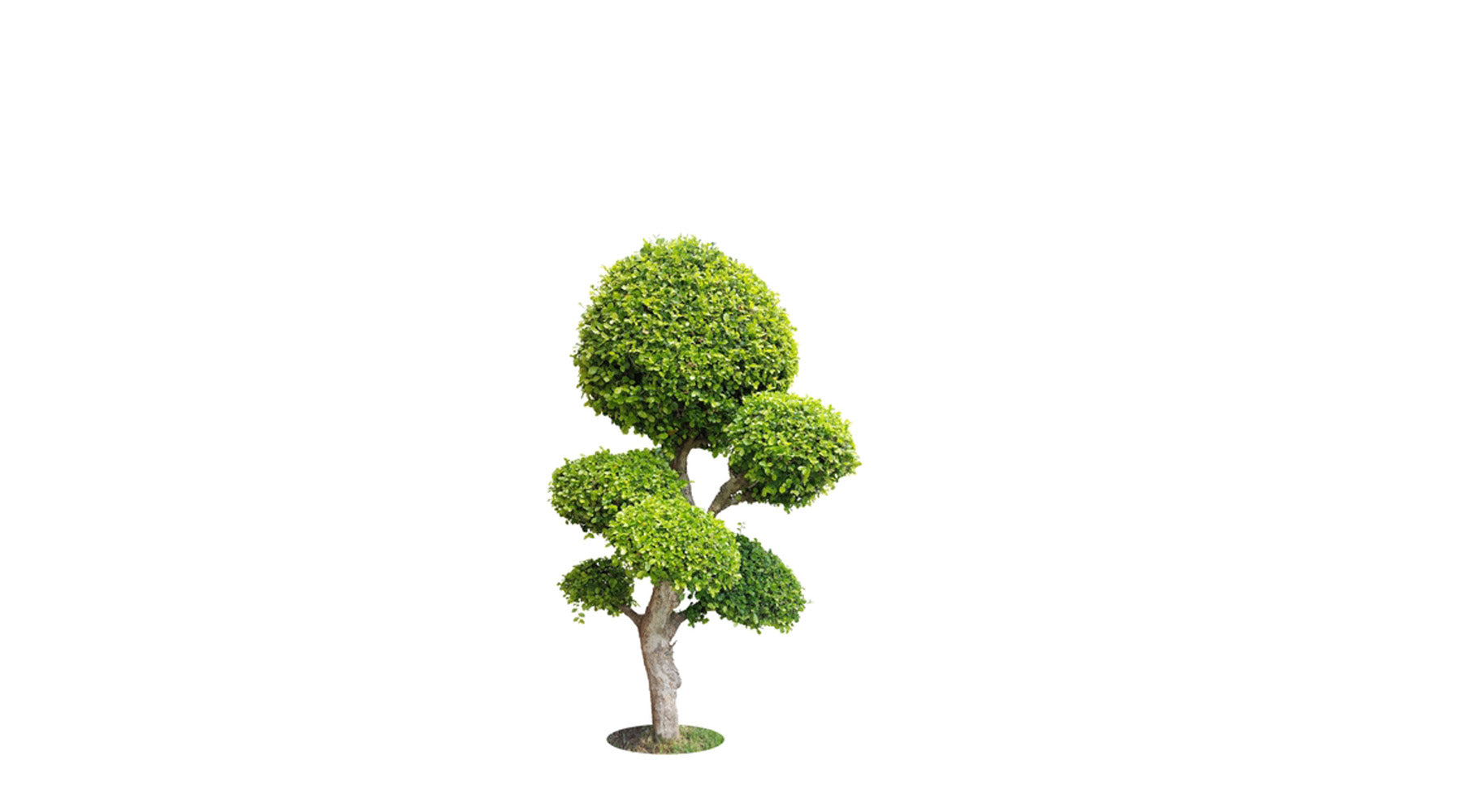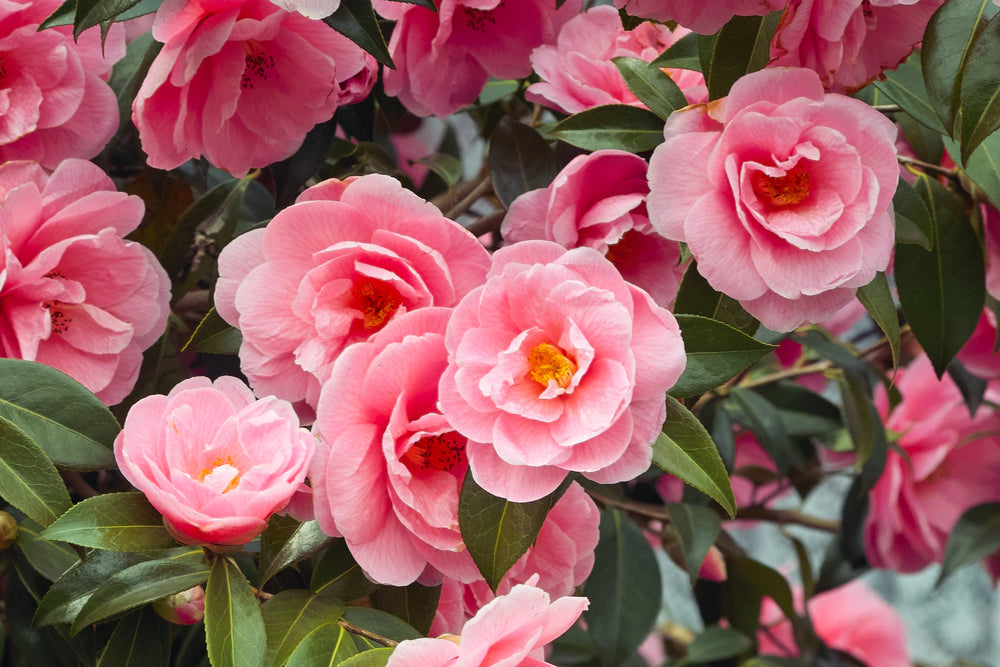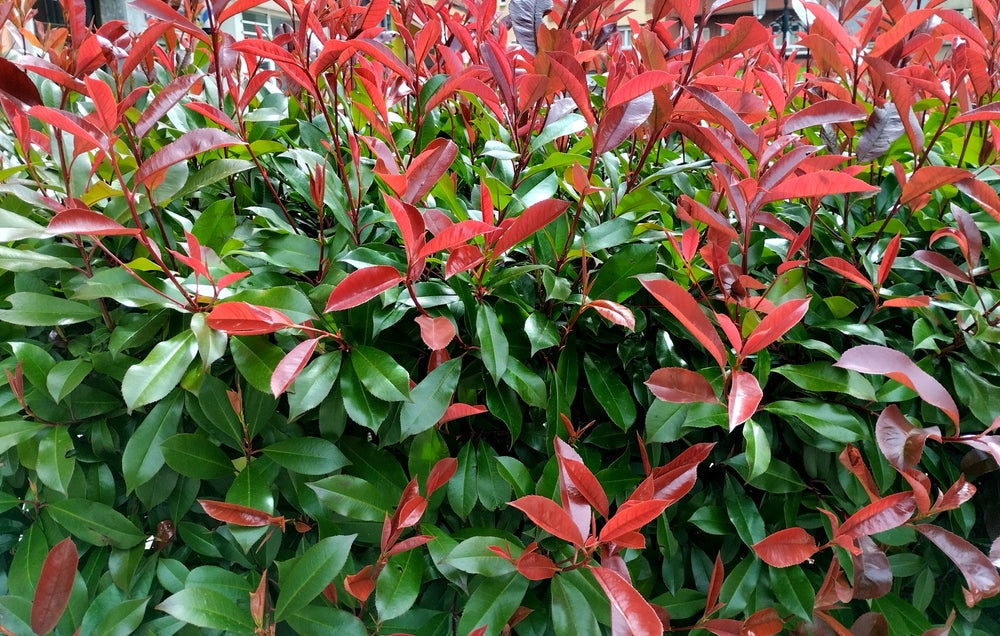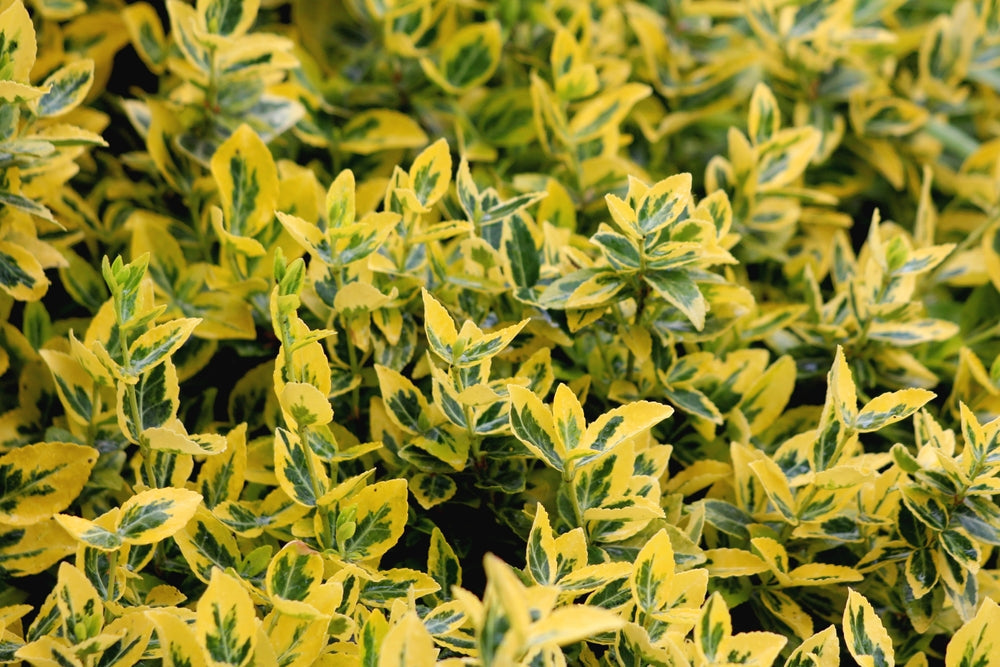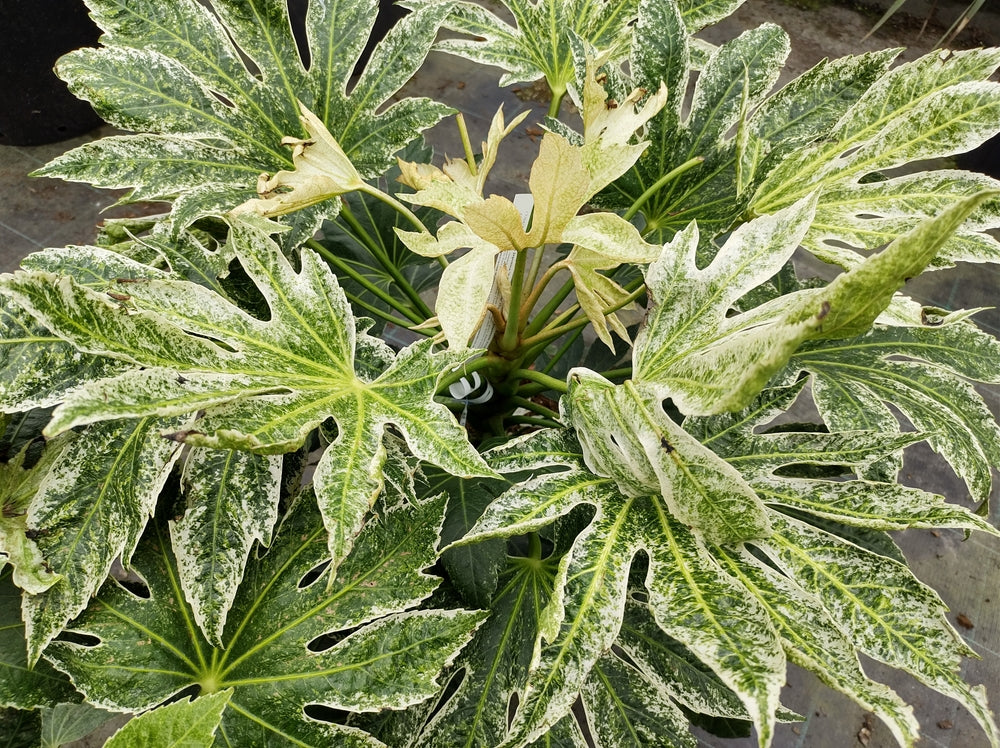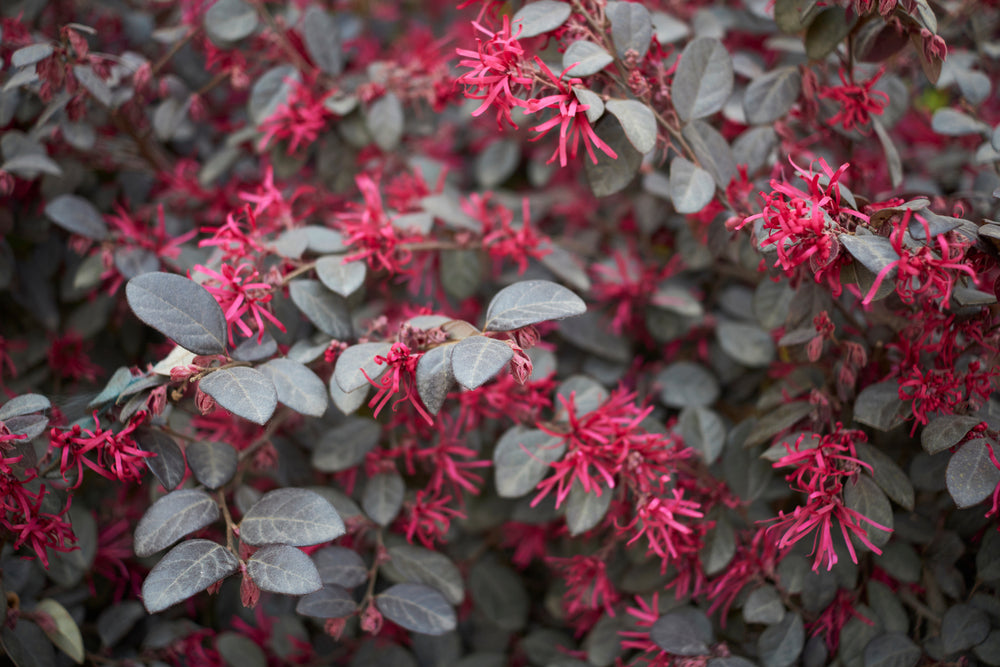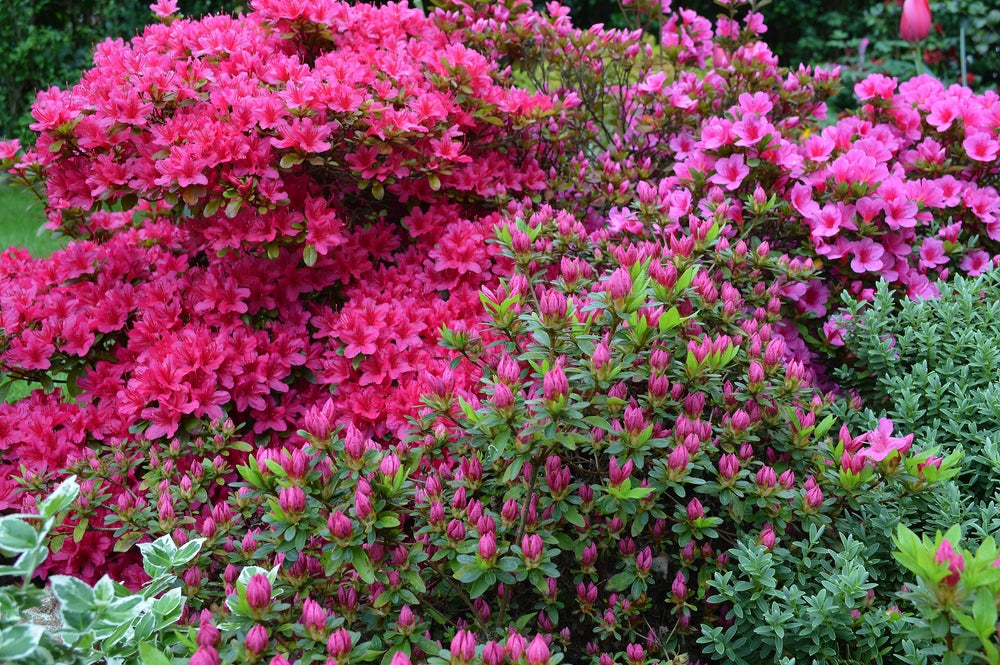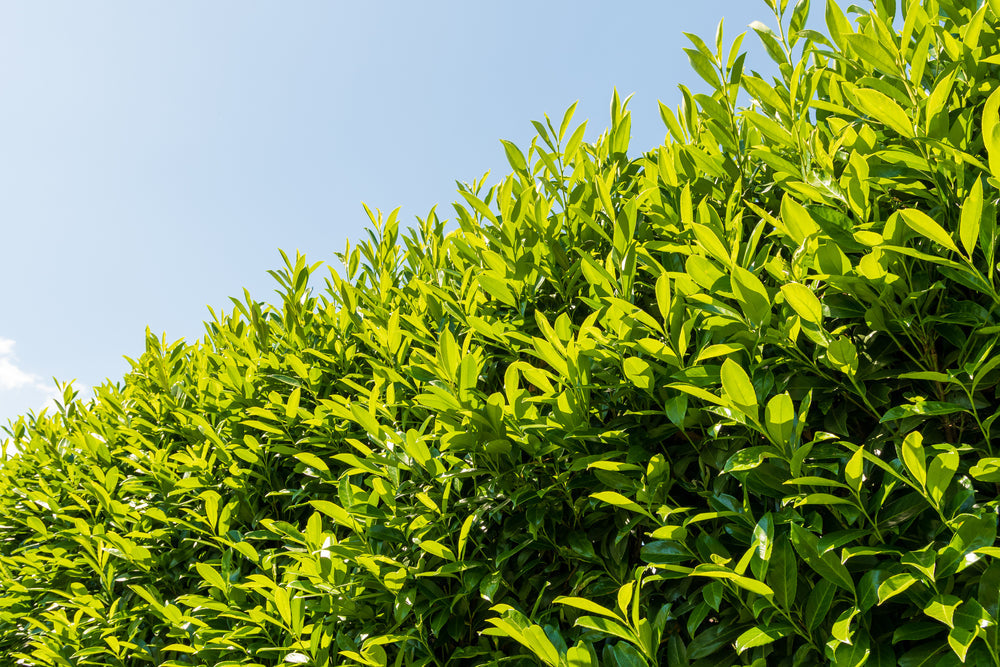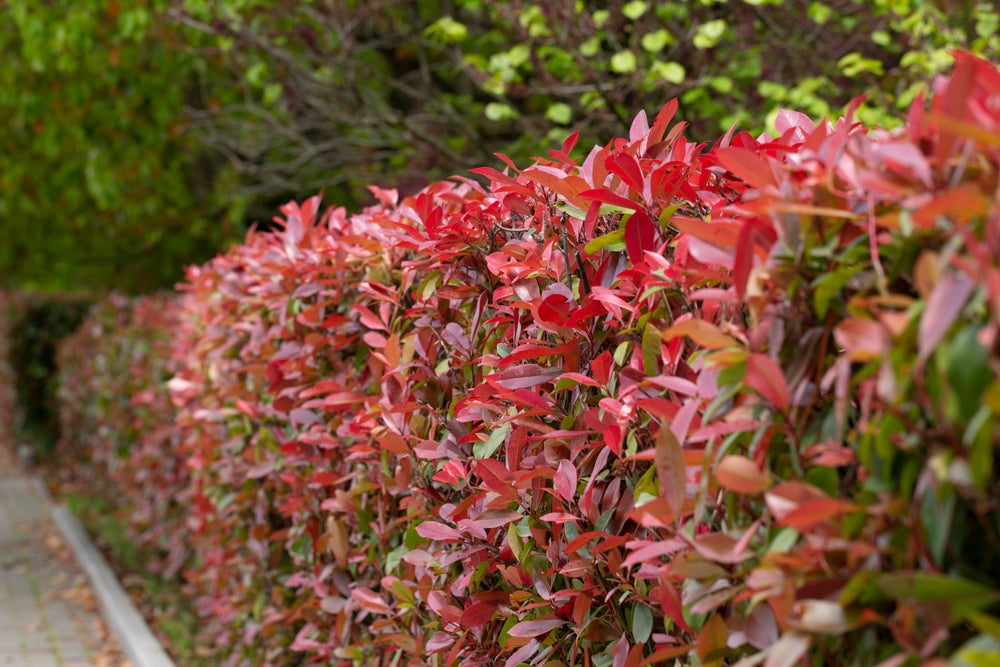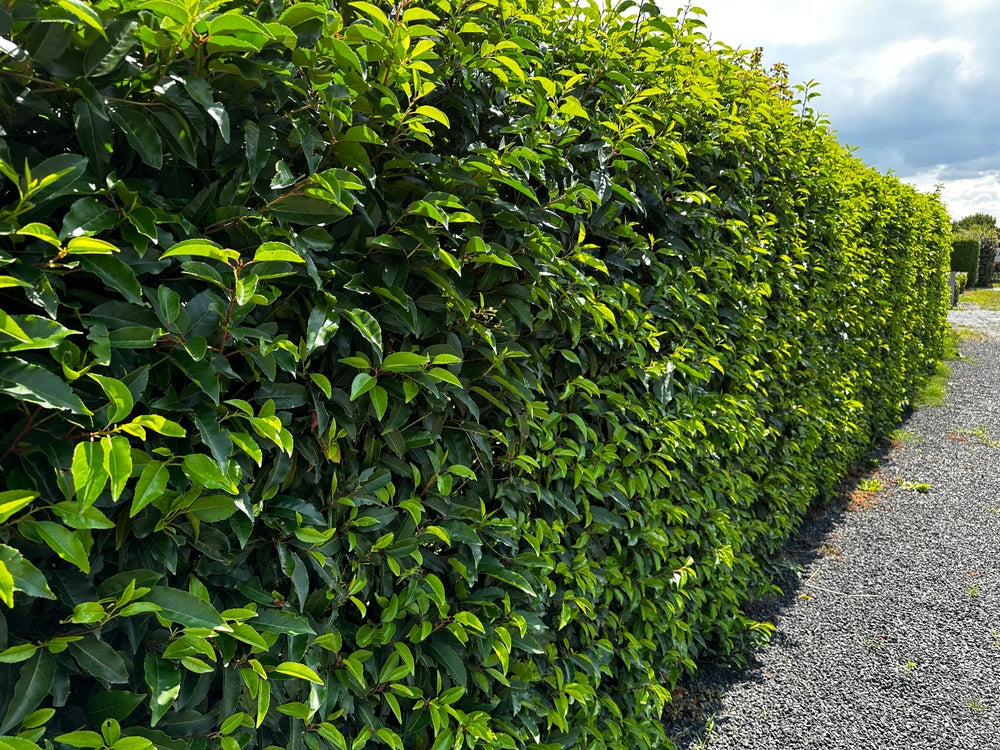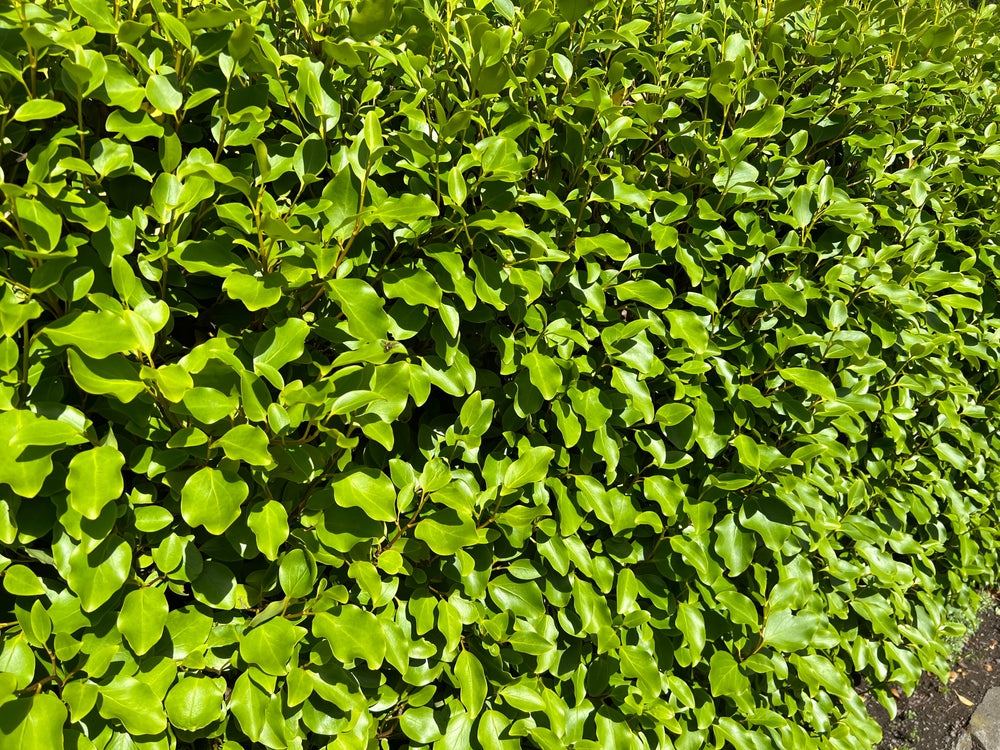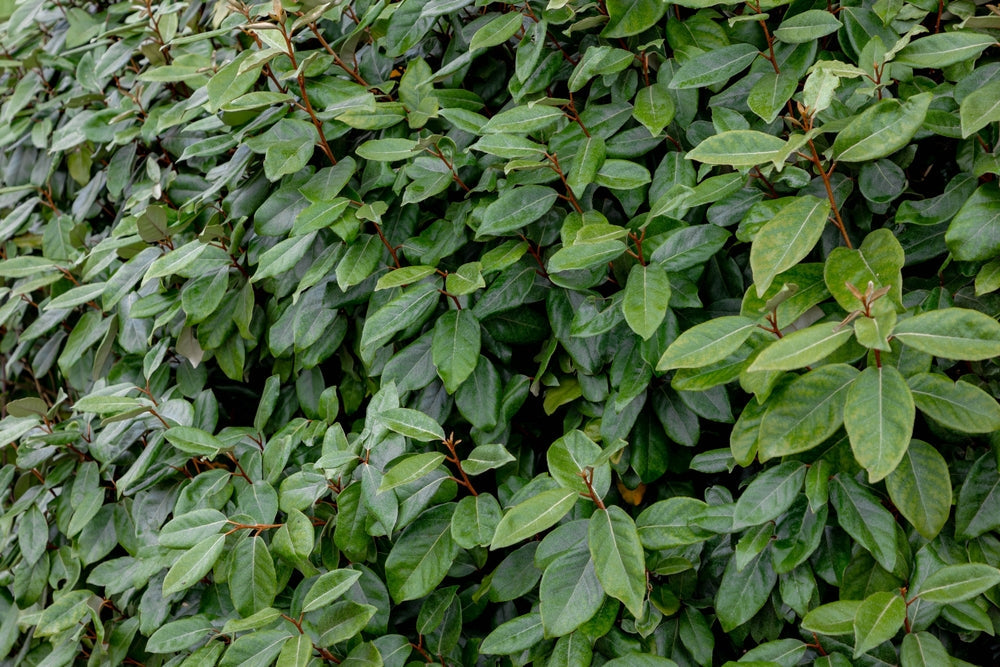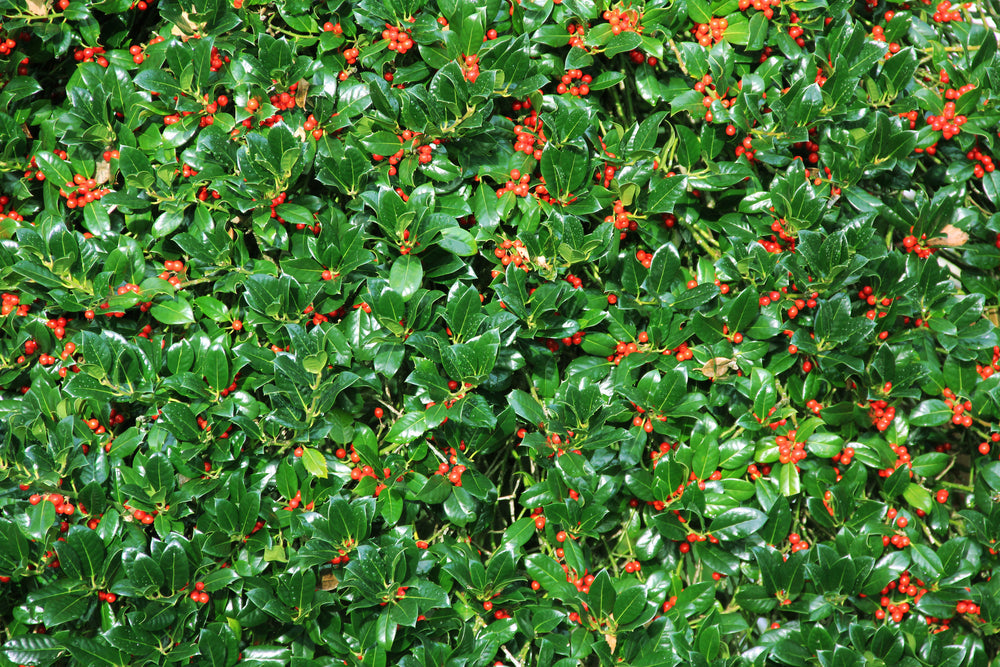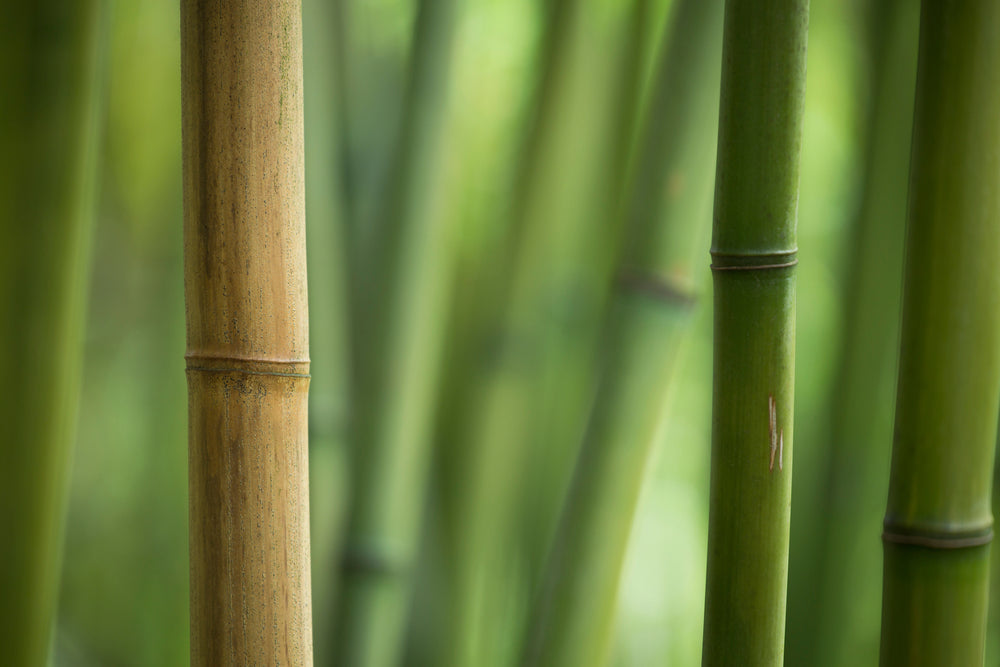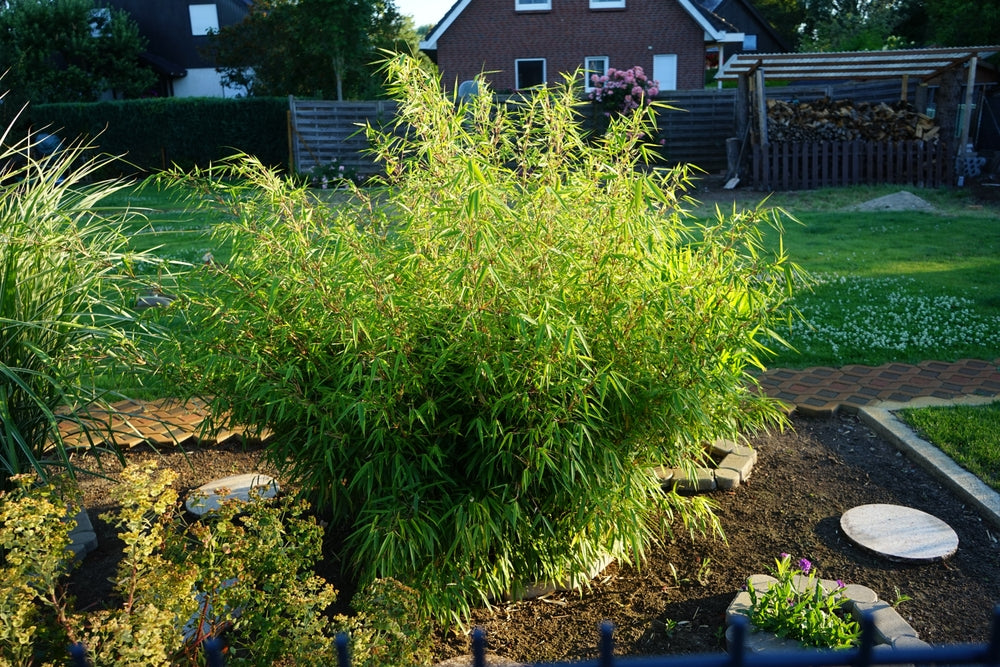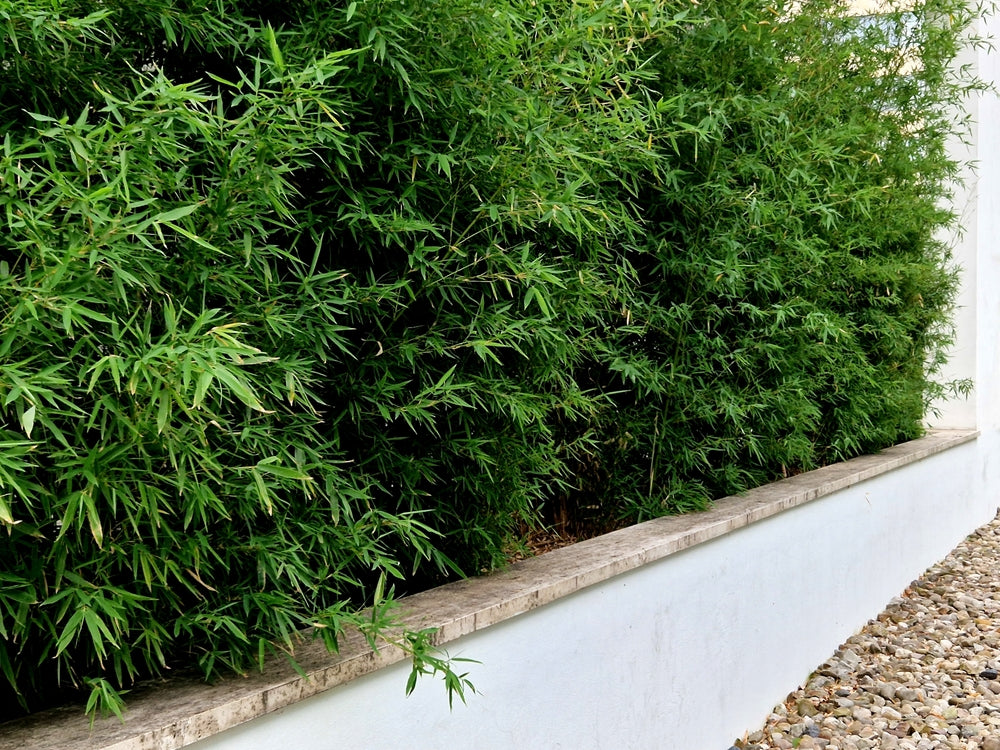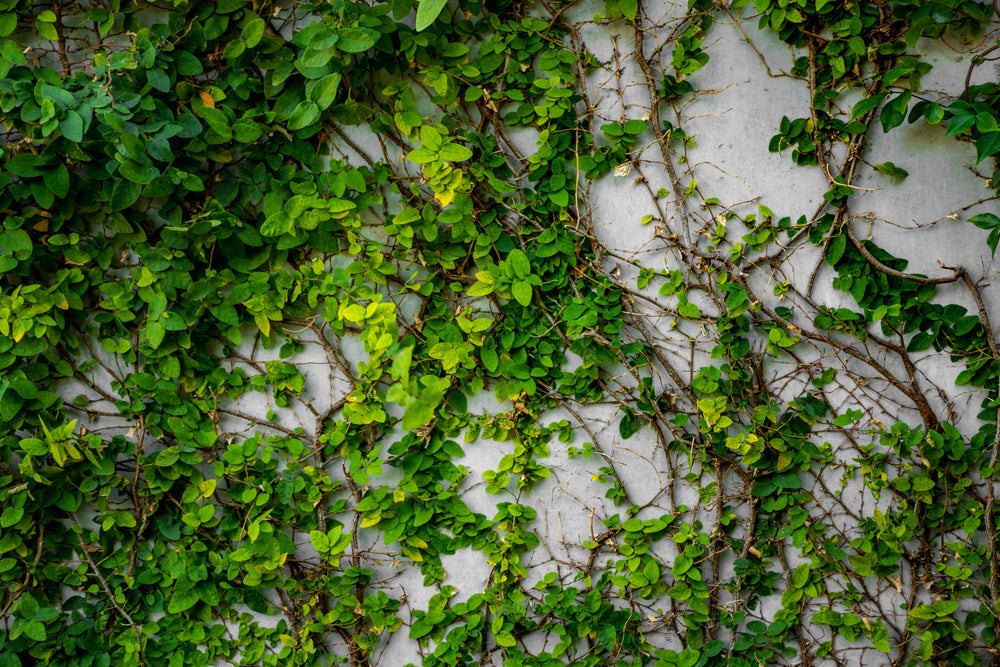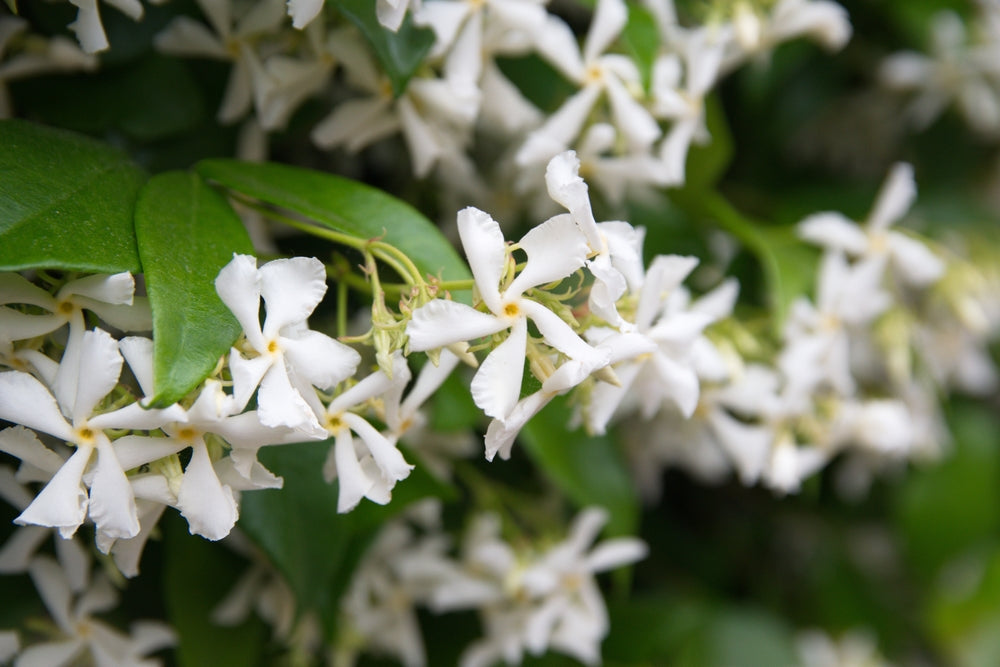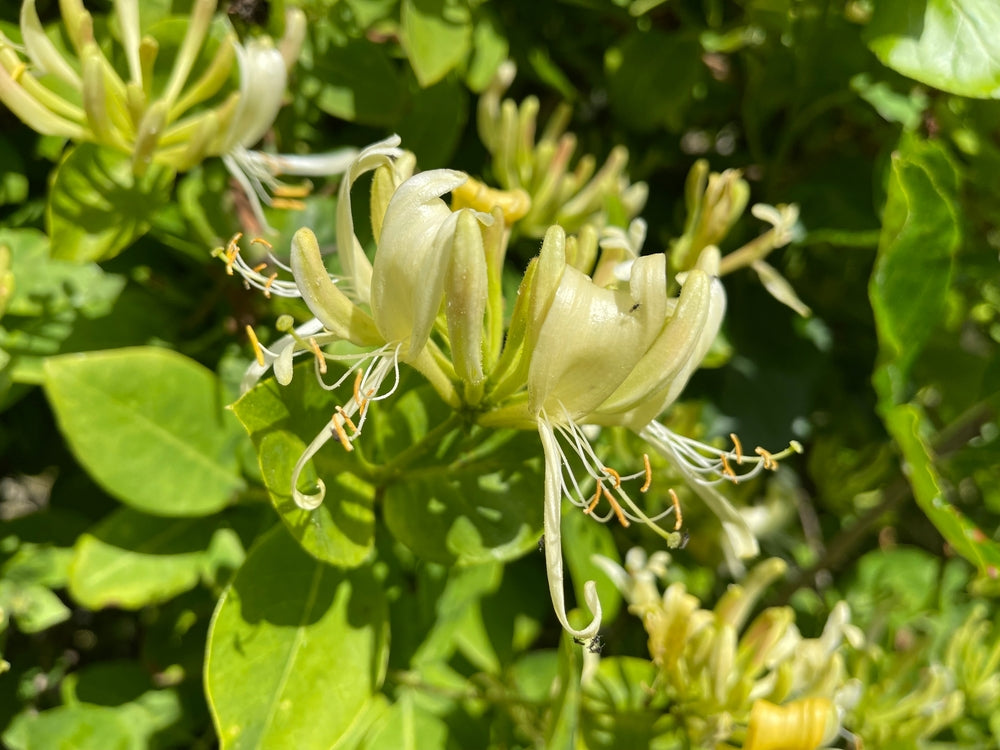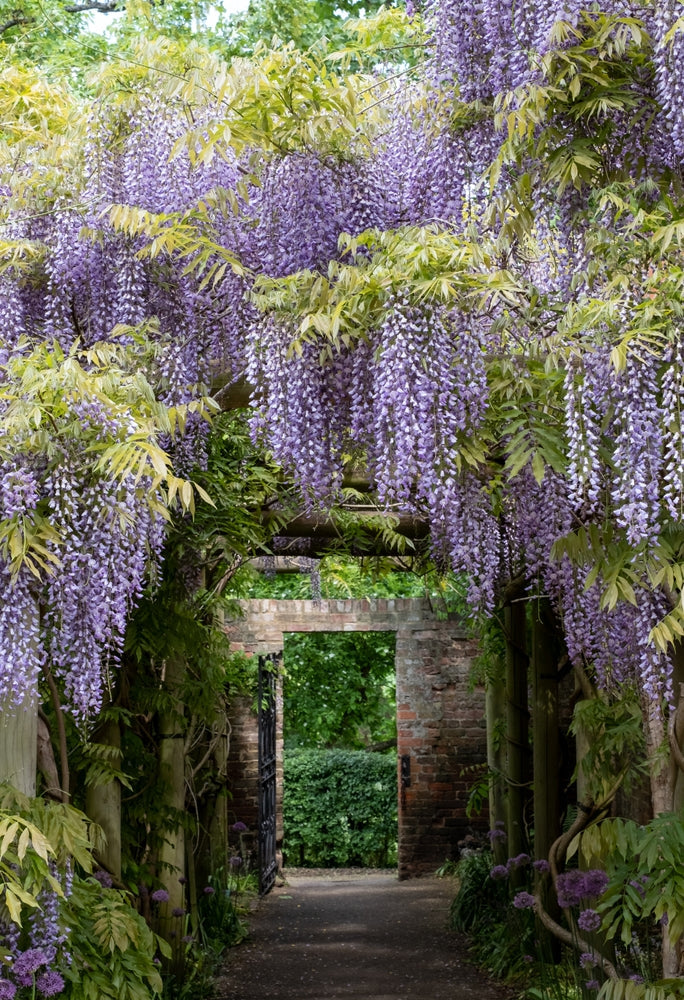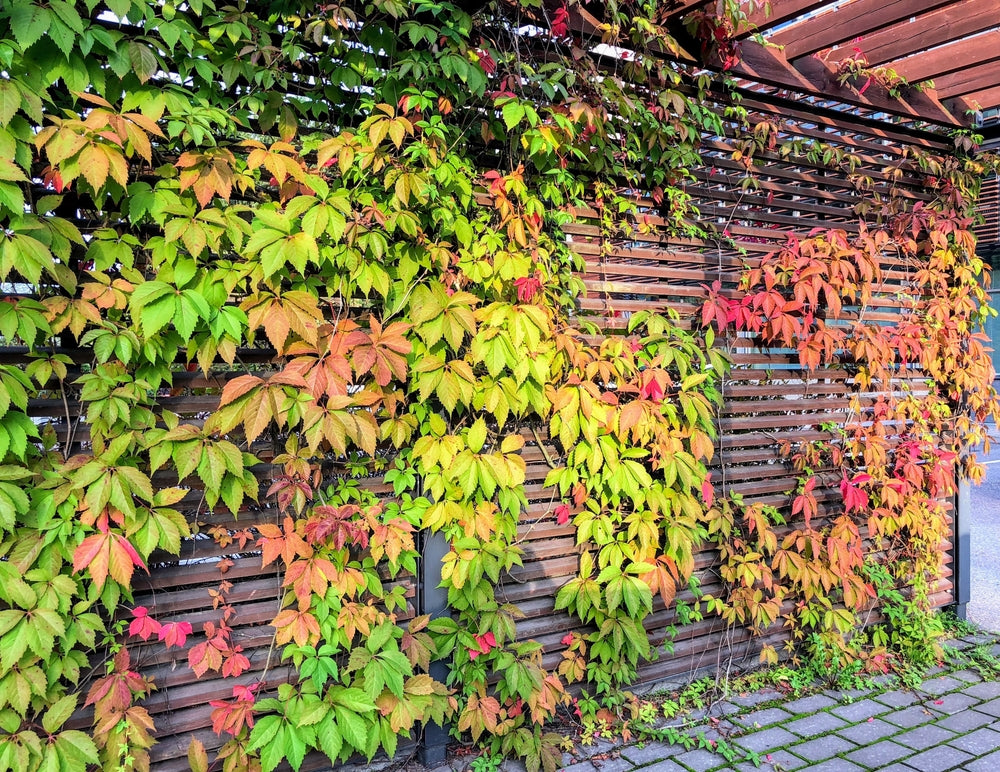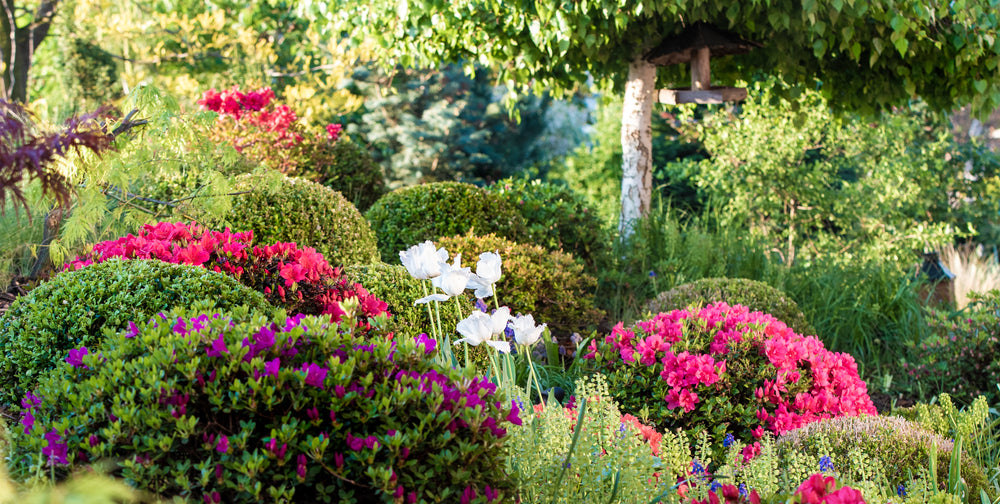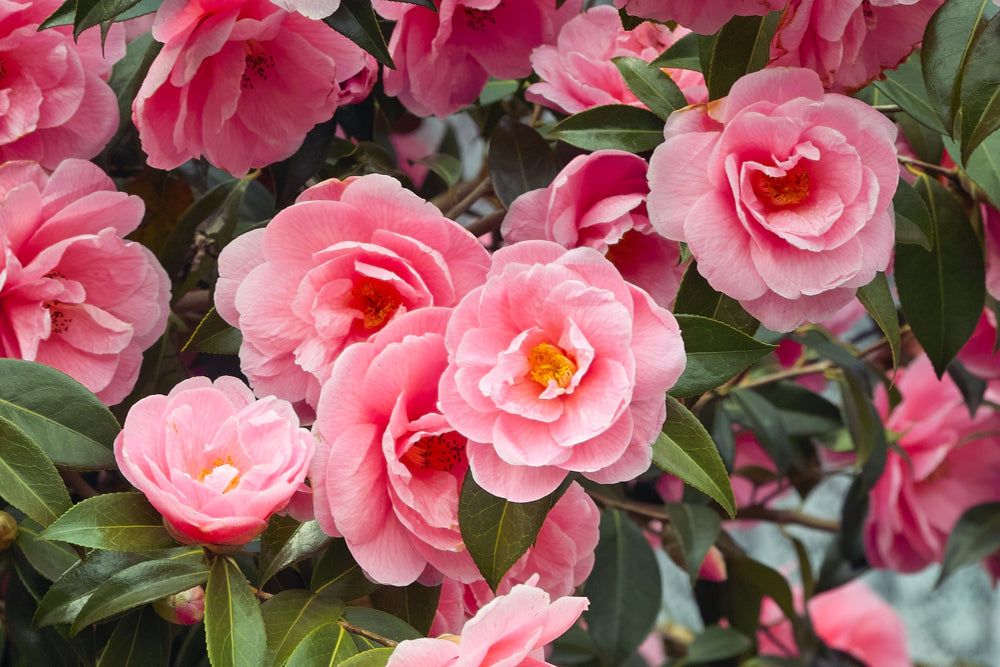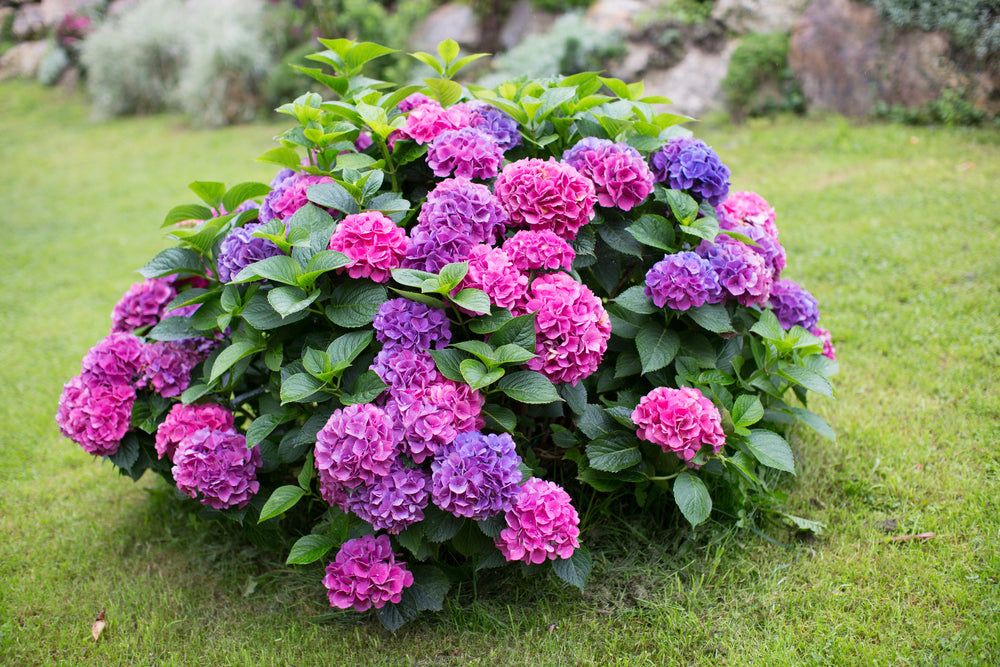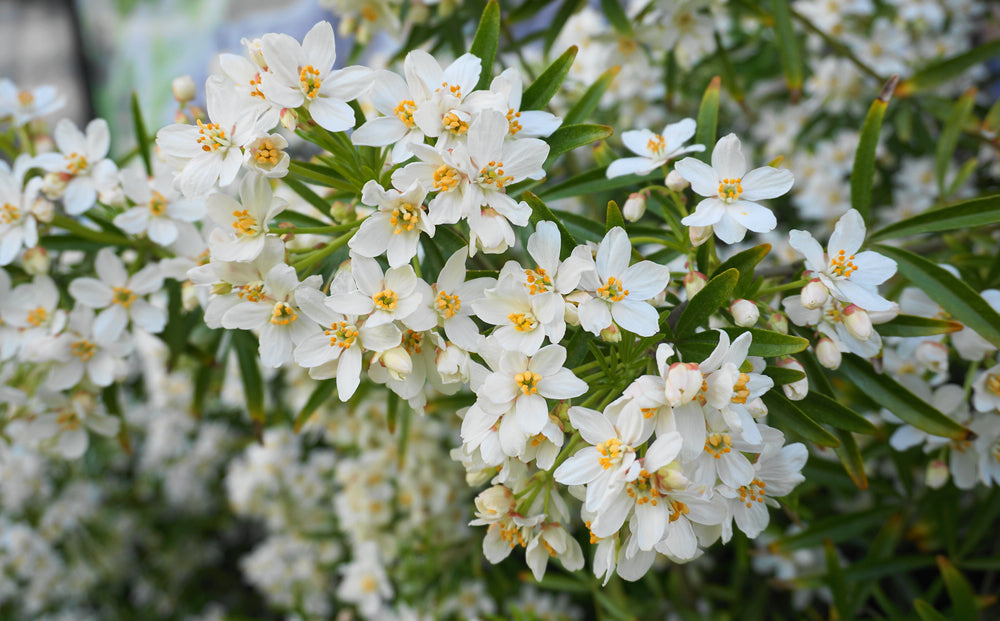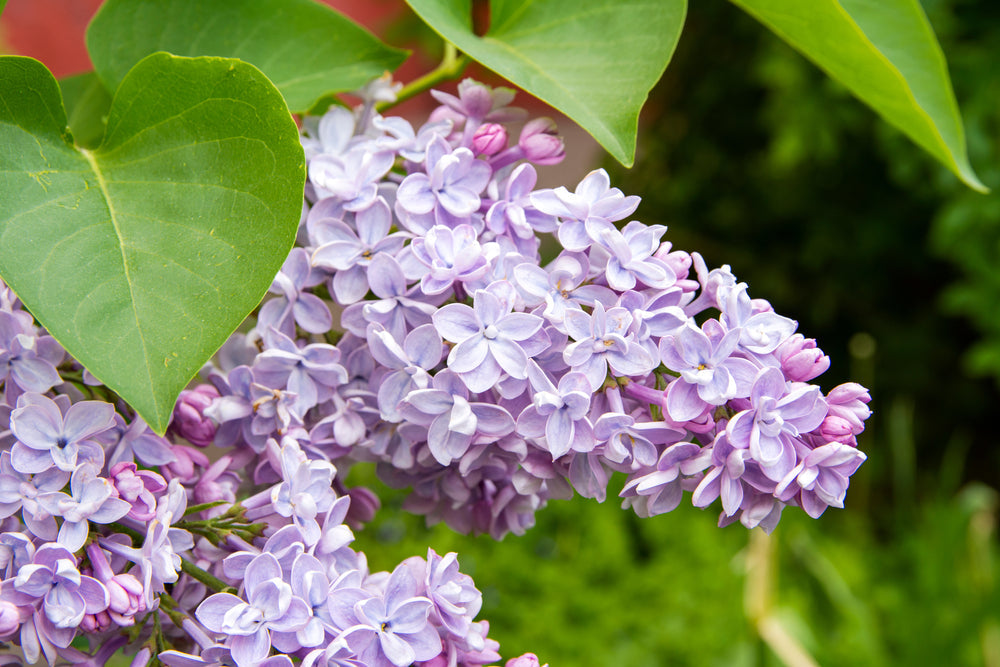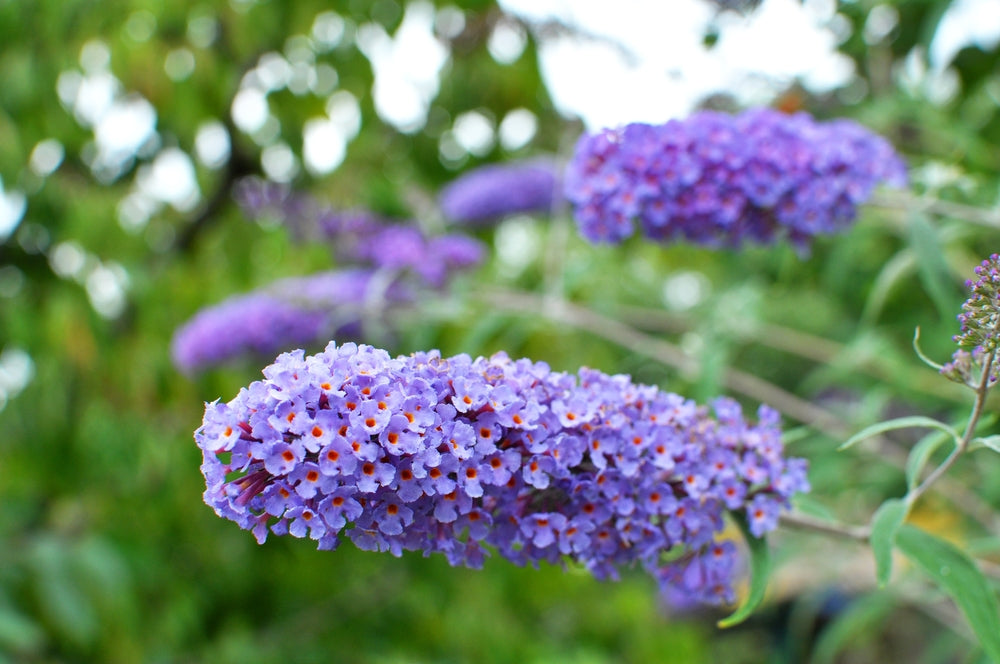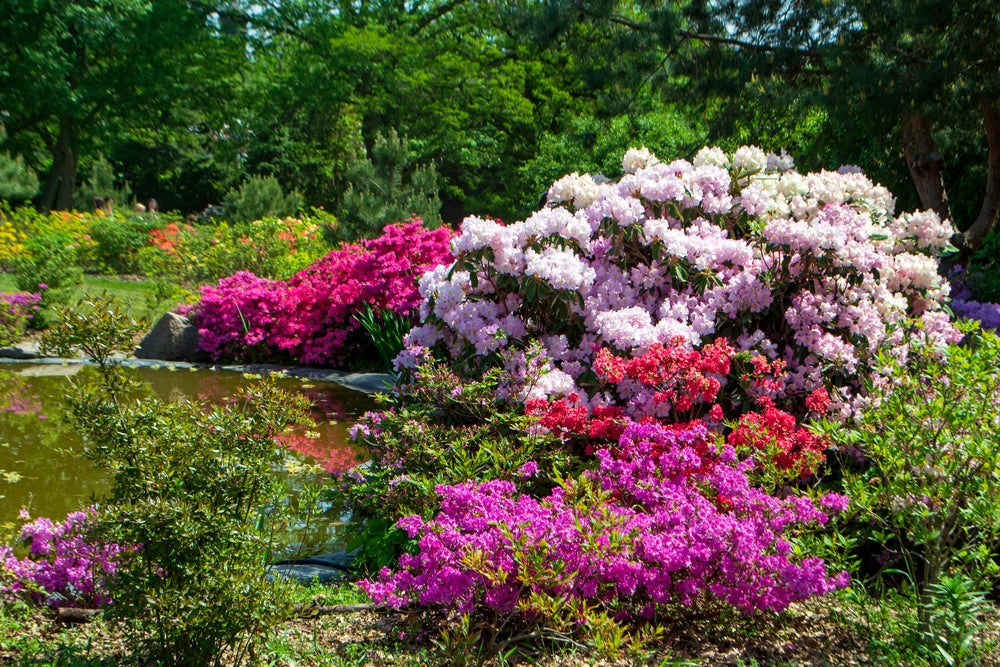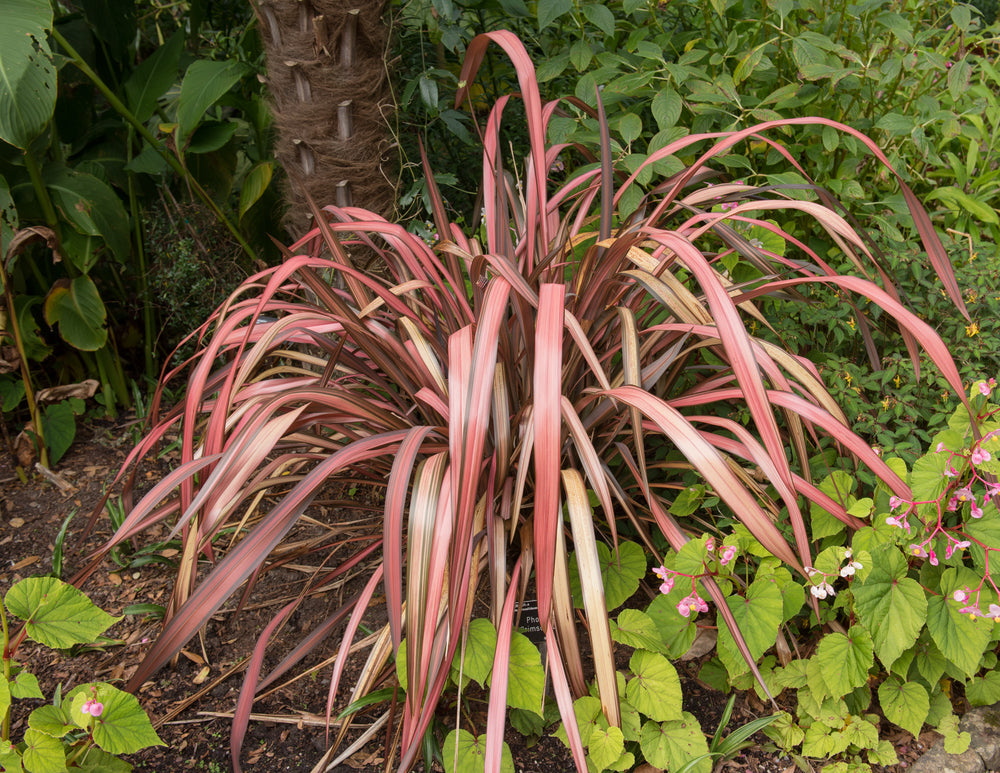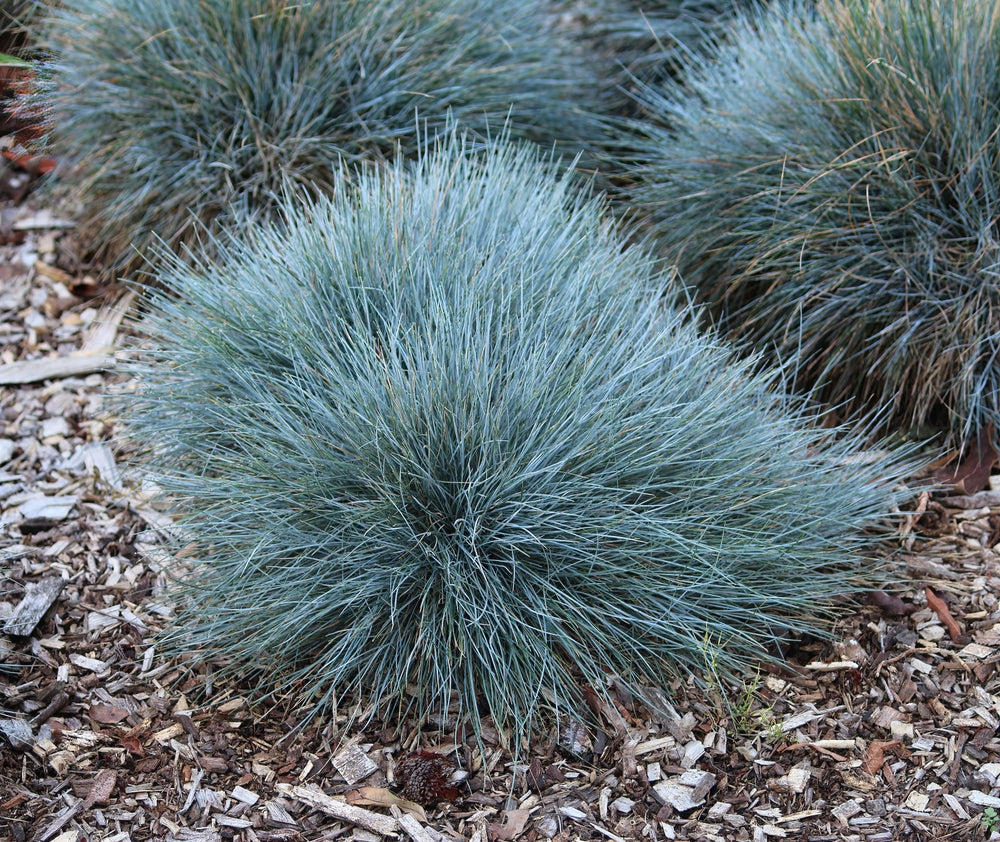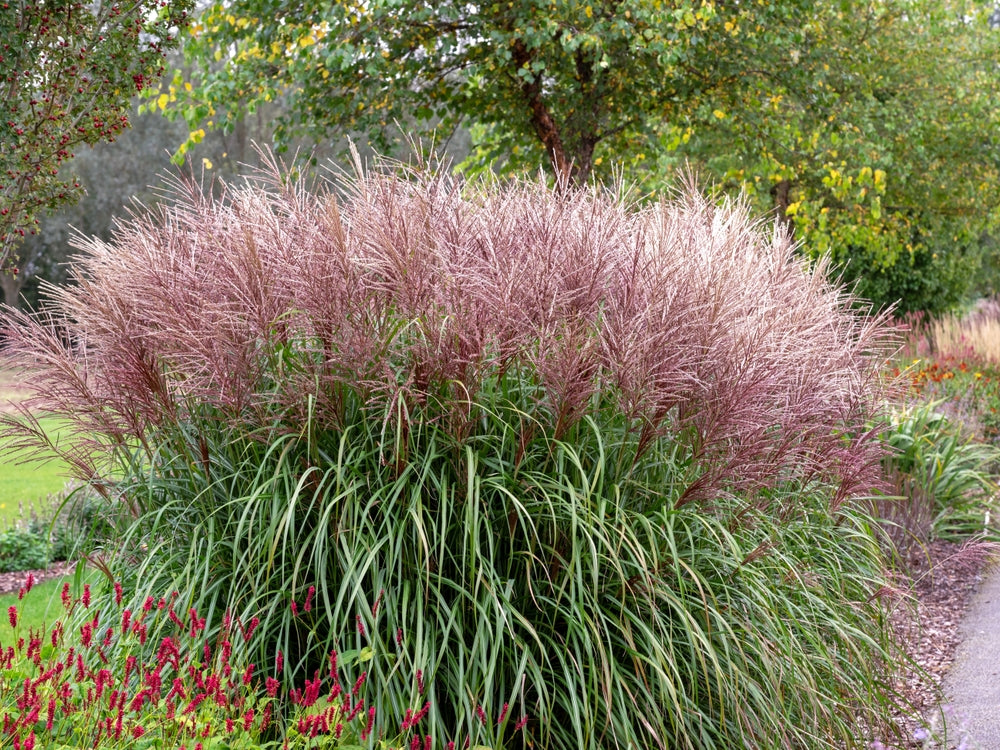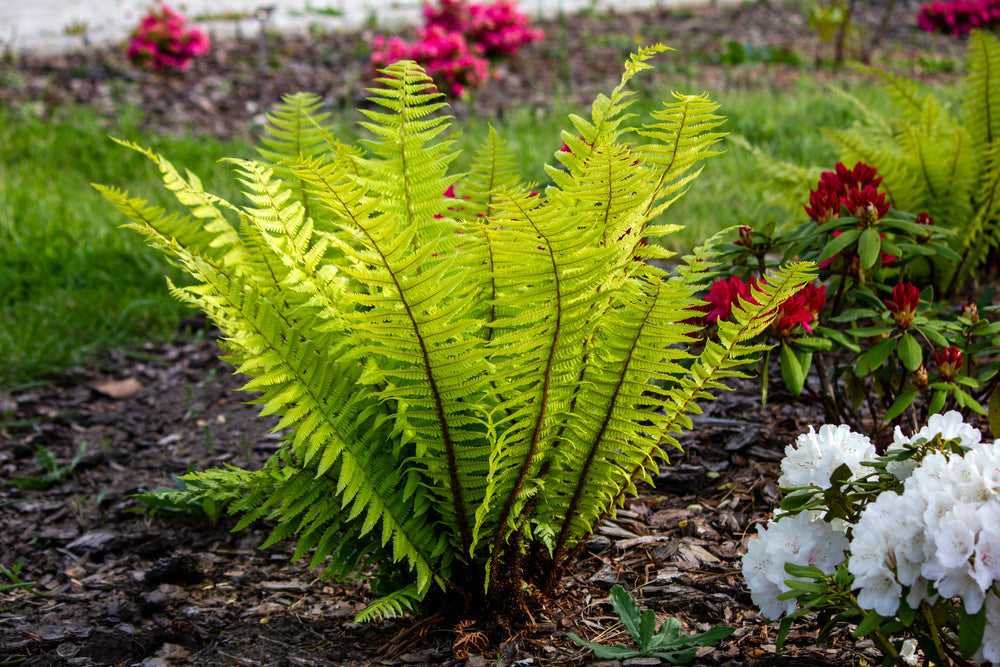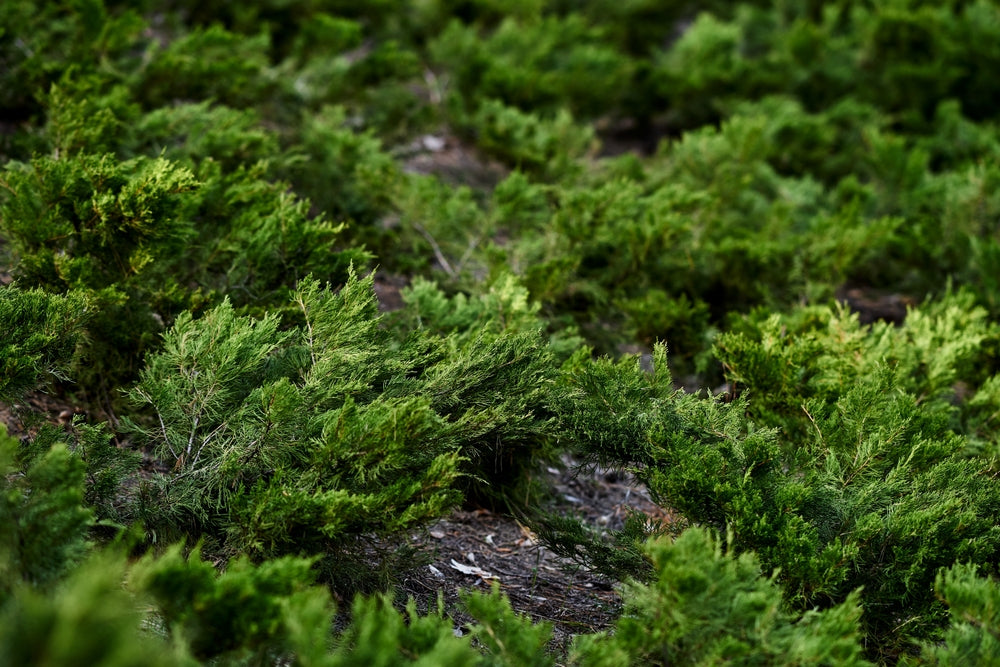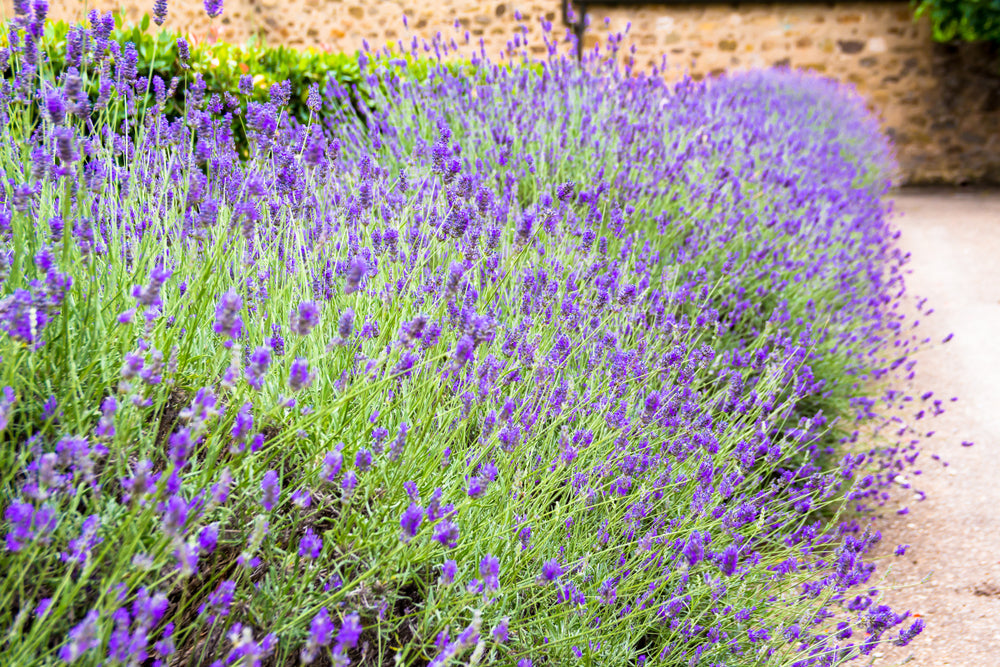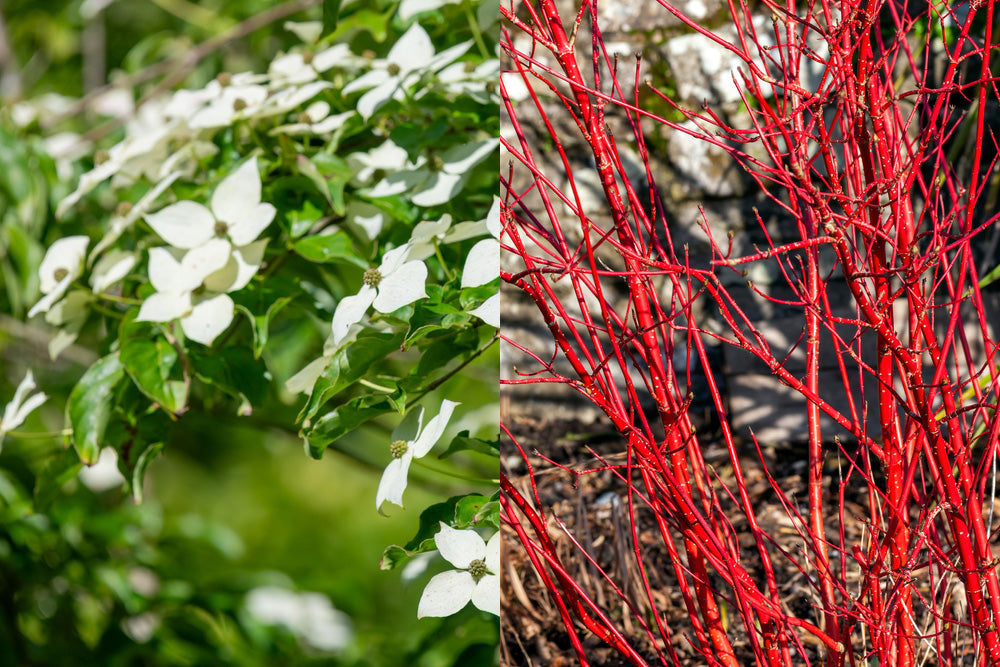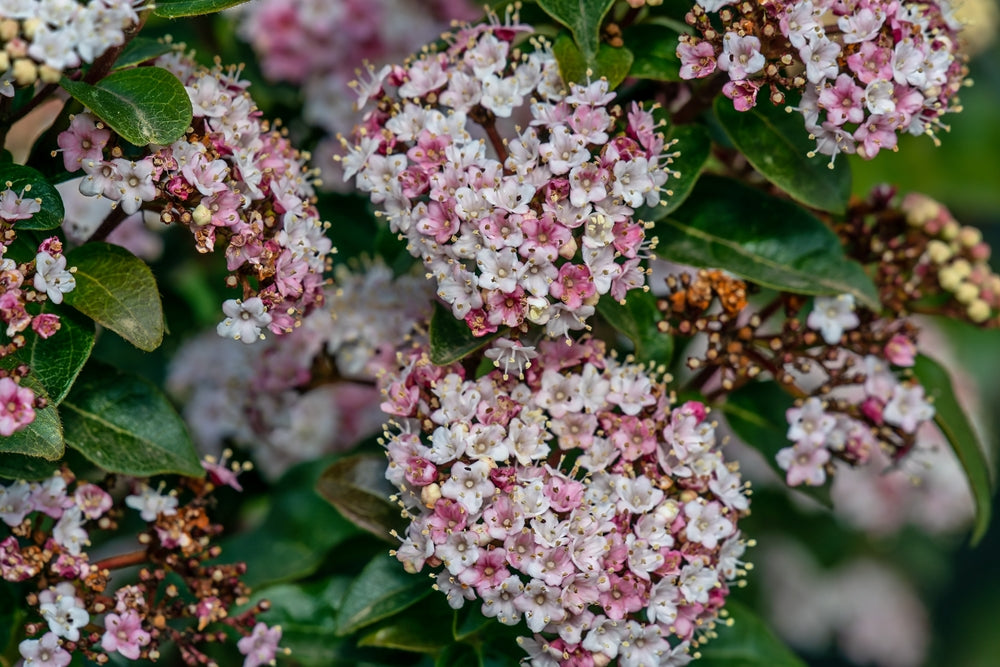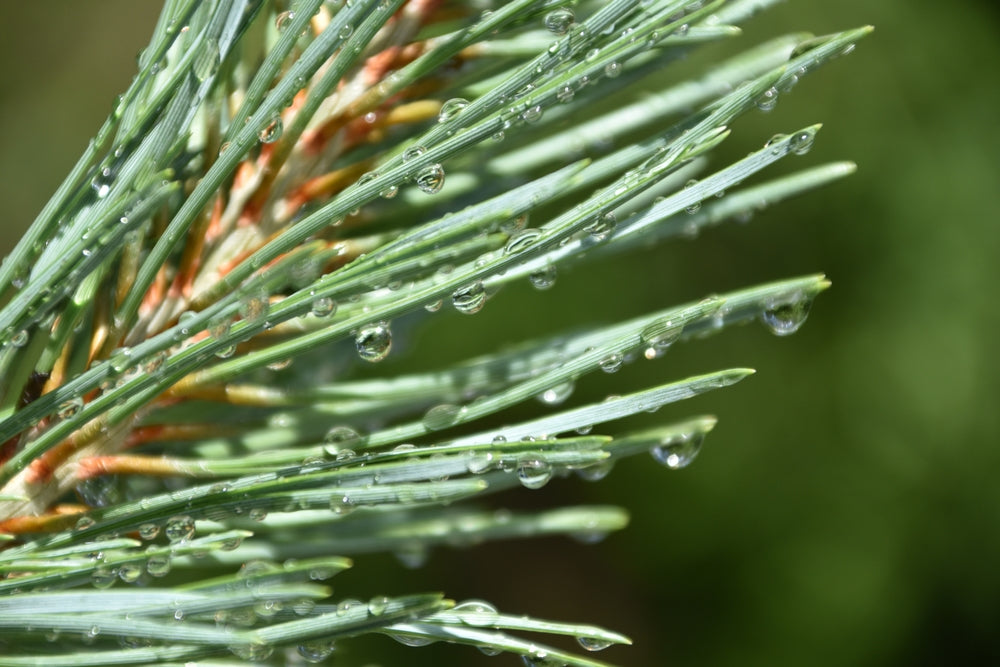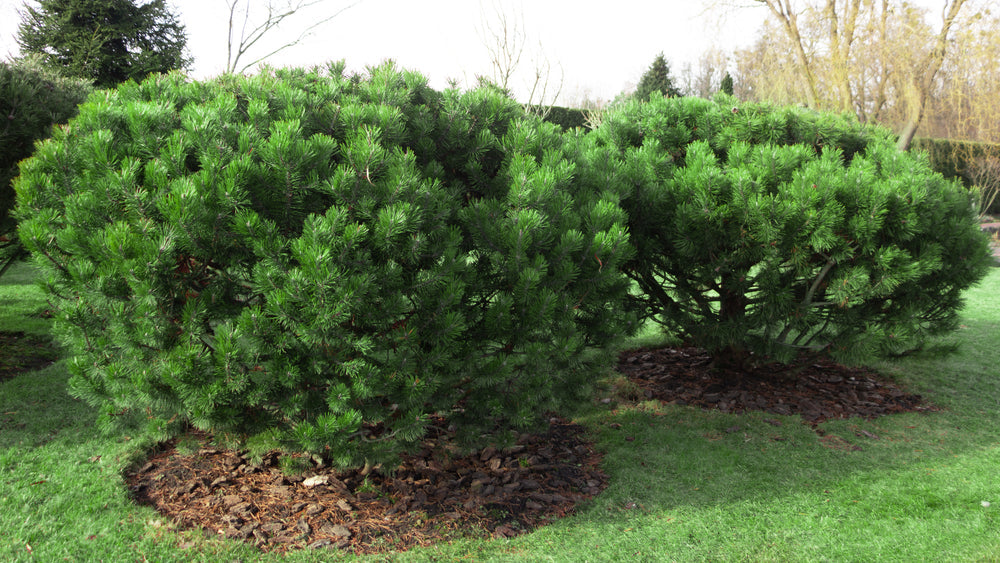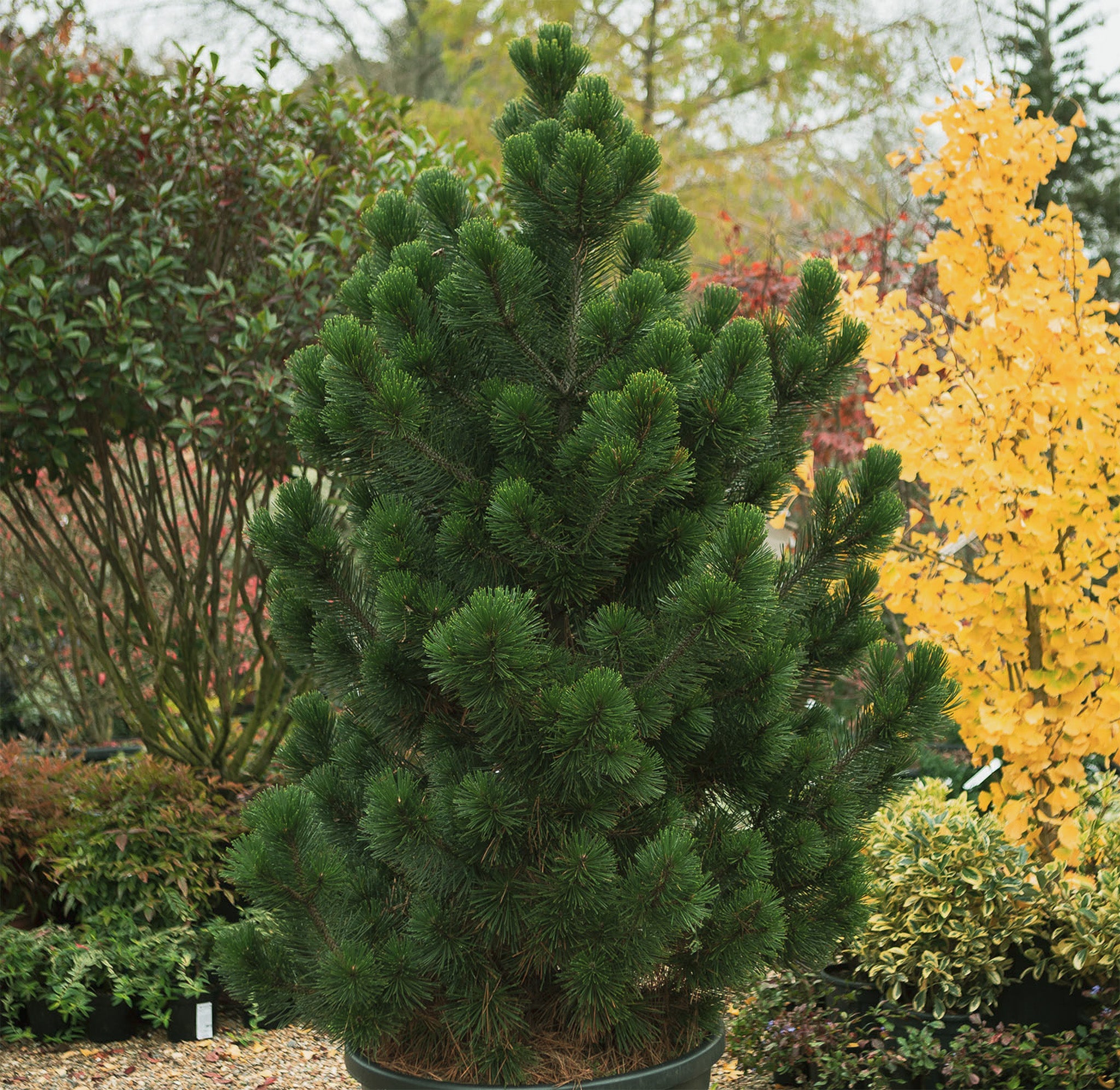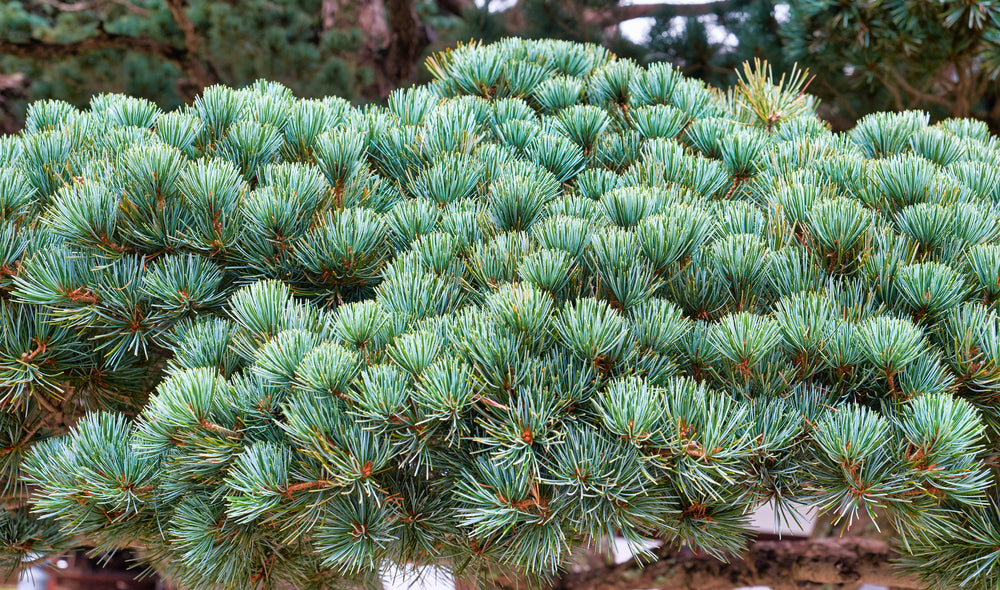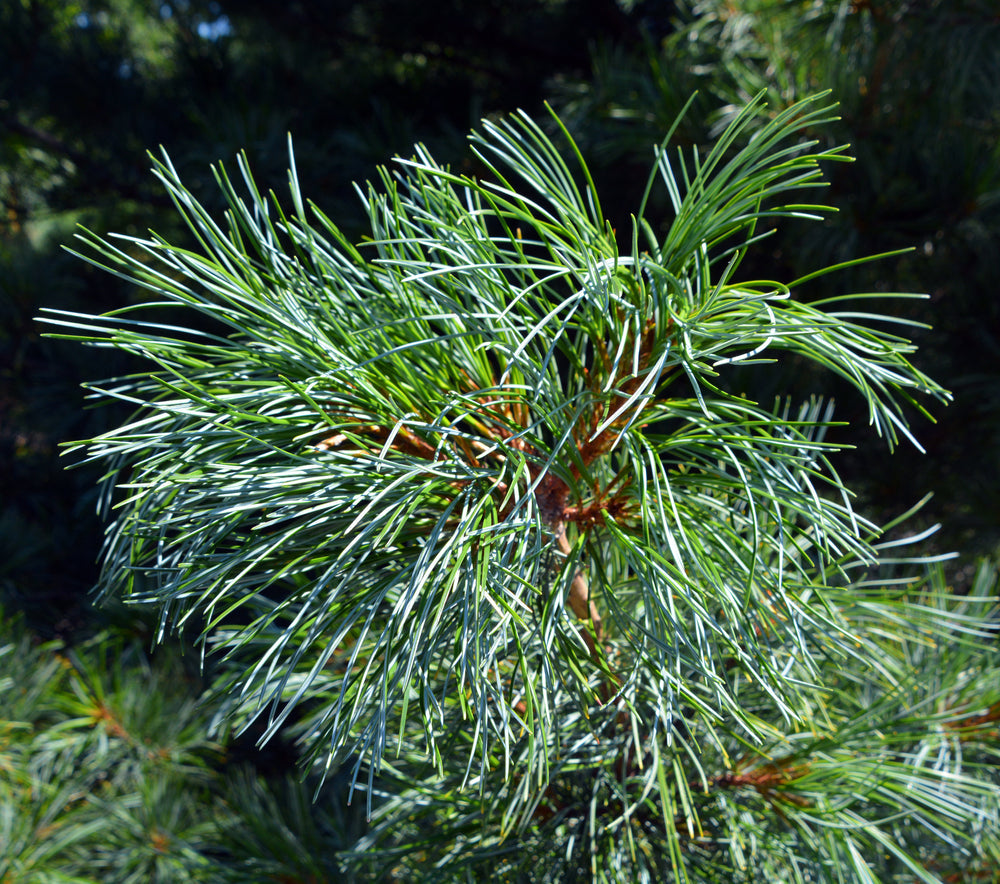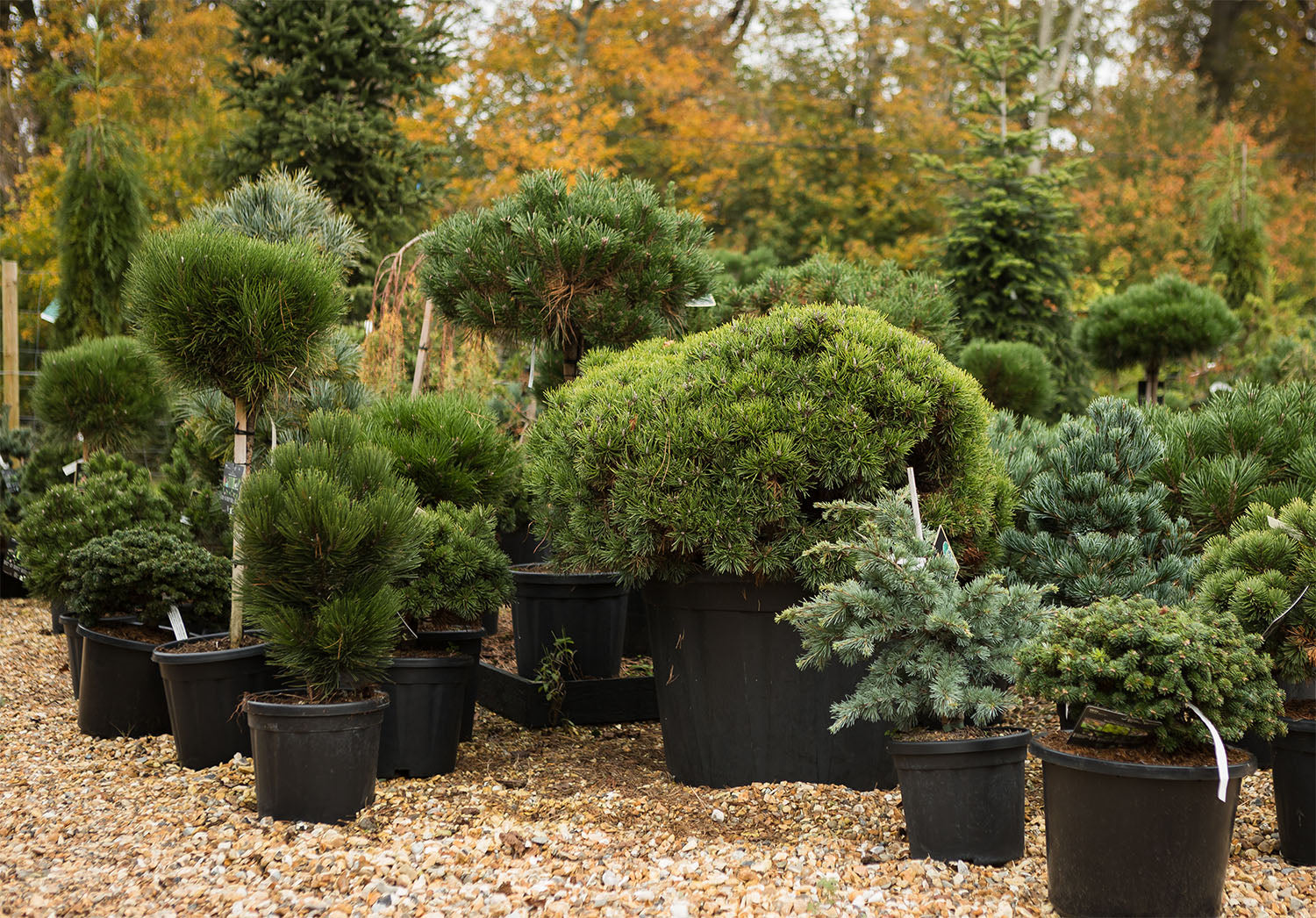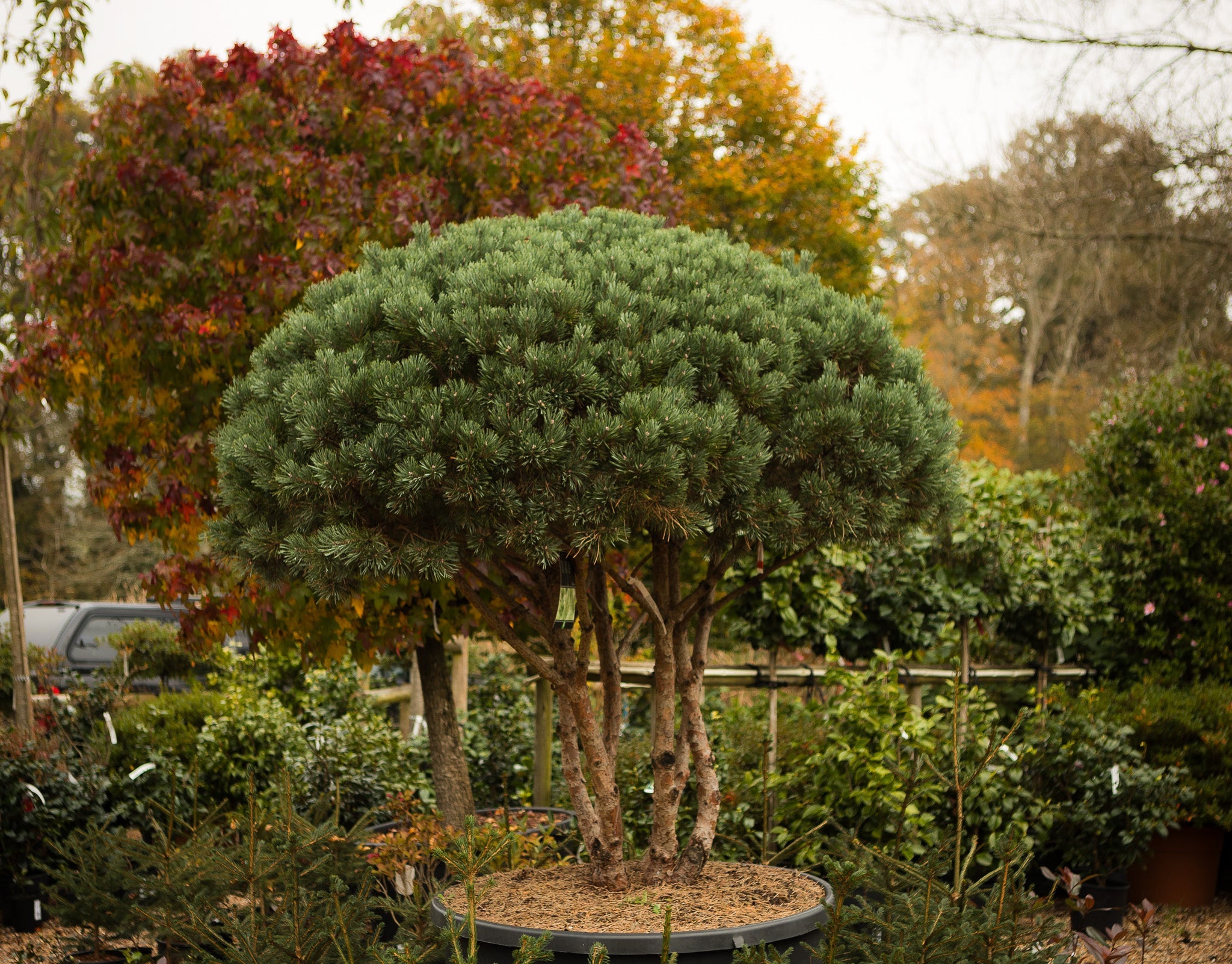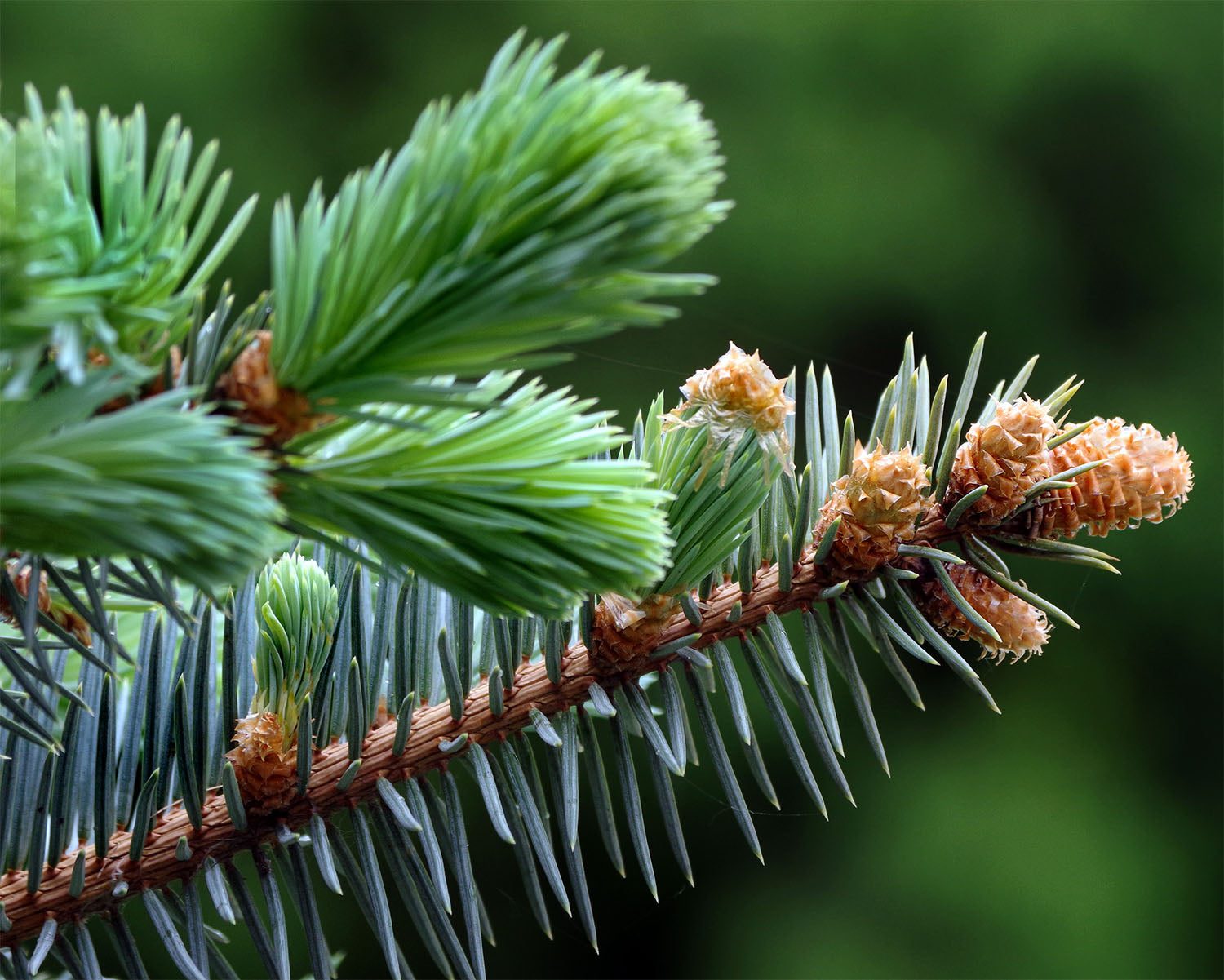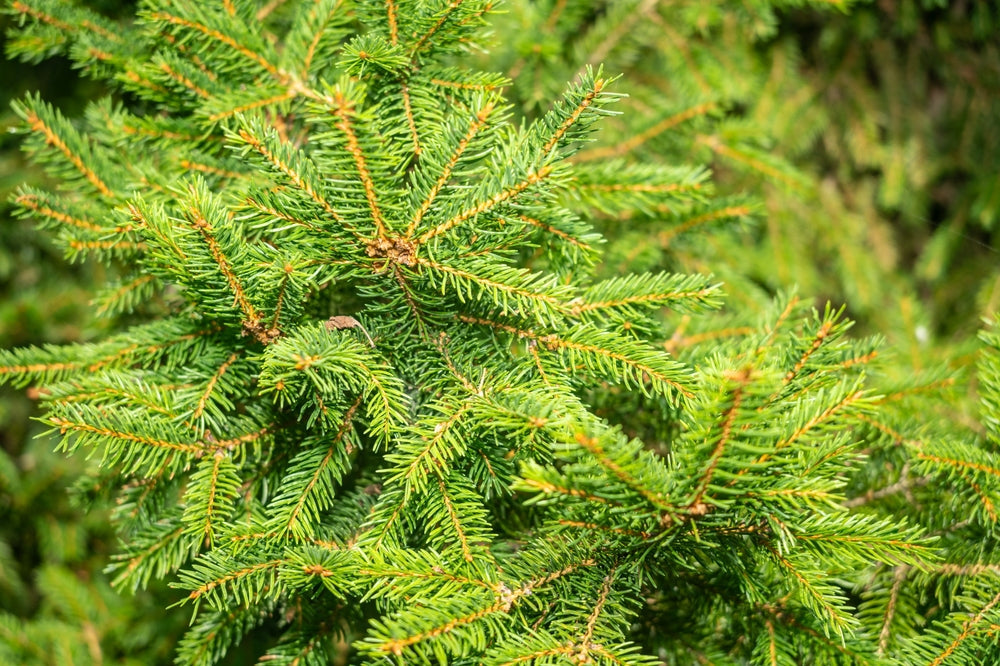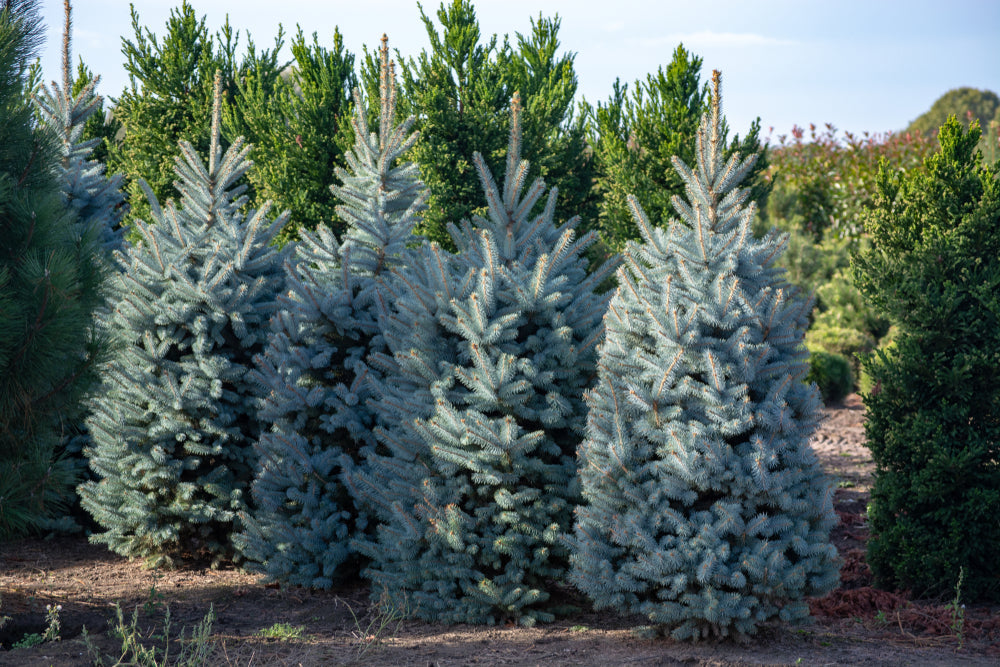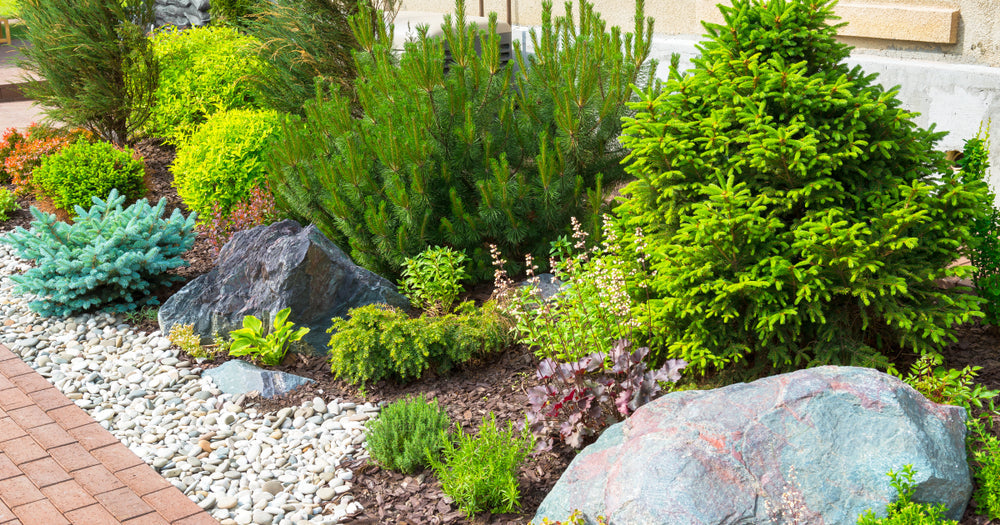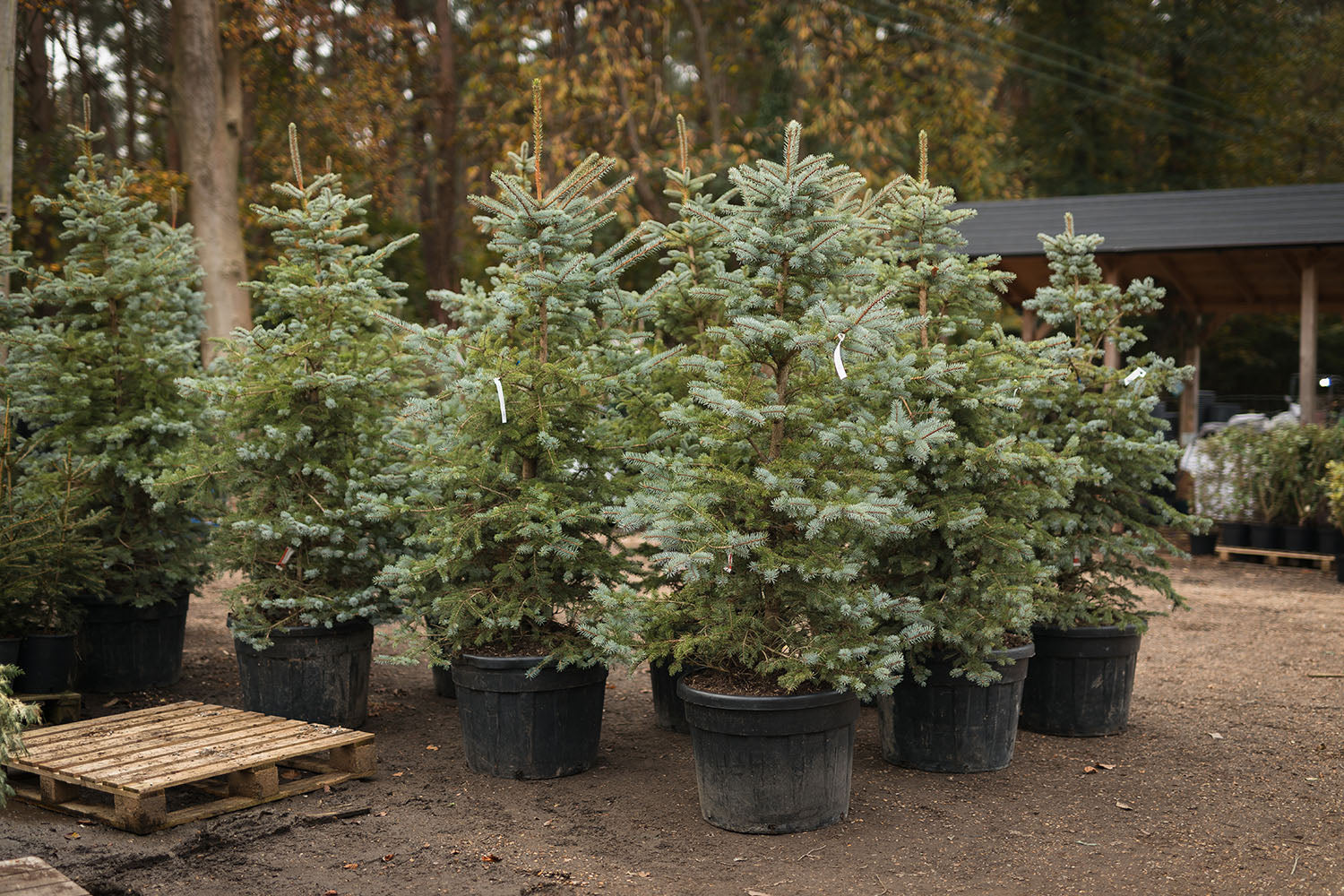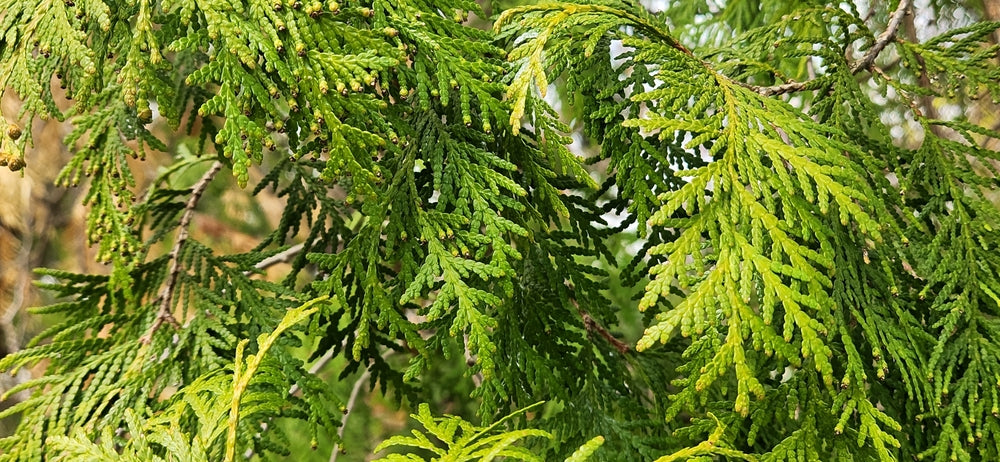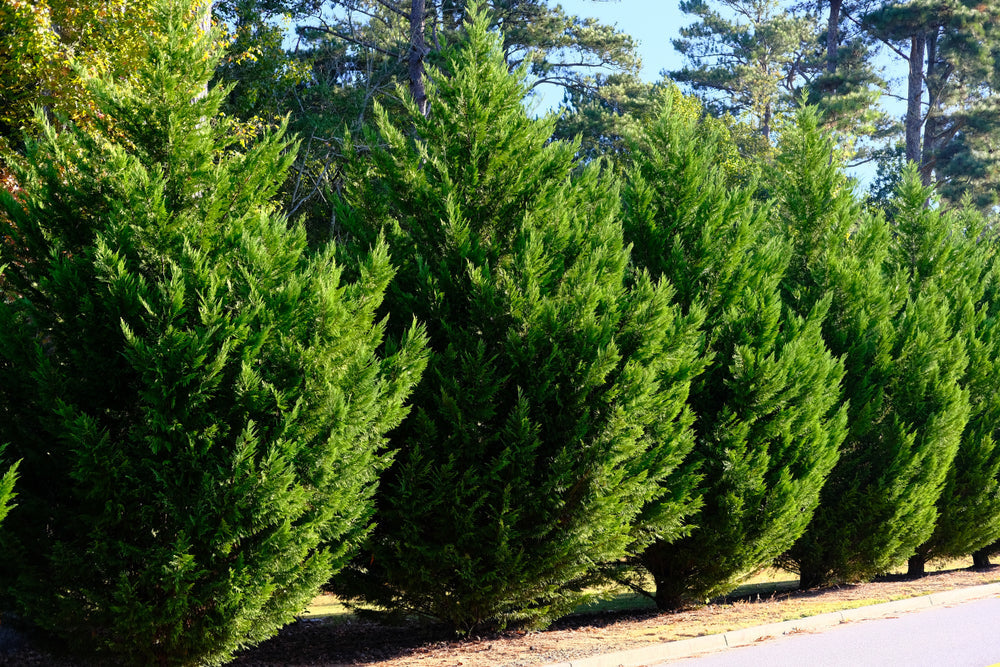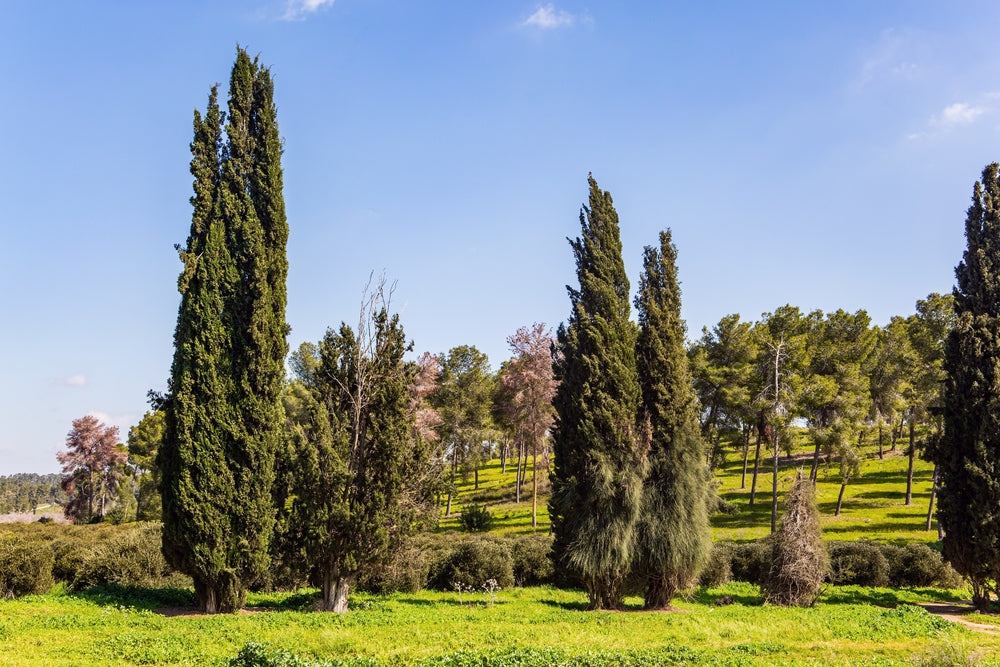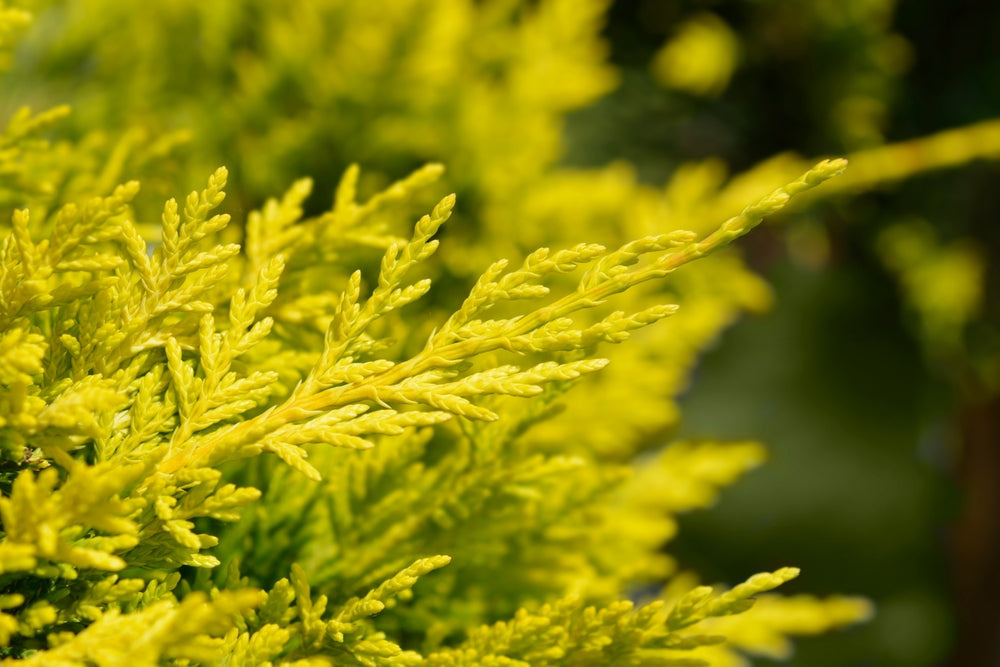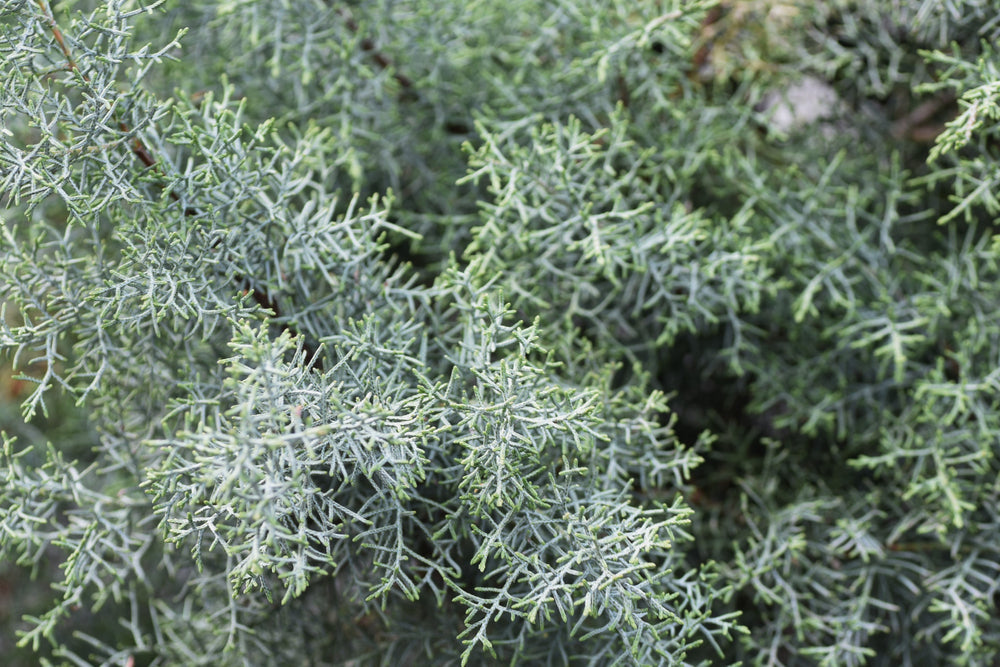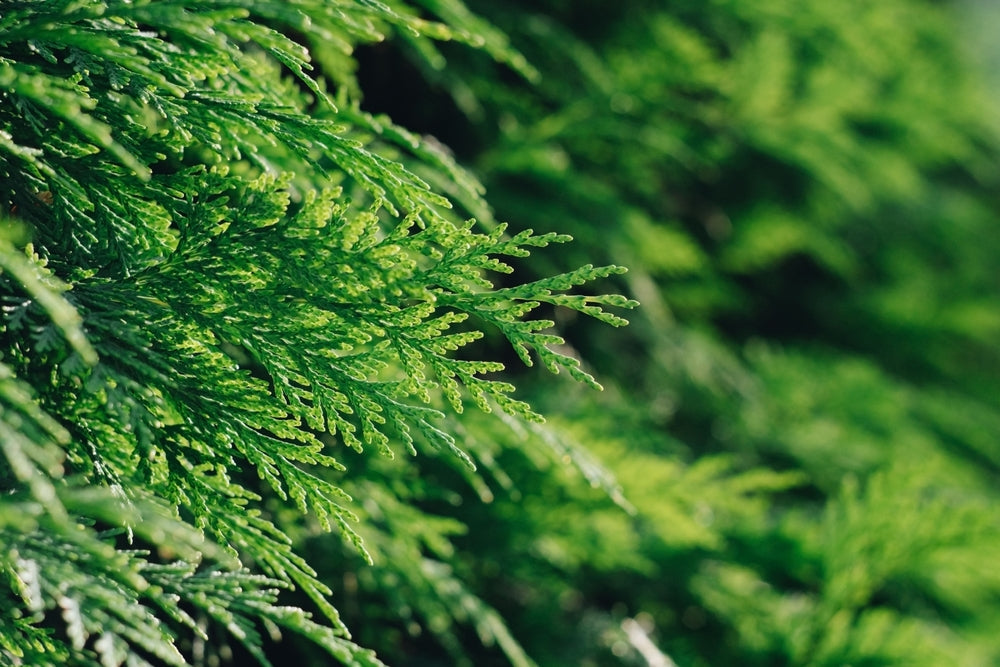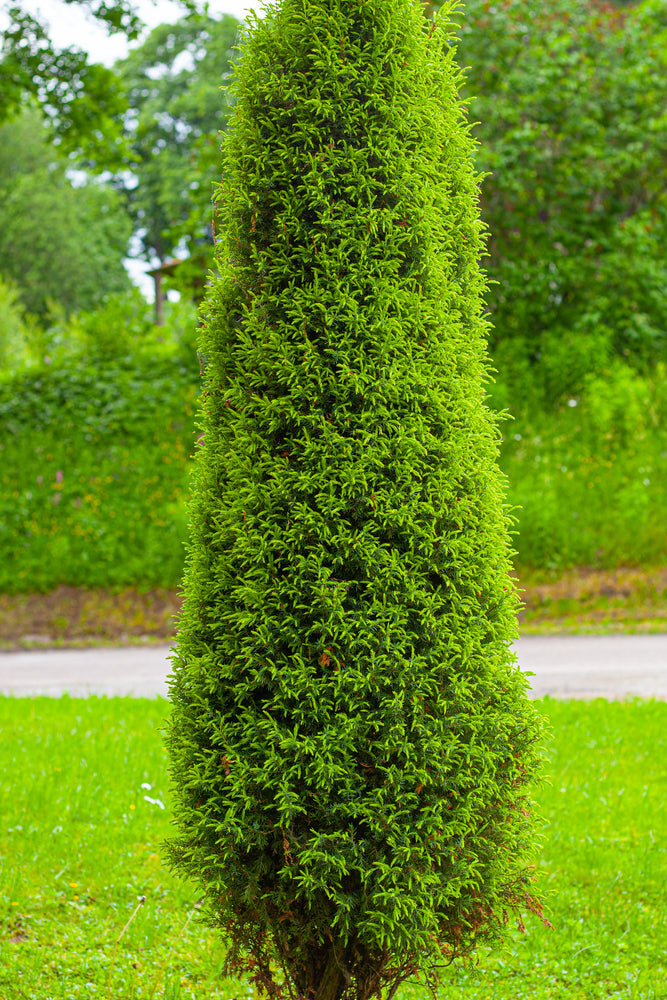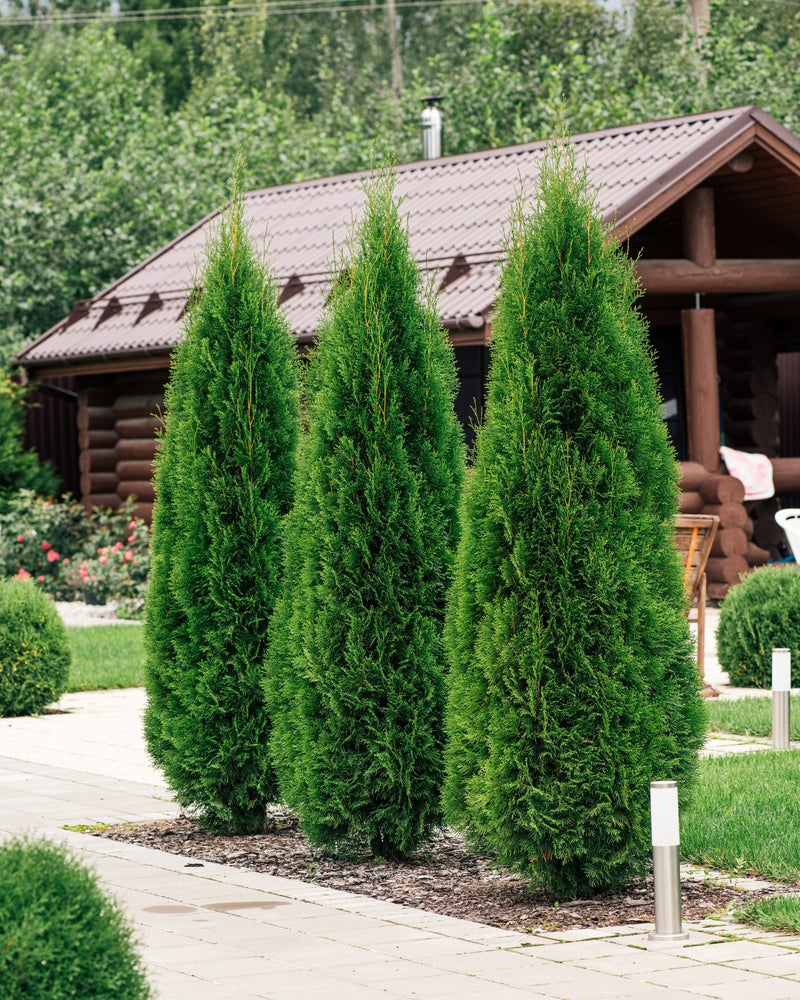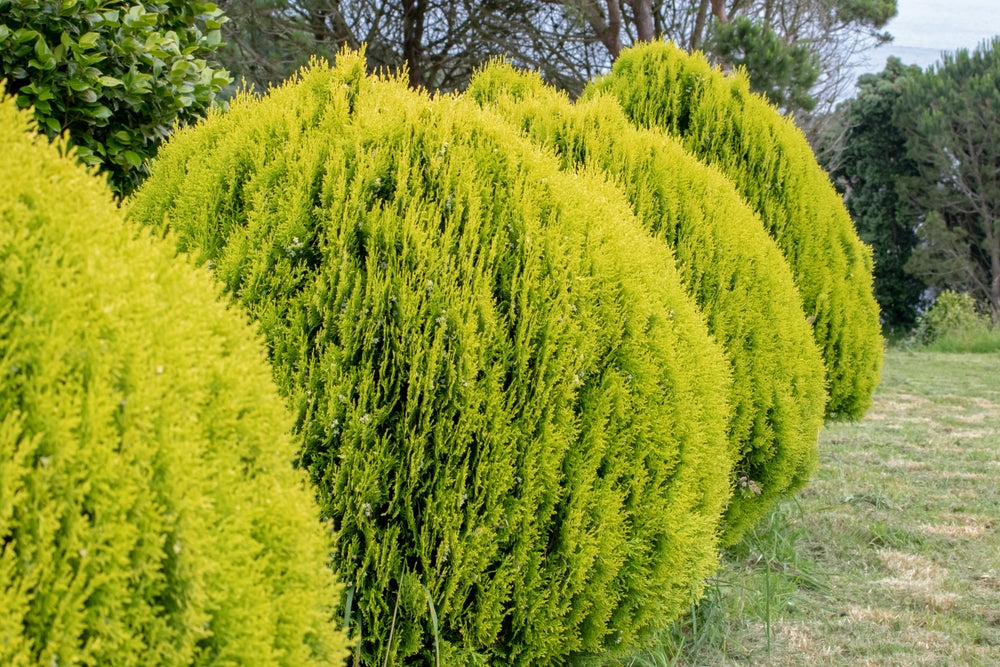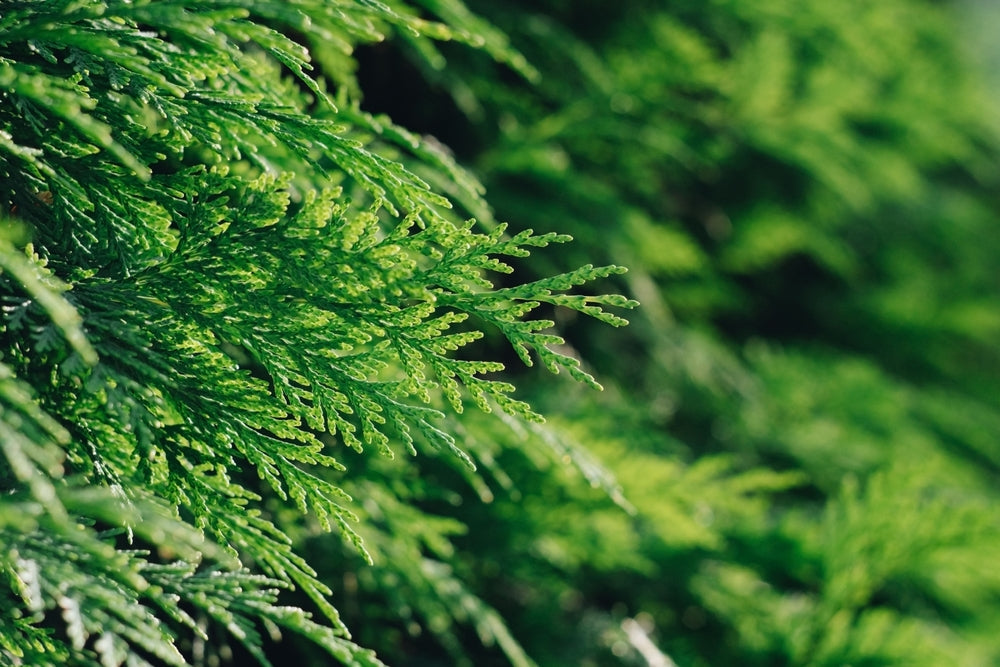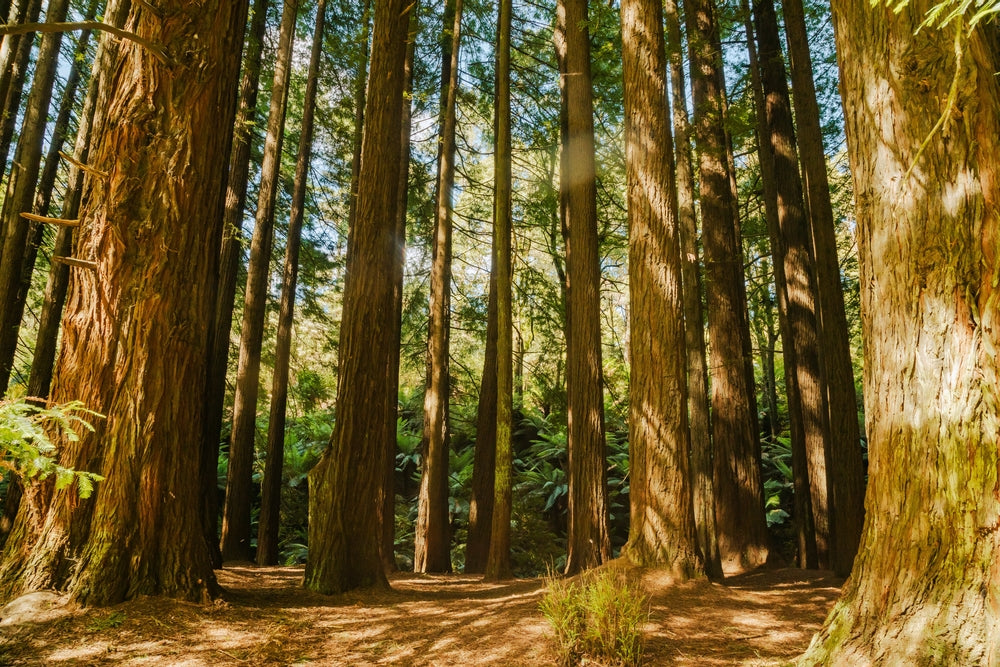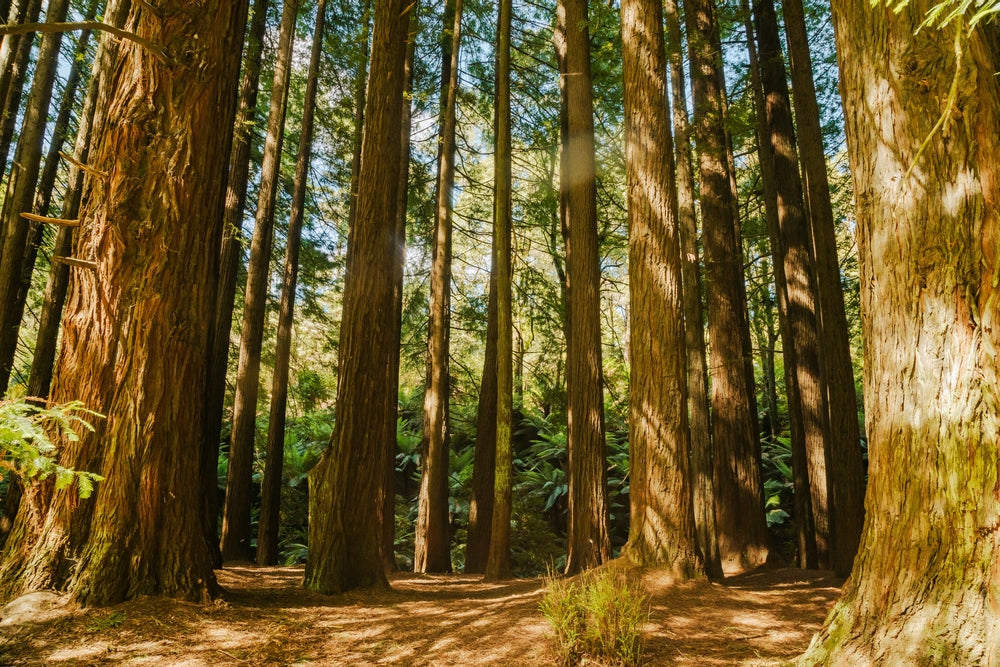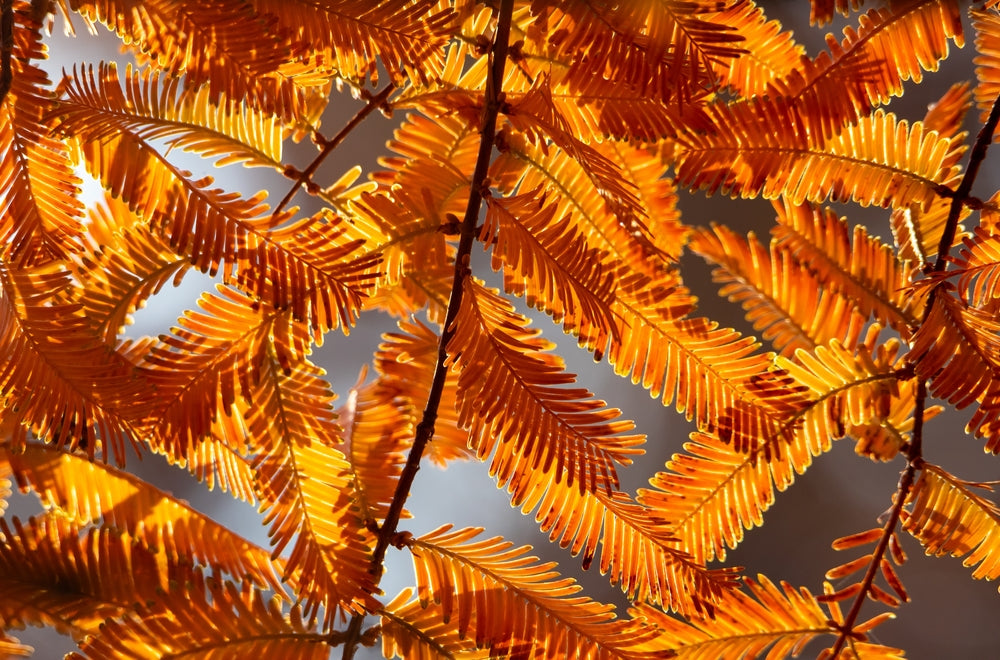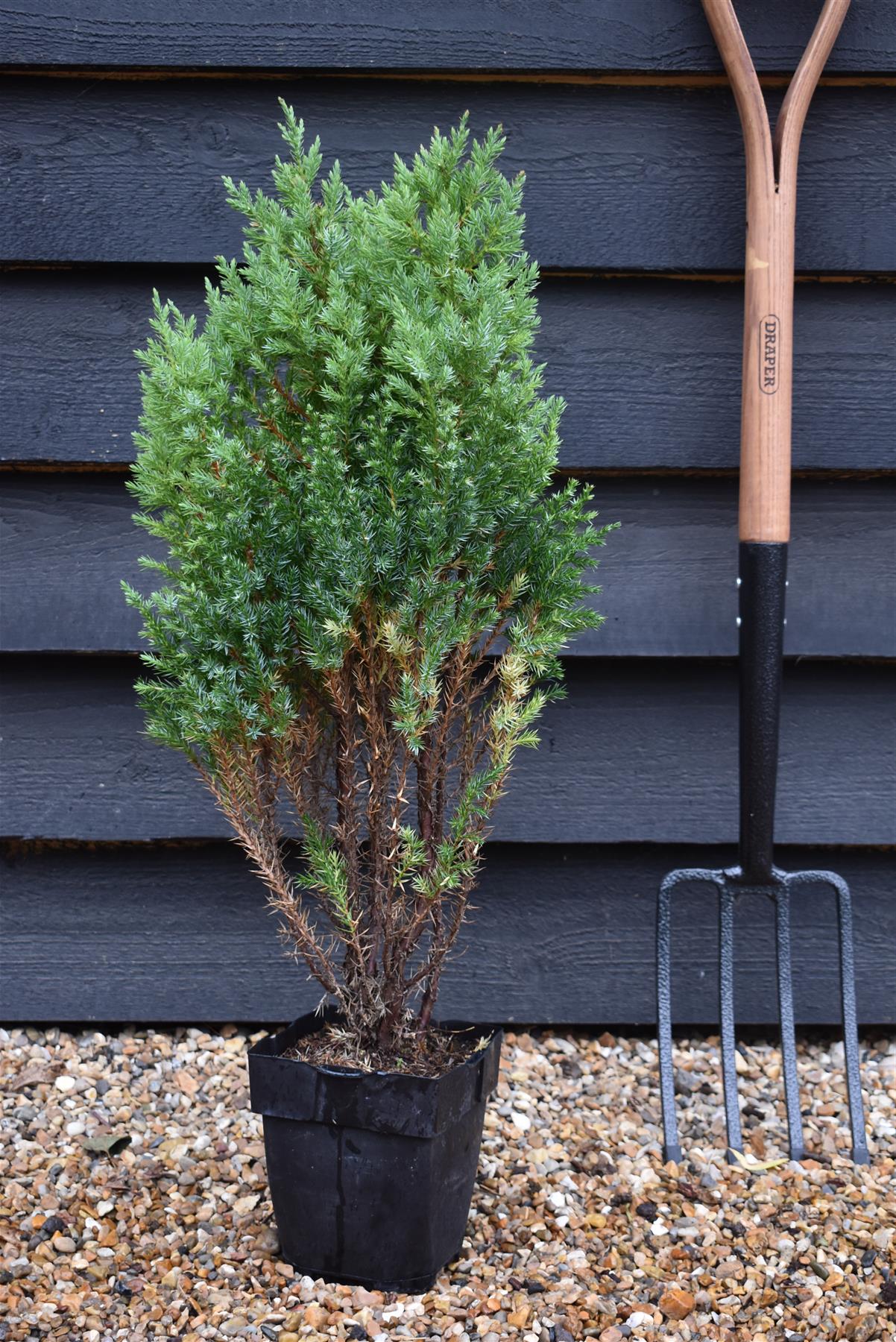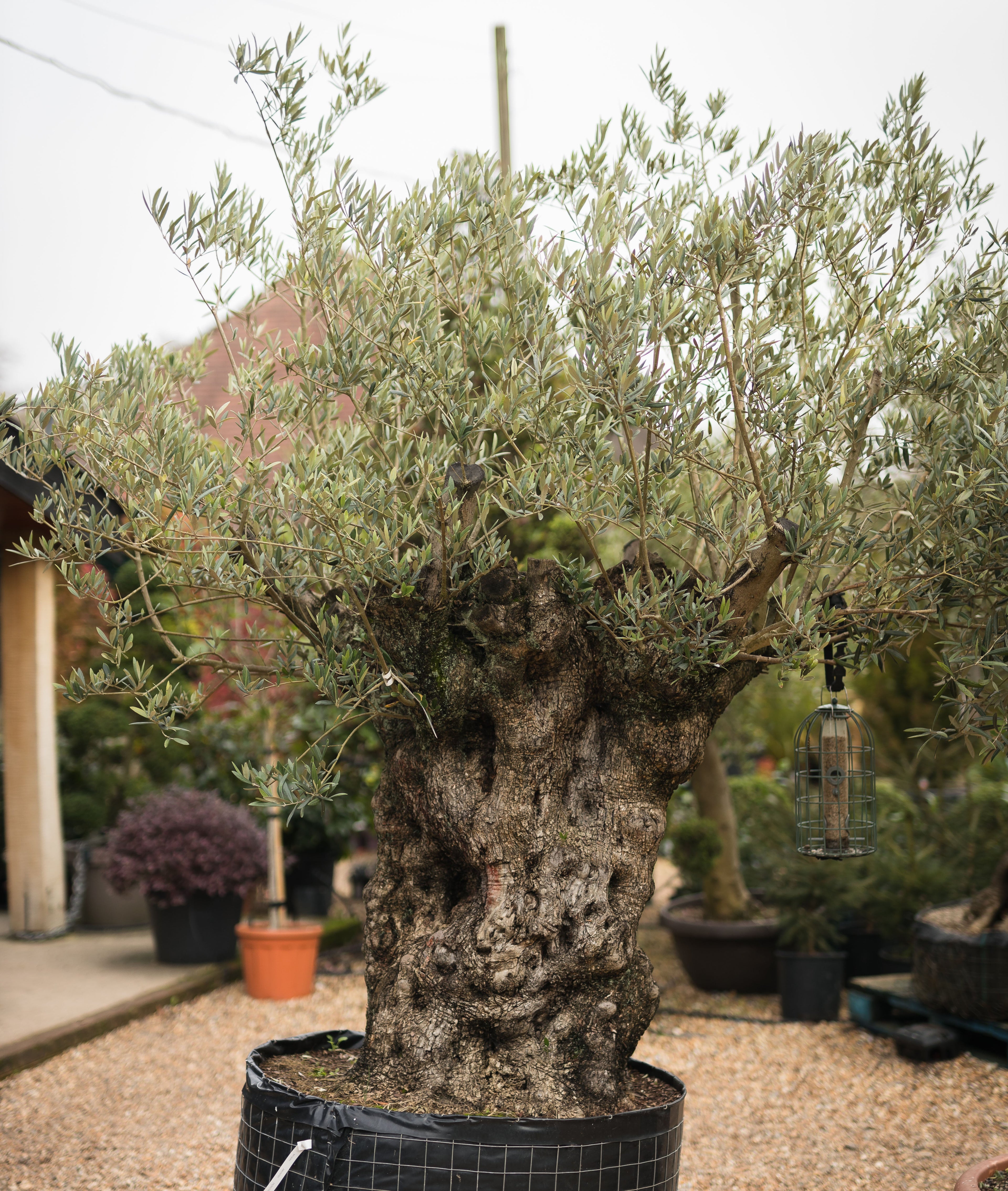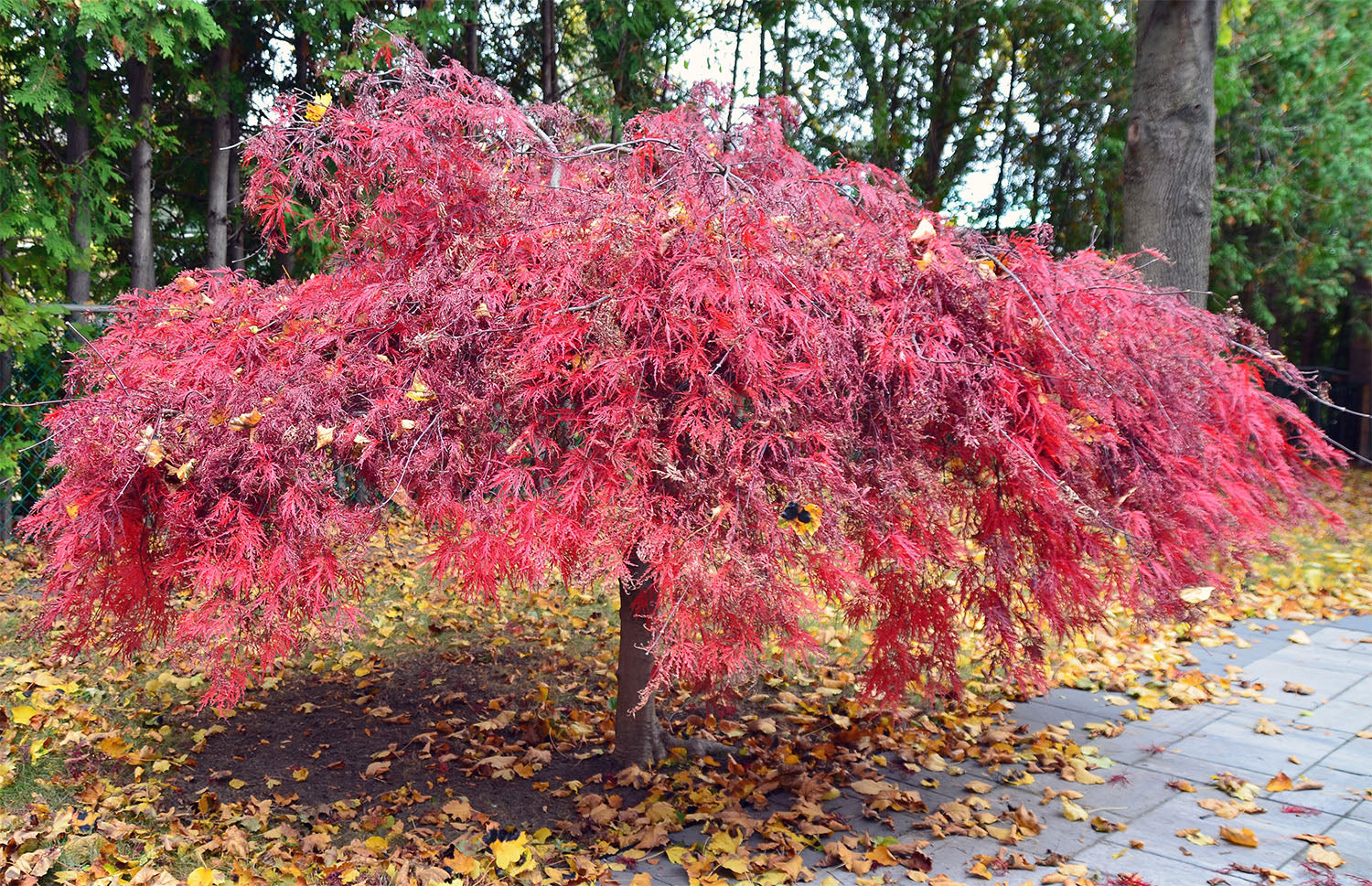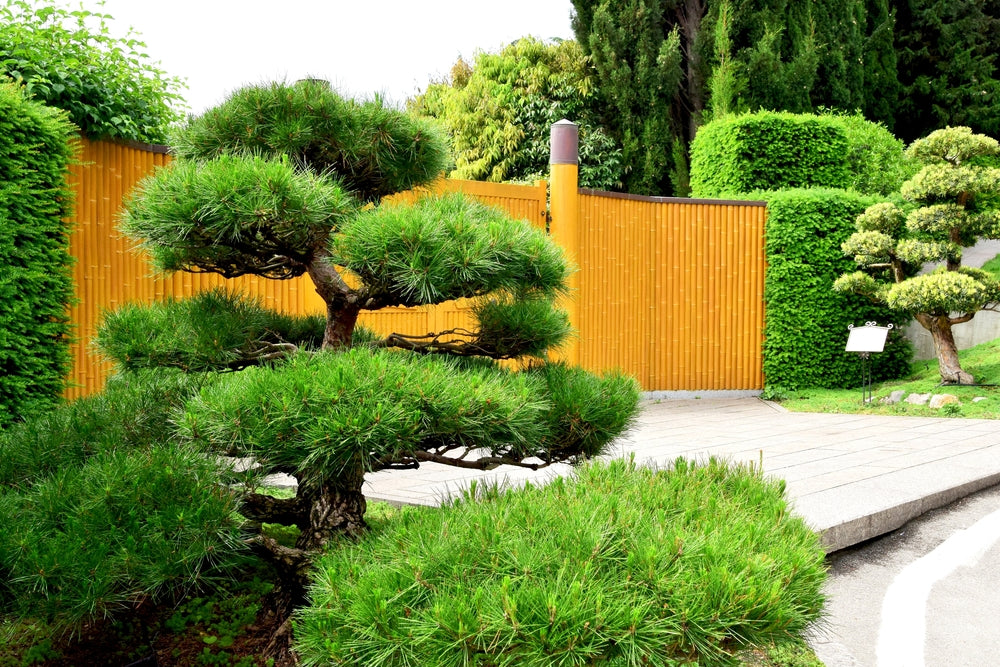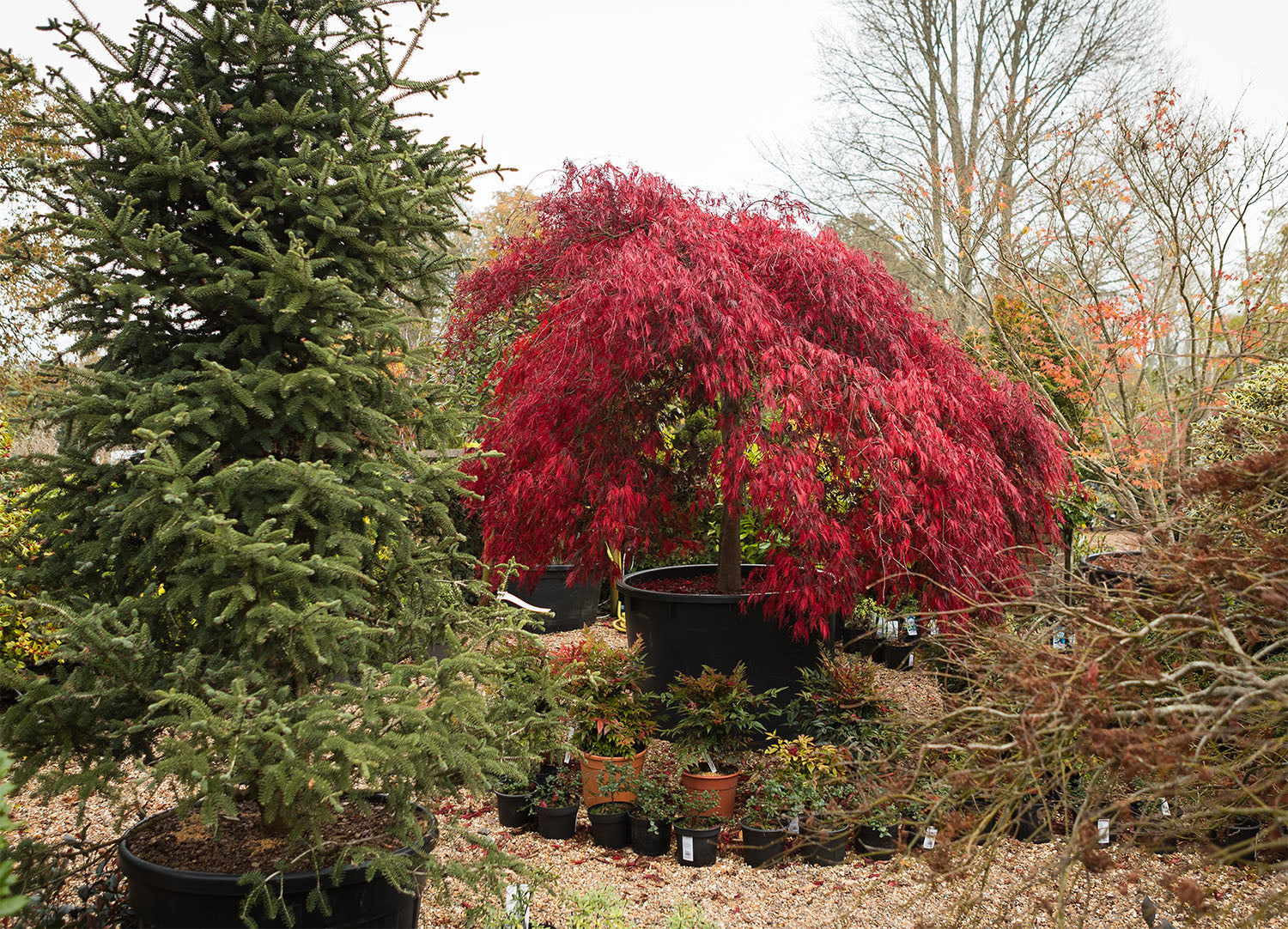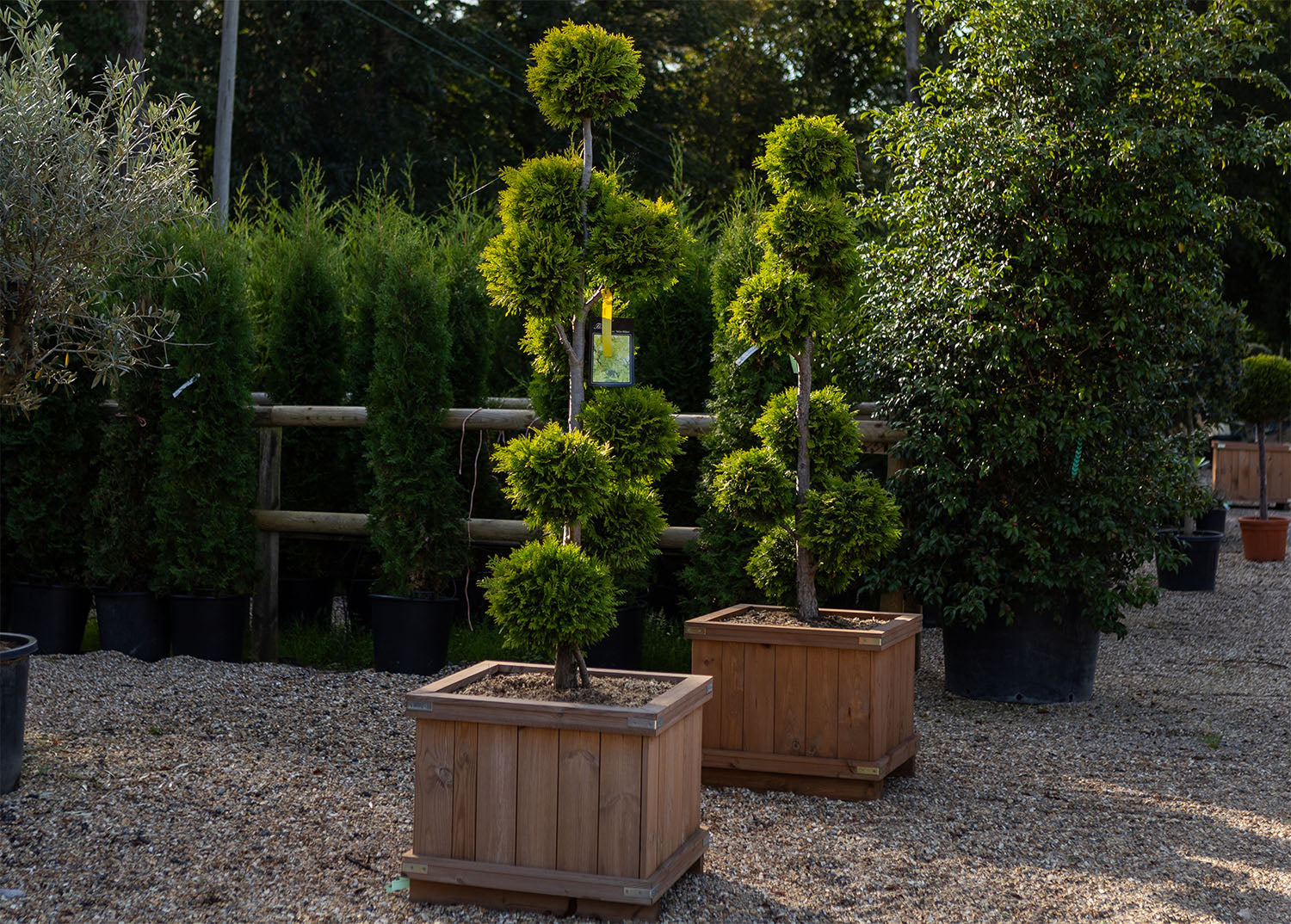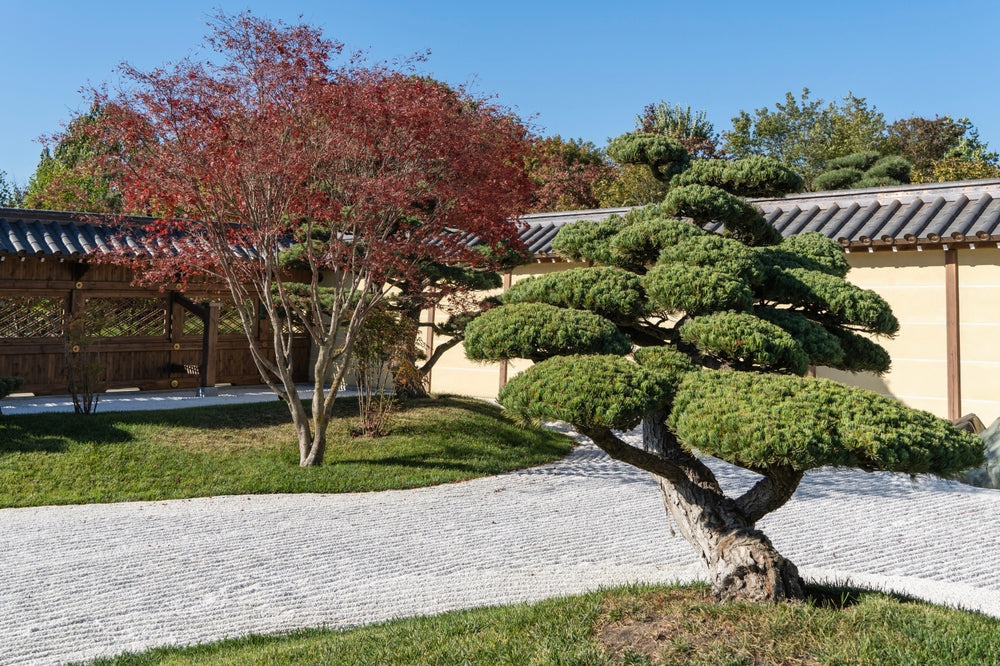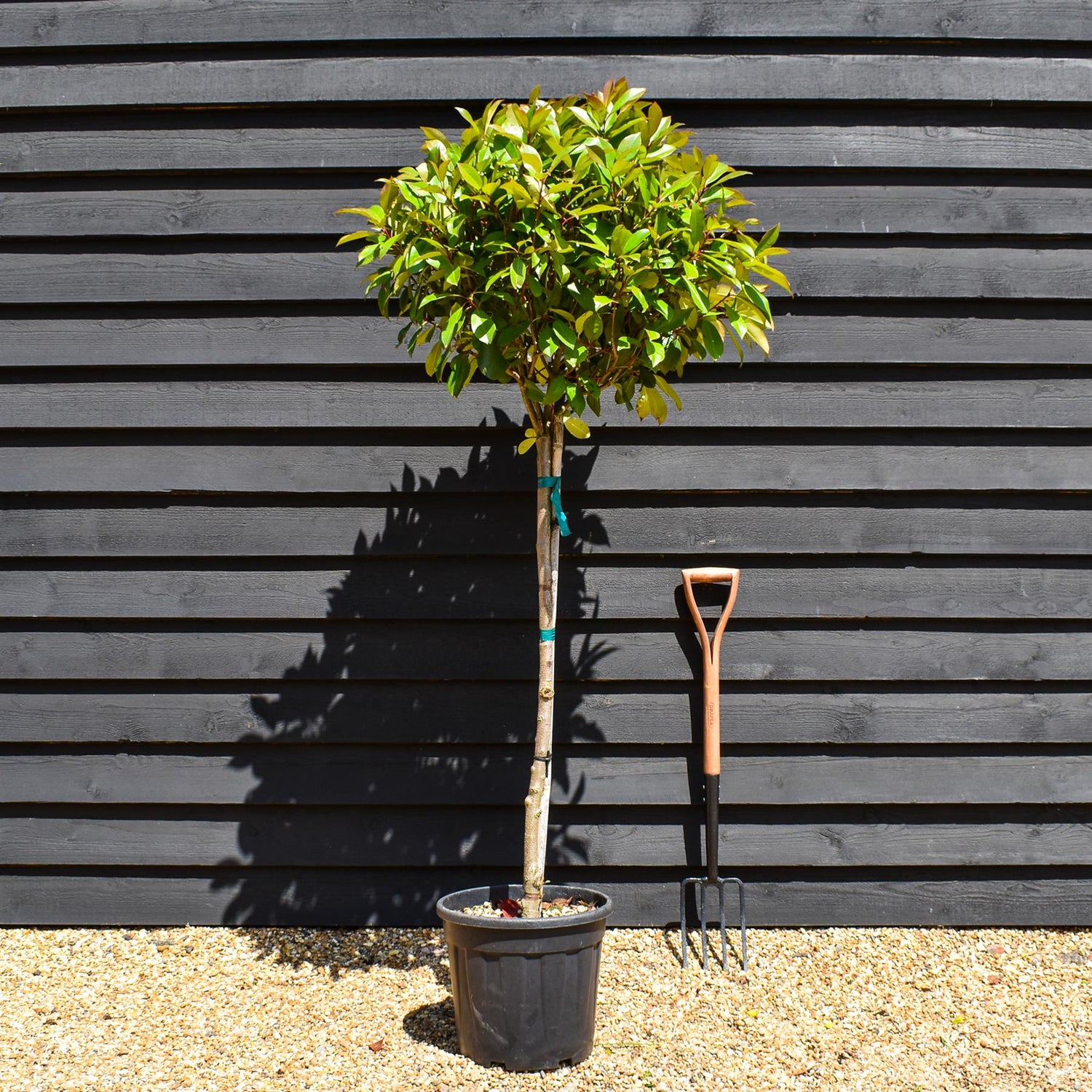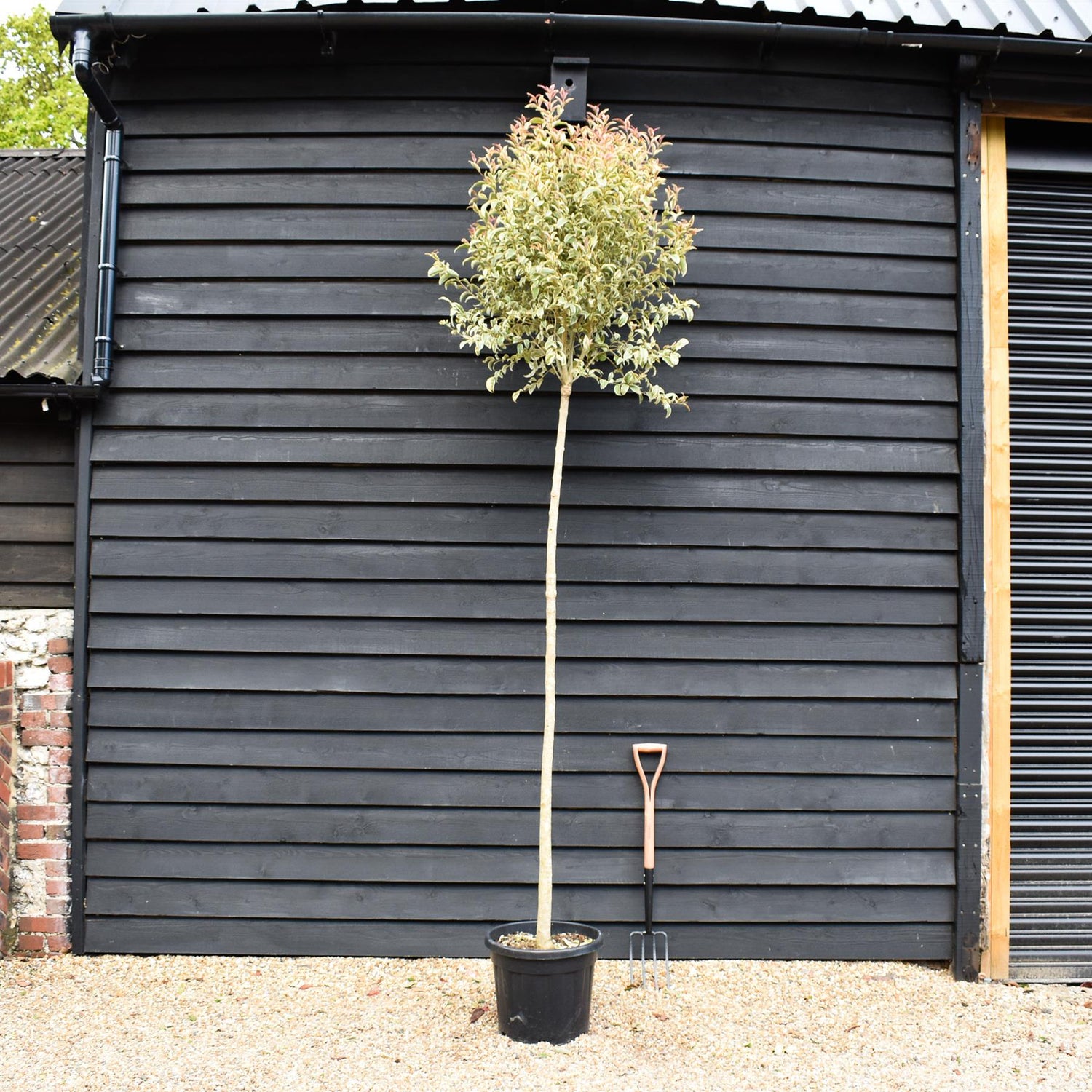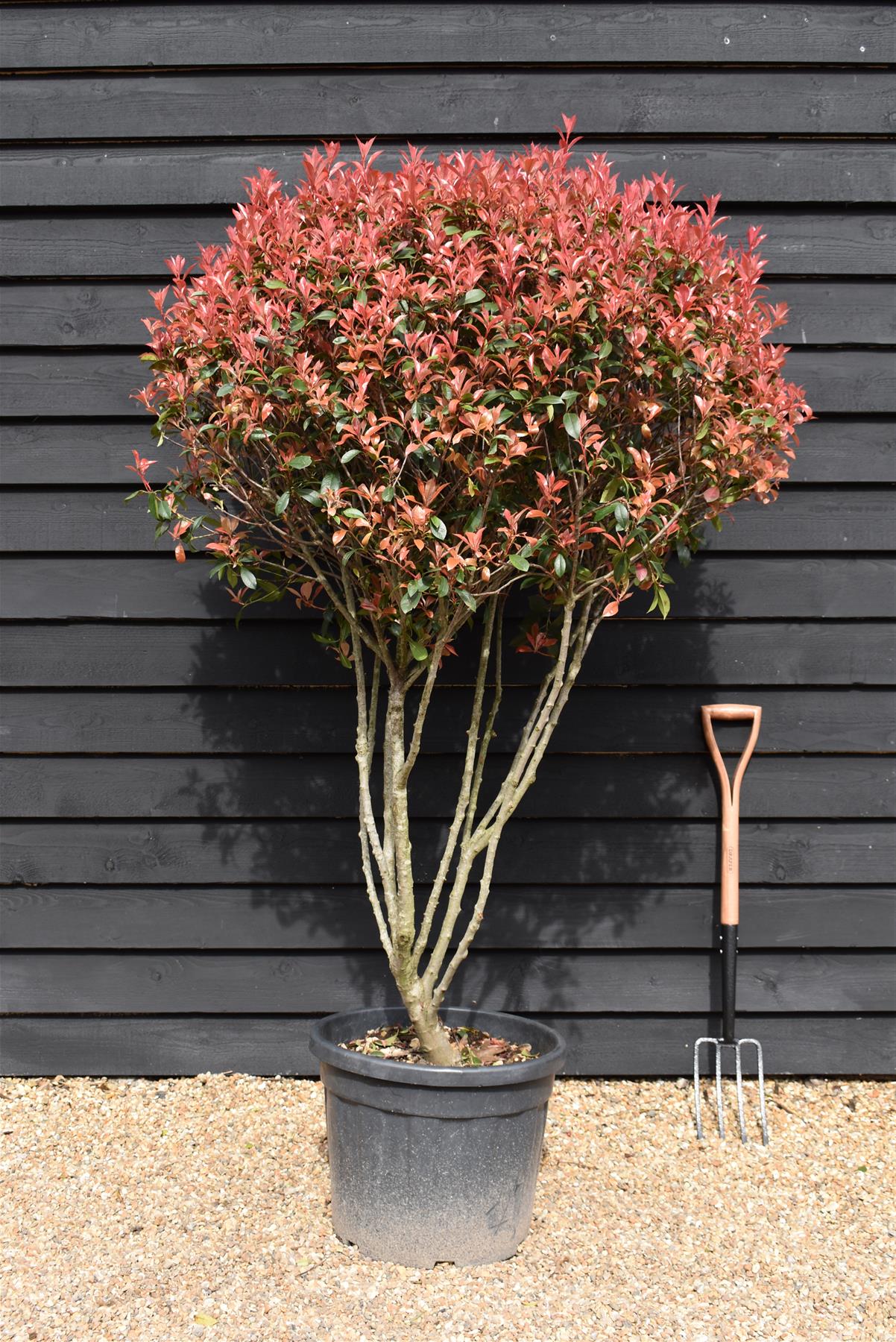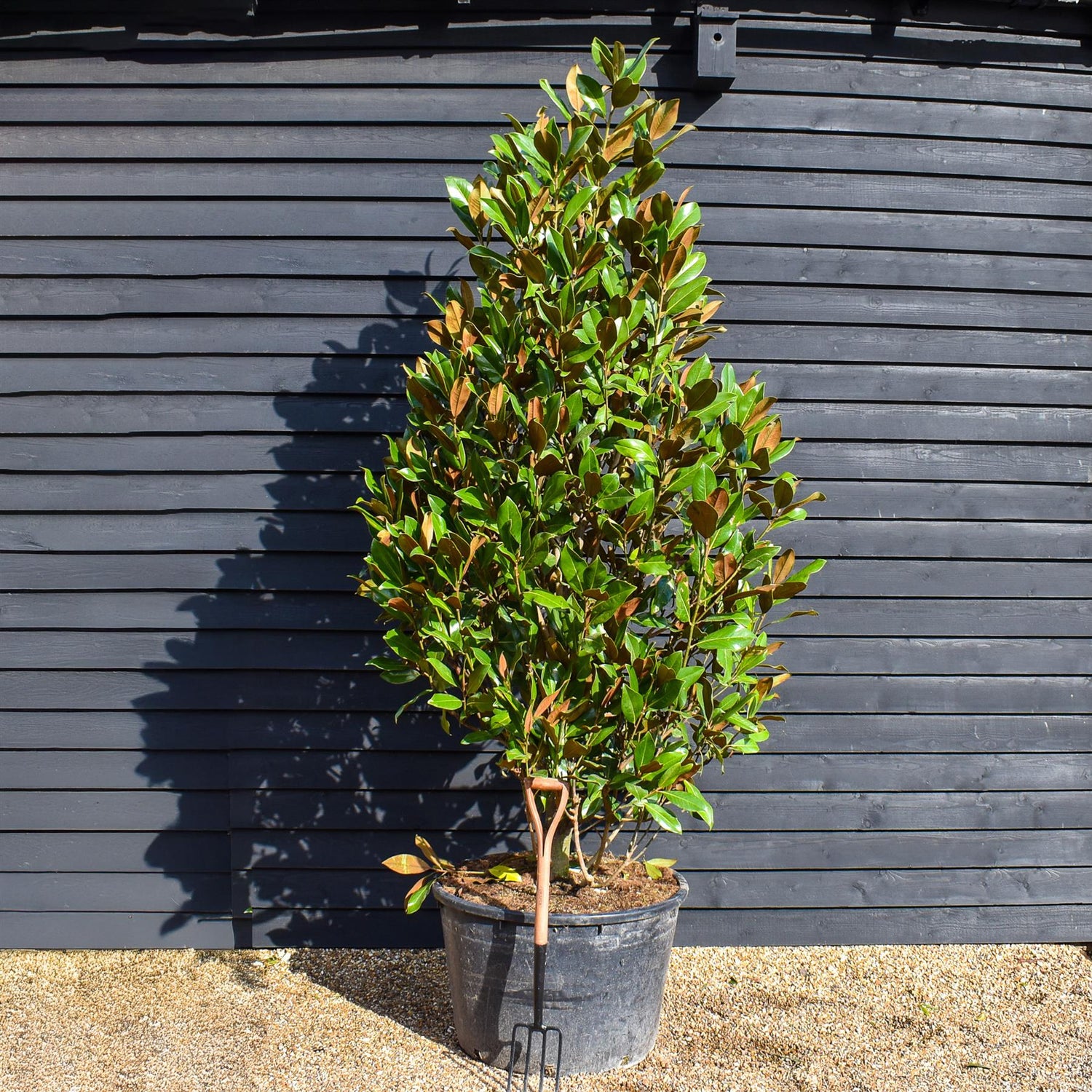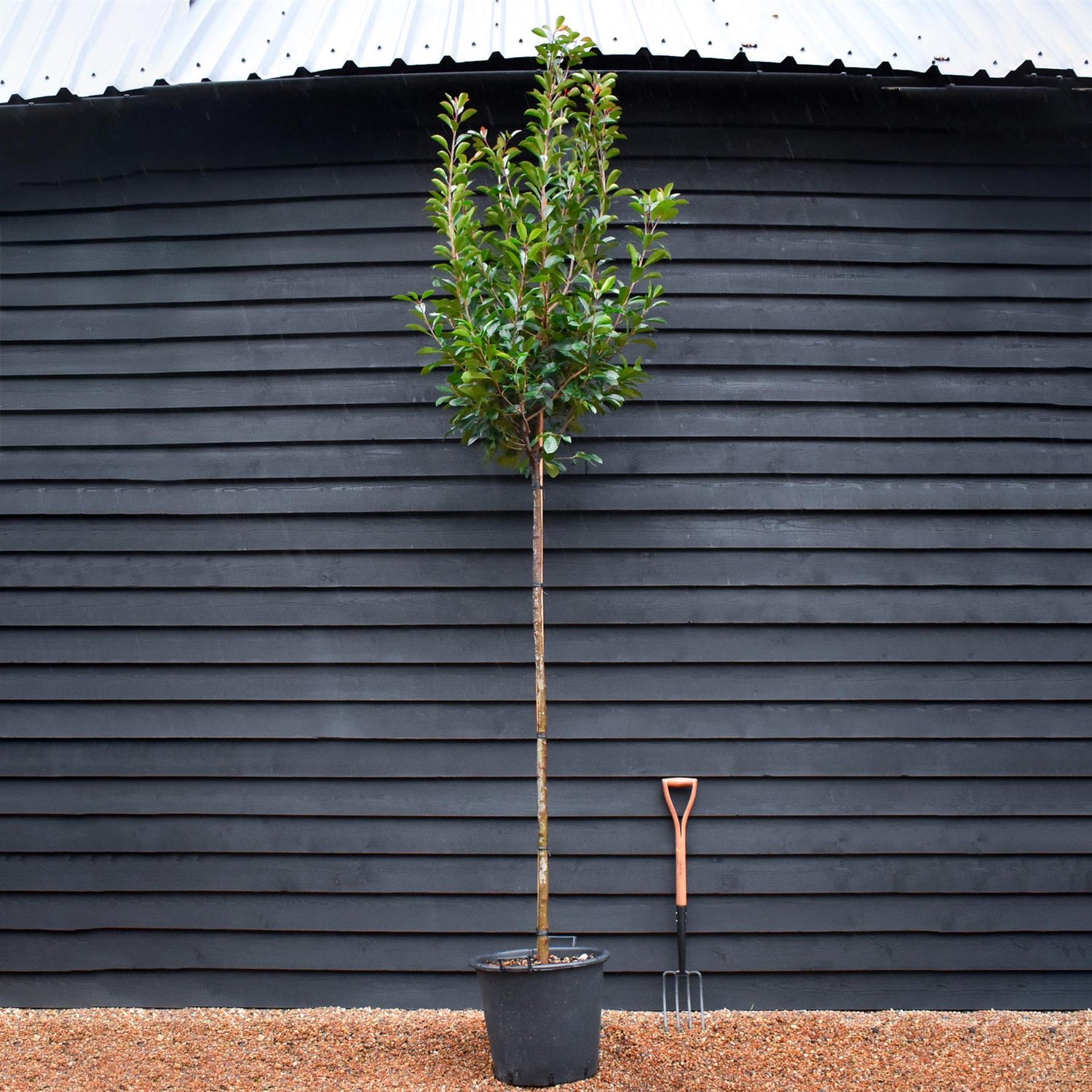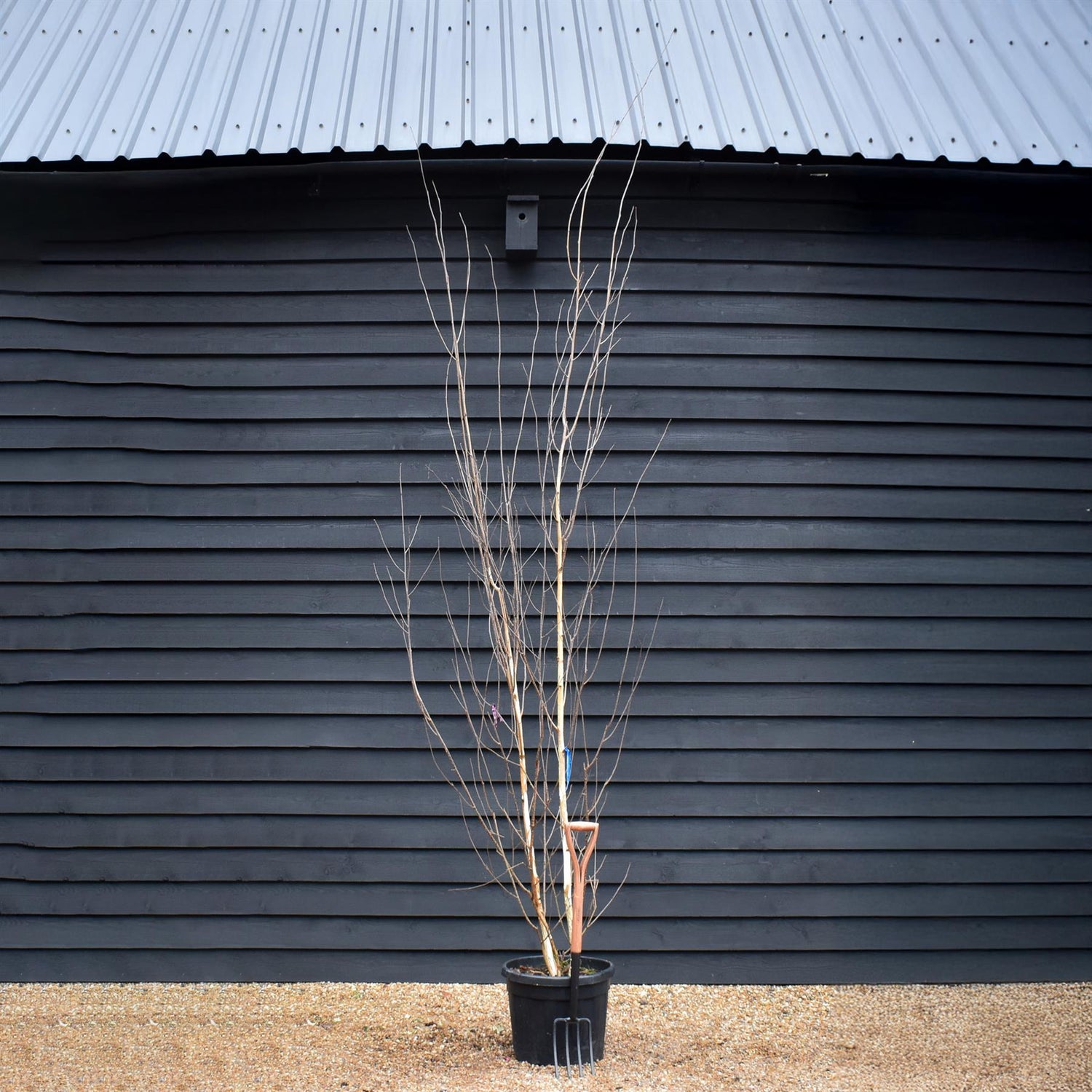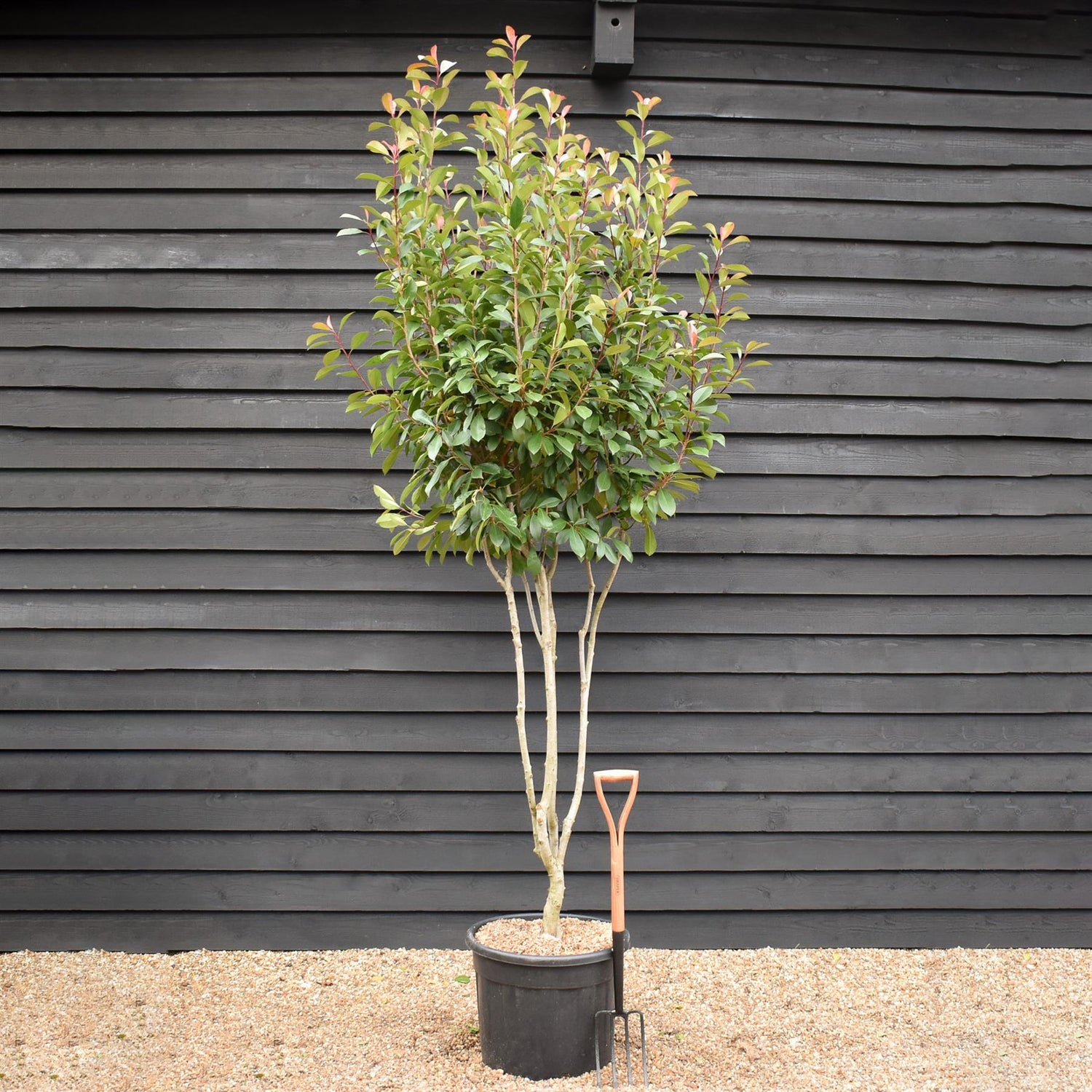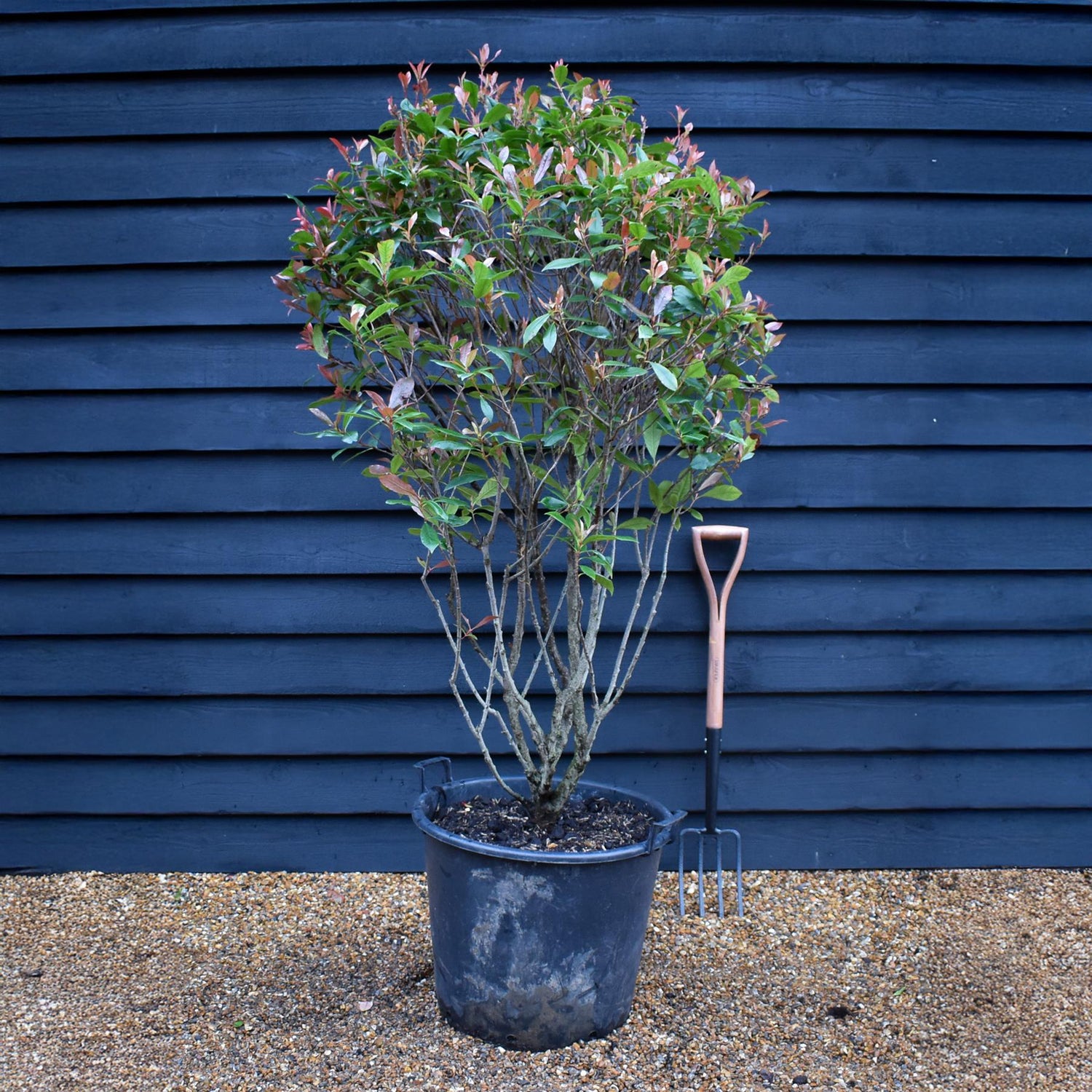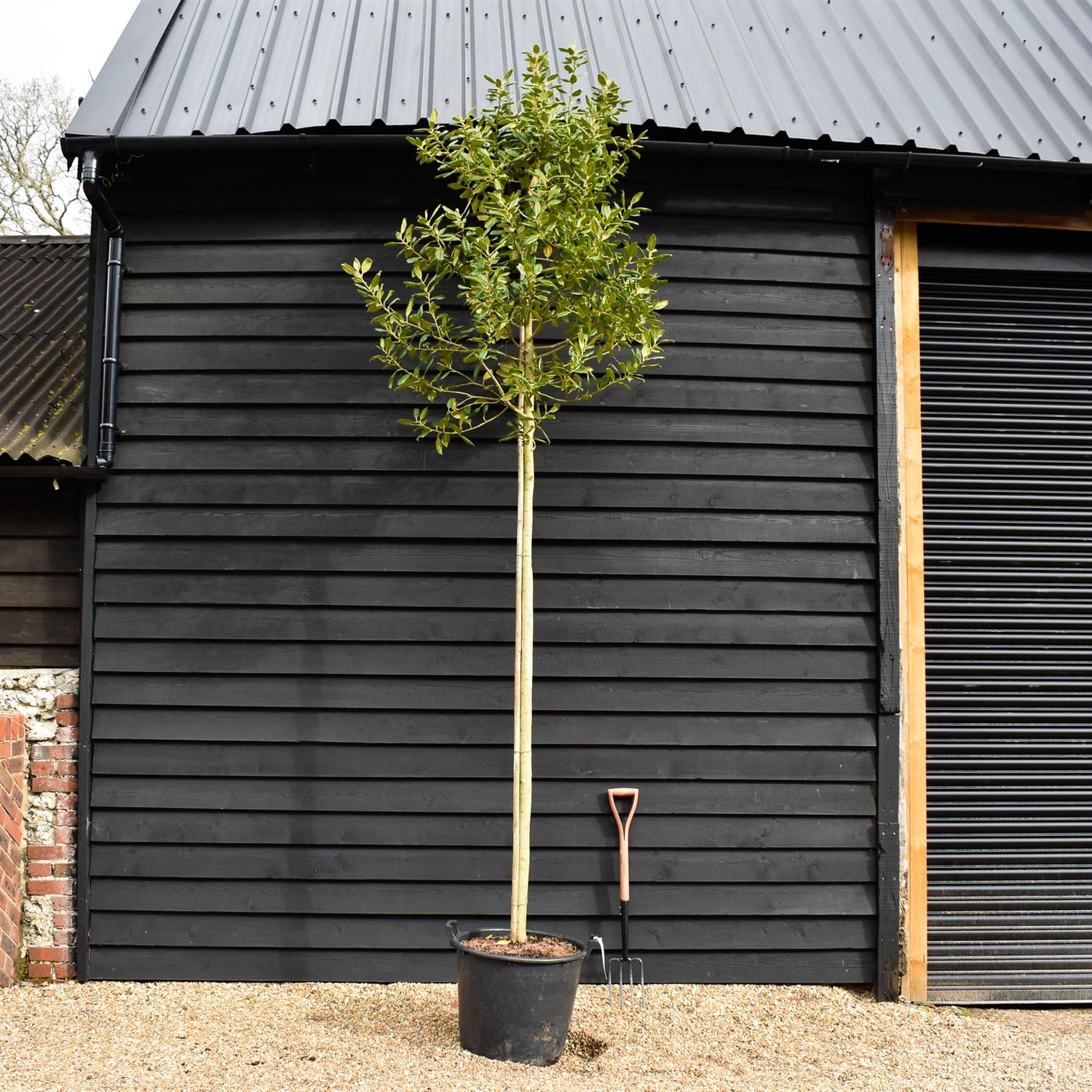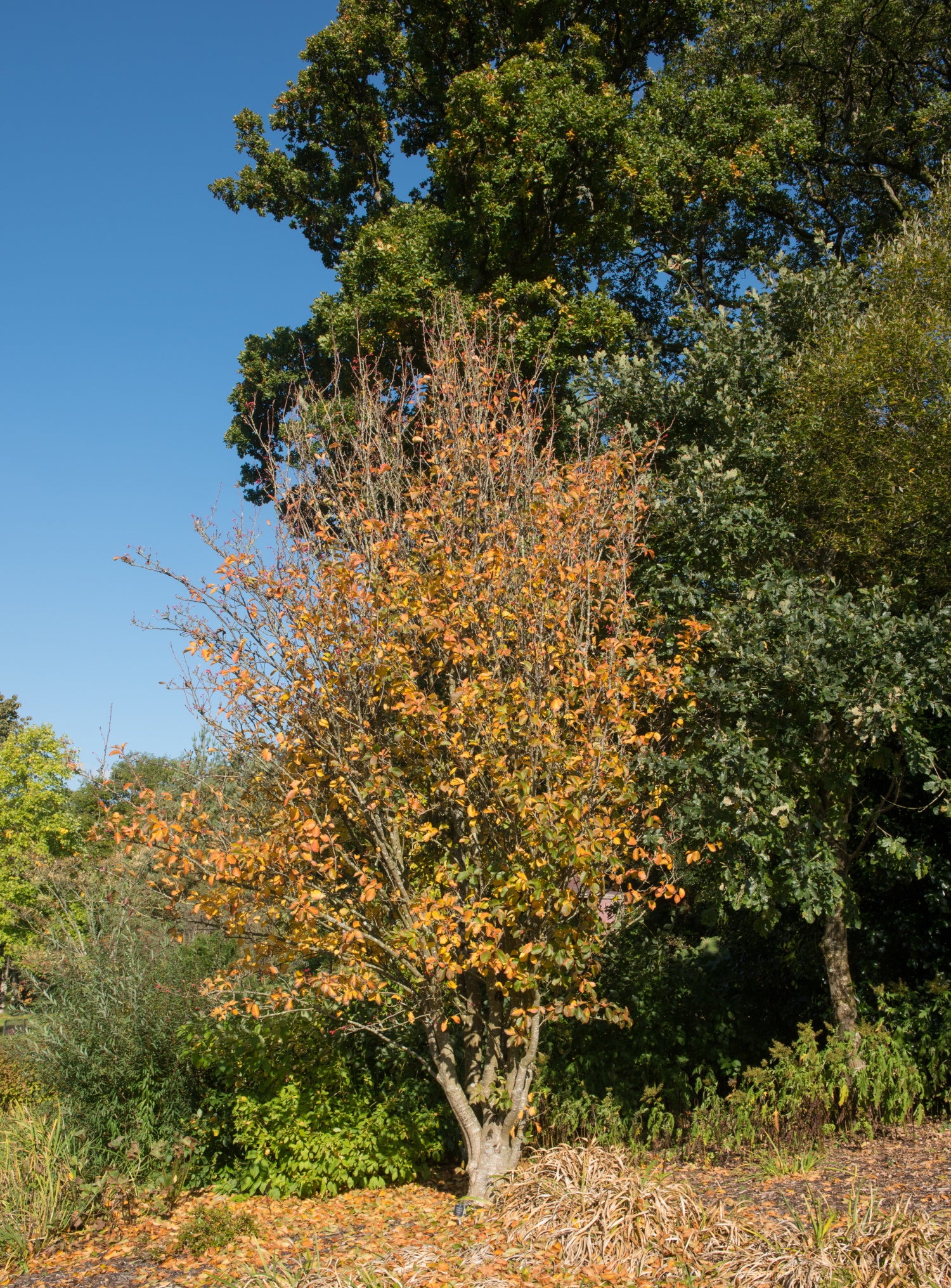118 products
118 products
Sort by:

Cercis chinensis Shirobana- Height 200-220cm - Feathered - 20lt
£128.00
Unit price perCercis chinensis Shirobana- Height 200-220cm - Feathered - 20lt
£128.00
Unit price perCercis chinensis 'Shirobana,' commonly referred to as Chinese Redbud 'Shirobana,' is an exceptional and eye-catching ornamental tree that can grace British gardens and landscapes with its unique and captivating features. Originally hailing from China, this cultivar has garnered international acclaim for its remarkable characteristics.
One of the most remarkable attributes of 'Shirobana' is its blossoms. During the spring season, prior to the emergence of its leaves, this tree adorns itself with a profusion of delicate, butterfly-like flowers. What sets it apart is its ability to produce different-colored blossoms on the same tree simultaneously, creating a spectacular display of colour variation that is truly enchanting.
The name 'Shirobana' translates to "white flower," underscoring the tree's ability to produce these stunning pale blooms alongside the usual pink and lavender ones. This unique trait makes 'Shirobana' particularly desirable for garden enthusiasts seeking to introduce an element of whimsy and diversity to their outdoor spaces.
The foliage of 'Shirobana' typically takes on a heart-shaped form and exhibits a medium green hue, serving as a splendid backdrop to the lavish spring blossoms. As the leaves mature, they may acquire a glossy sheen, adding to the tree's visual appeal. This deciduous tree usually reaches a height of around 3 to 4 meters and forms an elegant, gracefully-rounded canopy.
Maintaining Cercis chinensis 'Shirobana' in the UK is relatively straightforward. It thrives in well-drained soil and prefers a location that receives ample sunlight or partial shade. Ensuring adequate watering during dry spells and regular mulching to conserve moisture are key to its overall health and vitality. Pruning requirements are typically minimal, primarily focused on shaping the tree or removing any dead or overcrowded branches.
One of the advantages of 'Shirobana' is its notable resistance to common pests and diseases, contributing to its low-maintenance nature. Additionally, it exhibits adaptability to various soil types, making it a versatile choice for a wide range of garden settings.
In conclusion, Cercis chinensis 'Shirobana' is an extraordinary ornamental tree that can bring a sense of wonder and diversity to British gardens. Its multi-coloured spring blossoms, heart-shaped leaves, and manageable size make it an enchanting addition to landscapes, providing an opportunity for gardeners to experience the ever-changing palette of nature. Whether used as a focal point or to infuse charm into garden borders, 'Shirobana' is certain to captivate the hearts of those who encounter its mesmerizing beauty.

Amelanchier x grandiflora 'Robin Hill' - Clear Stem 150cm - Girth 6-8cm - Height 380-400cm - 30lt
£435.00
Unit price perAmelanchier x grandiflora 'Robin Hill' - Clear Stem 150cm - Girth 6-8cm - Height 380-400cm - 30lt
£435.00
Unit price perPhotinia x fraseri Red Robin - Multistem - Height 220-250cm - 150lt
£680.00
Unit price perPhotinia x fraseri Red Robin - Multistem - Height 220-250cm - 150lt
£680.00
Unit price perThe Photinia Red Robin multistem tree is a striking ornamental choice, perfect for adding vibrant structure and year-round interest to gardens. Its most distinctive feature is the brilliant red new foliage, which matures to glossy dark green, creating a dramatic contrast. In spring, clusters of small white flowers may bloom, attracting pollinators and adding seasonal charm. This multistem form showcases an elegant, architectural silhouette with multiple upright trunks, making it ideal as a focal point or for soft screening. Photinia Red Robin is evergreen, retaining its foliage throughout the year, and responds well to pruning, allowing for shape control and size management. It thrives in full sun to partial shade and prefers well-drained soil. Hardy and low-maintenance, it brings vibrant colour and structural interest to both contemporary and traditional garden settings, especially when underplanted with seasonal bulbs or low-growing perennials for layered visual appeal.
Photinia x fraseri Red Robin - Clear Stem 80-100cm - Height 170-180cm - 25lt
£195.00
Unit price perPhotinia x fraseri Red Robin - Clear Stem 80-100cm - Height 170-180cm - 25lt
£195.00
Unit price perhotinia x fraseri 'Red Robin' is a New Zealand selection of Fraser's Photinia. It’s a large, evergreen shrub or small tree with leathery, oval, glossy, brilliant, bright red leaves when they emerge, and dark green after several weeks. Small, 5-petal, white flowers bloom in spring and are rarely followed by red fruits which can persist throughout winter. Spring pruning eliminates flowers and stimulates new red growth. Photinia x fraseri 'Red Robin' grows best in average, fertile, slightly acidic, medium moisture, well-drained soils, but is adaptable to a wide range of soils, except waterlogged and compact. Once established, it is resistant of frost and drought. Young leaves may be damaged by late frosts, therefore it should be sheltered, especially from harsh winds. Low maintenance plant. Photinia x fraseri 'Red Robin' is a very popular evergreen shrub, great as a specimen or accent plant, but perfect for hedges and screens, useful for noise reduction, or wind protection.
Robinia Pseudoacacia Frisia - Clear Stem 210cm - Girth 12-14cm - Height 380-400cm - 70lt
£610.00
Unit price perRobinia Pseudoacacia Frisia - Clear Stem 210cm - Girth 12-14cm - Height 380-400cm - 70lt
£610.00
Unit price perRobinia pseudoacacia 'Frisia' is a captivating and resilient deciduous tree, often recognized by its striking golden-yellow foliage. This robust cultivar stands out for its adaptability and rapid growth, often thriving in diverse environmental conditions, including urban areas with substantial pollution. Originating from the black locust tree, 'Frisia' inherits a hardy and enduring nature, demonstrating significant resistance to harsh weather conditions, rendering it a prevalent choice among garden enthusiasts and landscape architects.
The tree is a magnificent spectacle during the spring season when it is adorned with pendulous clusters of sweetly fragrant, white, pea-like flowers, attracting a myriad of pollinators, notably bees, enhancing biodiversity within its vicinity. The blooms are followed by smooth, elongated seed pods, contributing to the tree's visual appeal. The vibrant foliage, which creates a pronounced contrast with the surroundings, transitions to a lighter shade of yellow in the autumn, offering an extended period of visual interest.
Despite its aesthetic appeal and resilience, 'Frisia' necessitates vigilant management due to its propensity for suckering and its invasive nature. Proper pruning is vital to maintain its structural integrity and curtail unrestrained growth. This tree is suitable for individuals seeking a low-maintenance yet visually arresting focal point in their landscapes.
Ligustrum lucidum | Chinese privet tree - Standard - Girth 8-10cm - Height 260-275cm - 35lt
£300.00
Unit price perLigustrum lucidum | Chinese privet tree - Standard - Girth 8-10cm - Height 260-275cm - 35lt
£300.00
Unit price perLigustrum lucidum, commonly known as glossy privet, is an evergreen tree or large shrub native to China. It belongs to the Oleaceae family and is widely cultivated around the world for ornamental and practical purposes. The tree is particularly valued for its attractive, glossy green leaves, which are oval-shaped, leathery, and have a distinct shine that gives the species its name. It can grow up to 10–15 metres in height under favourable conditions, forming a dense, rounded crown.
The small, creamy-white flowers appear in summer and are borne in upright panicles. Though not particularly showy, they are fragrant and attract bees and other pollinators. The flowers give way to clusters of small, black, berry-like fruits in autumn, which are favoured by birds but considered mildly toxic to humans if ingested in large quantities.
Ligustrum lucidum is highly adaptable and tolerant of a range of soils, urban pollution, drought, and pruning, making it a popular choice for hedging, screening, and roadside planting.
Alnus Incana Aurea - Grey Alder - Height 250-270cm - 30lt
£195.00
Unit price perAlnus Incana Aurea - Grey Alder - Height 250-270cm - 30lt
£195.00
Unit price perAlnus incana 'Aurea', known as the Golden Alder, is a deciduous tree prized for its striking yellow foliage and adaptability to various growing conditions. This cultivar is a variation of the grey alder (Alnus incana), native to Europe, North America, and parts of Asia, and is widely cultivated for its ornamental appeal.
Reaching a height of 6 to 10 metres, with a spread of 4 to 6 metres, Alnus incana 'Aurea' is medium-sized, making it suitable for smaller gardens as well as larger landscapes. It is noted for its smooth, greyish bark, which contrasts beautifully with its bright golden-yellow leaves that emerge in early spring. As the season progresses, the foliage turns a lime green, maintaining a light and airy appearance. The leaves are ovate, serrated, and slightly sticky to the touch when young.
In winter, this tree adds visual interest with its small, cone-like fruits and hanging catkins that persist on the branches. The catkins are yellow-brown and appear before the leaves in early spring, contributing to the tree’s year-round appeal.
Alnus incana 'Aurea' is an extremely hardy tree, thriving in a variety of soil types, including wet and poorly drained soils. It is often planted in areas prone to flooding or along riverbanks, as it is highly tolerant of waterlogged conditions. The tree also fixes nitrogen in the soil through symbiotic relationships with root nodules, which improves soil fertility.
Though low-maintenance, the Golden Alder benefits from occasional pruning to maintain its shape and encourage healthy growth. This fast-growing tree is a great choice for those looking to introduce colour and texture to their garden while supporting local wildlife, as it provides shelter and food for birds and insects.
Photinia Red Robin | Christmas berry 'Red Robin' - 400-420cm - 10cm - 45lt
£450.00
Unit price perPhotinia Red Robin | Christmas berry 'Red Robin' - 400-420cm - 10cm - 45lt
£450.00
Unit price perLiquidambar styraciflua 'Gum Ball' - Standard - Clear Stem 200cm - Girth 8-10cm - Height 270cm - 18lt
£285.00
Unit price perLiquidambar styraciflua 'Gum Ball' - Standard - Clear Stem 200cm - Girth 8-10cm - Height 270cm - 18lt
£285.00
Unit price perPhotinia x fraseri Red Robin Compacta - Multistem - Height 180cm - 70lt
£280.00
Unit price perPhotinia x fraseri Red Robin Compacta - Multistem - Height 180cm - 70lt
£280.00
Unit price perPhotinia x fraseri 'Red Robin' is a New Zealand selection of Fraser's Photinia. It’s a large, evergreen shrub or small tree with leathery, oval, glossy, brilliant, bright red leaves when they emerge, and dark green after several weeks. Small, 5-petal, white flowers bloom in spring and are rarely followed by red fruits which can persist throughout winter. Spring pruning eliminates flowers and stimulates new red growth. Photinia x fraseri 'Red Robin' grows best in average, fertile, slightly acidic, medium moisture, well-drained soils, but is adaptable to a wide range of soils, except waterlogged and compact. Once established, it is resistant of frost and drought. Young leaves may be damaged by late frosts, therefore it should be sheltered, especially from harsh winds. Low maintenance plant. Photinia x fraseri 'Red Robin' is a very popular evergreen shrub, great as a specimen or accent plant, but perfect for hedges and screens, useful for noise reduction, or wind protection.
Ilex Nellie R Stevens | Holly 'Nellie R. Stevens' - Standard - Height 320-340cm - Girth 16-18cm - 80lt
£495.00
Unit price perIlex Nellie R Stevens | Holly 'Nellie R. Stevens' - Standard - Height 320-340cm - Girth 16-18cm - 80lt
£495.00
Unit price perMagnolia grandiflora | Evergreen Southern Magnolia - Large Bushy Tree - Height 250-300cm - 230lt
£990.00
Unit price perMagnolia grandiflora | Evergreen Southern Magnolia - Large Bushy Tree - Height 250-300cm - 230lt
£990.00
Unit price perPhotinia x fraseri Red Robin - Clear Stem - Girth 8-10cm - Height - 300-320cm - 70lt
£410.00
Unit price perPhotinia x fraseri Red Robin - Clear Stem - Girth 8-10cm - Height - 300-320cm - 70lt
£410.00
Unit price perhotinia x fraseri 'Red Robin' is a New Zealand selection of Fraser's Photinia. It’s a large, evergreen shrub or small tree with leathery, oval, glossy, brilliant, bright red leaves when they emerge, and dark green after several weeks. Small, 5-petal, white flowers bloom in spring and are rarely followed by red fruits which can persist throughout winter. Spring pruning eliminates flowers and stimulates new red growth. Photinia x fraseri 'Red Robin' grows best in average, fertile, slightly acidic, medium moisture, well-drained soils, but is adaptable to a wide range of soils, except waterlogged and compact. Once established, it is resistant of frost and drought. Young leaves may be damaged by late frosts, therefore it should be sheltered, especially from harsh winds. Low maintenance plant. Photinia x fraseri 'Red Robin' is a very popular evergreen shrub, great as a specimen or accent plant, but perfect for hedges and screens, useful for noise reduction, or wind protection.
Betula utilis jacquemontii | Kashmir Birch - Multistem - Height 350-400cm, 45lt
£430.00
Unit price perBetula utilis jacquemontii | Kashmir Birch - Multistem - Height 350-400cm, 45lt
£430.00
Unit price perBetula jacquemontii Multi-stem is a medium-sized, vigorous, multi-stem, deciduous tree with upright, pyramidal habit and superb snow-white peeling bark of its elegant multiple trunks. Its leaves are ovate, dark green and turn bright yellow in autumn. Male flowers are yellowish-brown and appear in dropping catkins, while female flowers are greenish and appear in upright catkins. Multi-stem Himalayan Birch can grow in any type of soil, even sand or clay, as long as it is moist and well-drained. It thrives in full sun or partial shade. It is extremely hardy and does best in cool northern climates. Does not tolerate heat and humidity. Requires very little pruning. Multi-stem trees have larger foliage and provide more shade. Betula jacquemontii Multi-stem is a very attractive tree because of it highly decorative multiple trunks and stunning white bark. Perfect as a specimen plant or in beds and borders. Great for cottage and urban gardens. Suitable for growing in large containers.
Photinia Red Robin | Christmas berry 'Red Robin' - Multi Stem - Height 250cm - 70lt
£485.00
Unit price perPhotinia Red Robin | Christmas berry 'Red Robin' - Multi Stem - Height 250cm - 70lt
£485.00
Unit price perPhotinia x fraseri 'Red Robin' is a New Zealand selection of Fraser's Photinia. It’s a large, evergreen shrub or small tree with leathery, oval, glossy, brilliant, bright red leaves when they emerge, and dark green after several weeks. Small, 5-petal, white flowers bloom in spring and are rarely followed by red fruits which can persist throughout winter. Spring pruning eliminates flowers and stimulates new red growth. Photinia x fraseri 'Red Robin' grows best in average, fertile, slightly acidic, medium moisture, well-drained soils, but is adaptable to a wide range of soils, except waterlogged and compact. Once established, it is resistant of frost and drought. Young leaves may be damaged by late frosts, therefore it should be sheltered, especially from harsh winds. Low maintenance plant. Photinia x fraseri 'Red Robin' is a very popular evergreen shrub, great as a specimen or accent plant, but perfect for hedges and screens, useful for noise reduction, or wind protection.
Photinia x fraseri Red Robin Compacta - Multistem - Height 180cm - 90lt
£310.00
Unit price perPhotinia x fraseri Red Robin Compacta - Multistem - Height 180cm - 90lt
£310.00
Unit price perPhotinia x fraseri 'Red Robin' is a New Zealand selection of Fraser's Photinia. It’s a large, evergreen shrub or small tree with leathery, oval, glossy, brilliant, bright red leaves when they emerge, and dark green after several weeks. Small, 5-petal, white flowers bloom in spring and are rarely followed by red fruits which can persist throughout winter. Spring pruning eliminates flowers and stimulates new red growth. Photinia x fraseri 'Red Robin' grows best in average, fertile, slightly acidic, medium moisture, well-drained soils, but is adaptable to a wide range of soils, except waterlogged and compact. Once established, it is resistant of frost and drought. Young leaves may be damaged by late frosts, therefore it should be sheltered, especially from harsh winds. Low maintenance plant. Photinia x fraseri 'Red Robin' is a very popular evergreen shrub, great as a specimen or accent plant, but perfect for hedges and screens, useful for noise reduction, or wind protection.
Ilex Nellie R Stevens | Holly 'Nellie R. Stevens' - Standard - Girth 12-14cm - Height 320-340cm - 75lt
£410.00
Unit price perIlex Nellie R Stevens | Holly 'Nellie R. Stevens' - Standard - Girth 12-14cm - Height 320-340cm - 75lt
£410.00
Unit price perSweet Chestnut | Castanea sativa - 100-120cm - 12lt
£72.00
Unit price perSweet Chestnut | Castanea sativa - 100-120cm - 12lt
£72.00
Unit price perCastanea sativa, commonly known as the sweet chestnut tree, is a majestic and long-lived species native to Europe and parts of Asia Minor. Belonging to the Fagaceae family, it stands as a symbol of strength and resilience in many cultures, with its towering stature and deeply furrowed bark.
The leaves of Castanea sativa are distinctively long and lance-shaped, with serrated edges that give them a rough texture. During the spring and summer, the canopy is adorned with clusters of creamy-white flowers, which give way to spiky green husks containing the prized sweet chestnuts in autumn.
Sweet chestnuts, often referred to simply as "chestnuts," have been a staple food source for centuries, cherished for their rich, nutty flavor and versatile culinary applications. Whether roasted over an open fire, boiled and mashed into a creamy puree, or incorporated into hearty stews and stuffing recipes, chestnuts are celebrated in both sweet and savory dishes throughout the UK.
Beyond their culinary significance, sweet chestnut trees play a vital ecological role, providing habitat and sustenance for a diverse array of wildlife. Birds, such as blue tits and nuthatches, feast on the tree's seeds, while small mammals like squirrels rely on them as a seasonal food source.
Despite their resilience, sweet chestnut trees face threats from various pests and diseases, including chestnut blight and ink disease, which have impacted populations in some regions. Conservation efforts aim to preserve these iconic trees and their valuable genetic diversity for future generations to enjoy.
Showing 54/118


